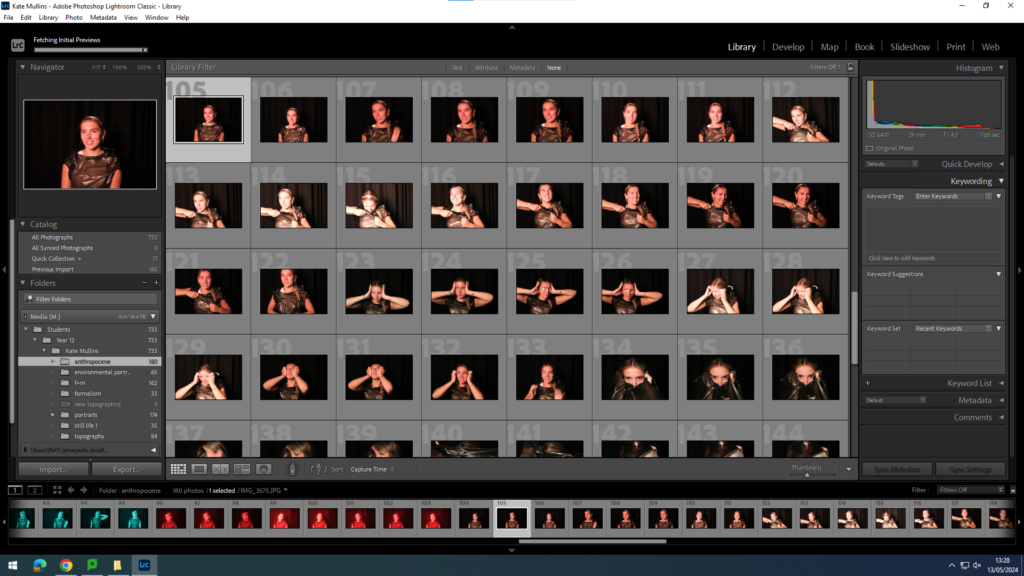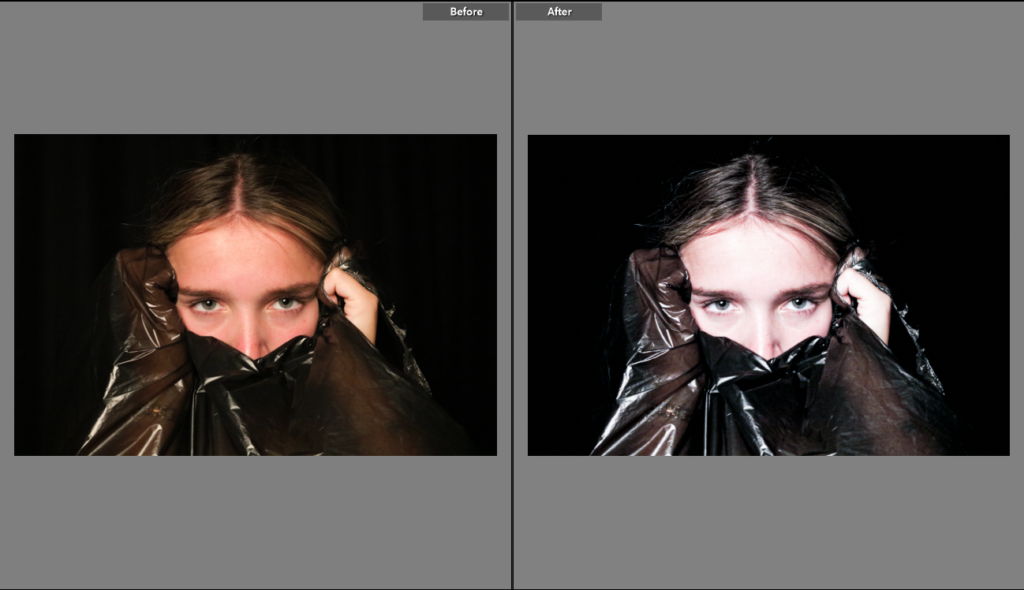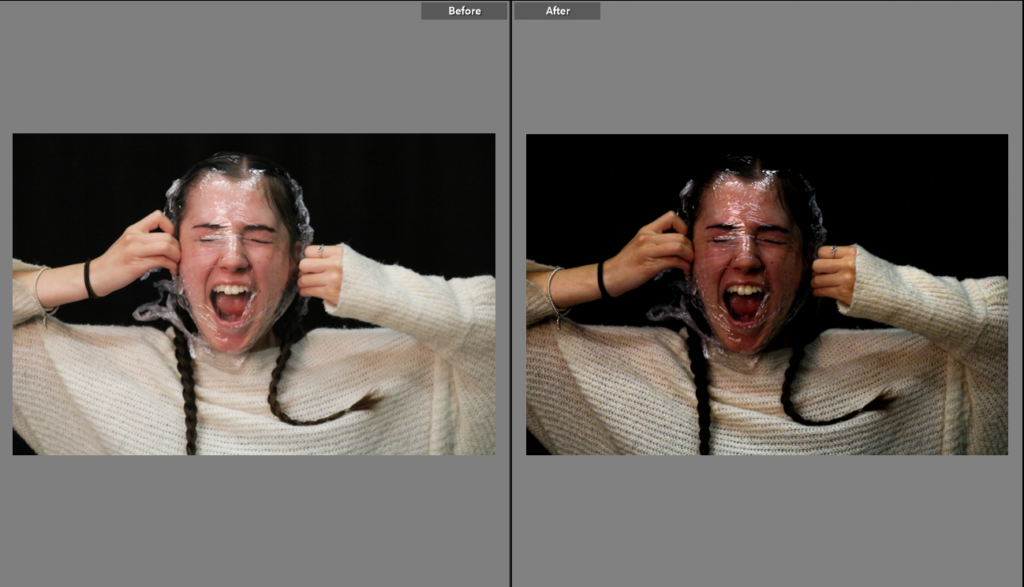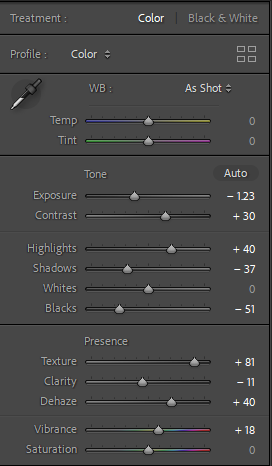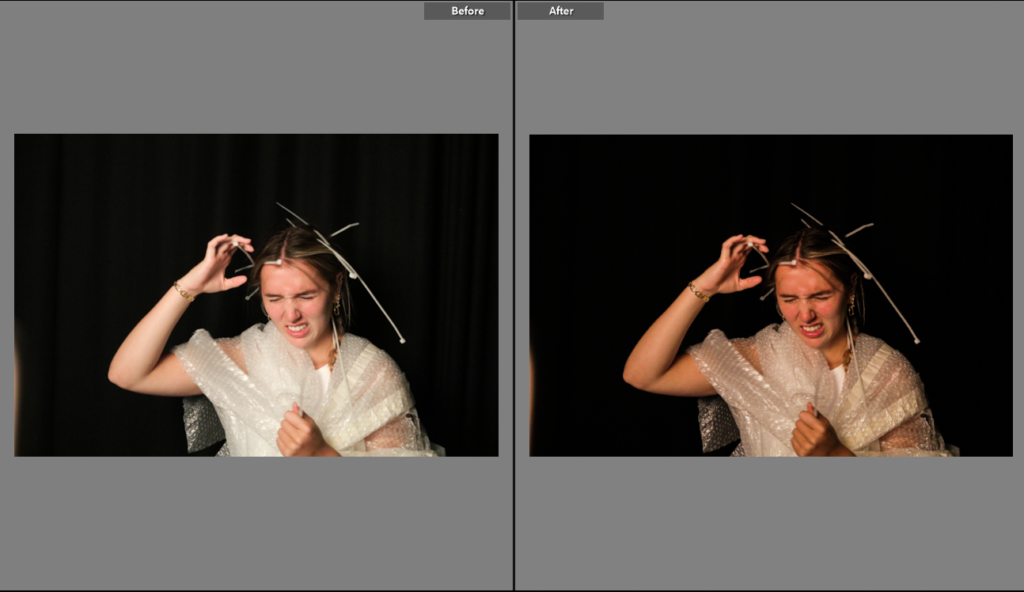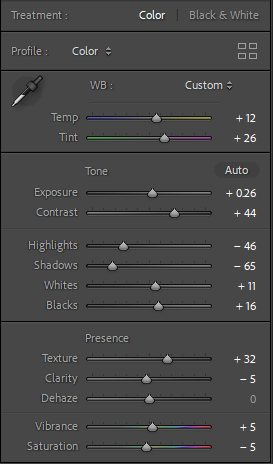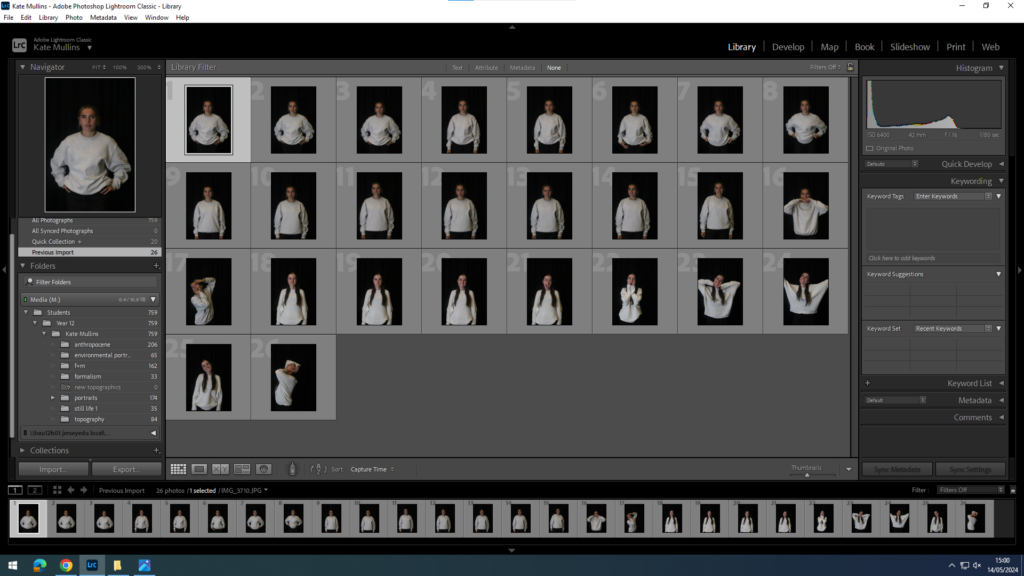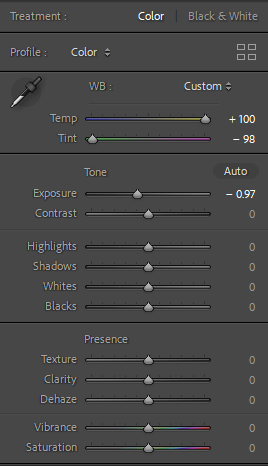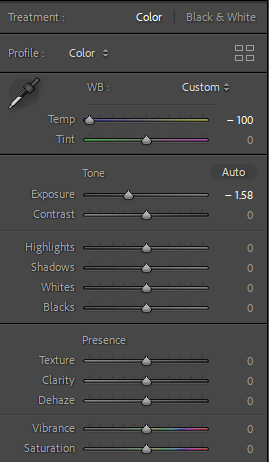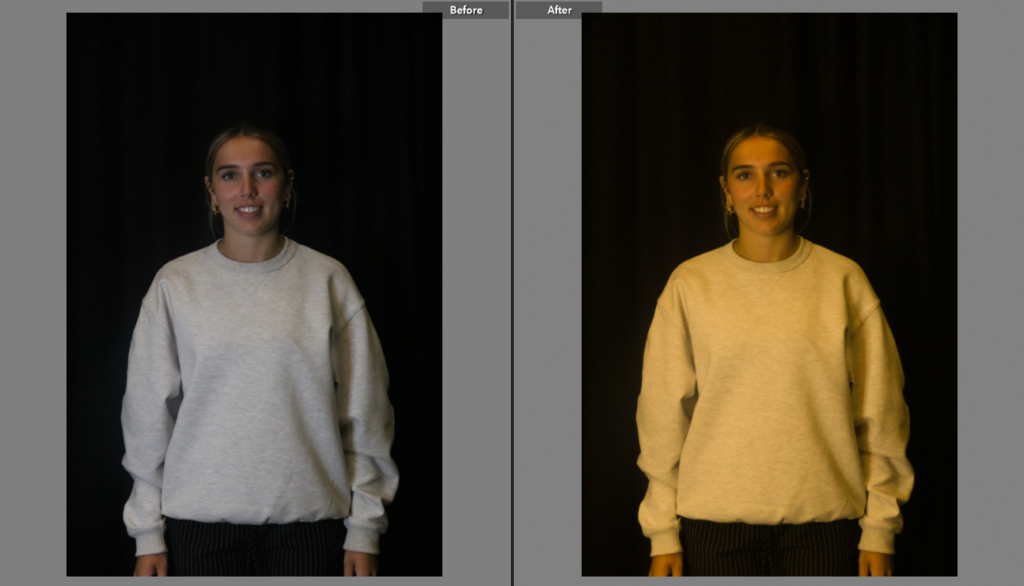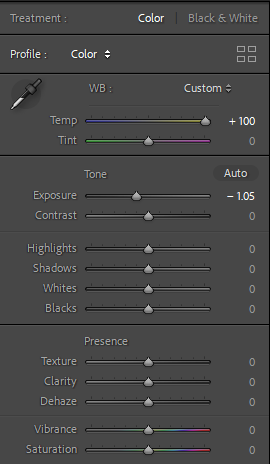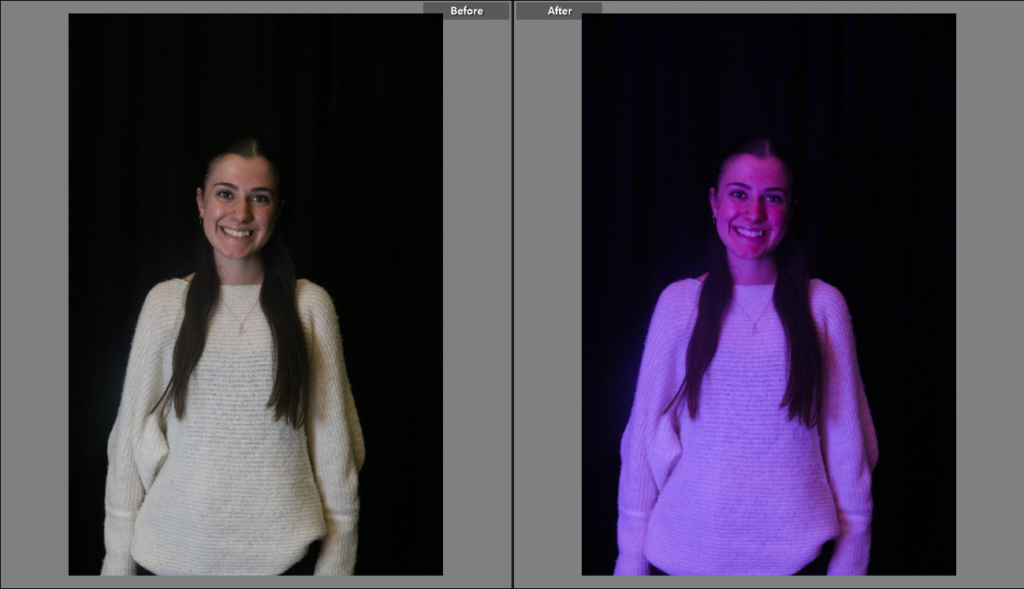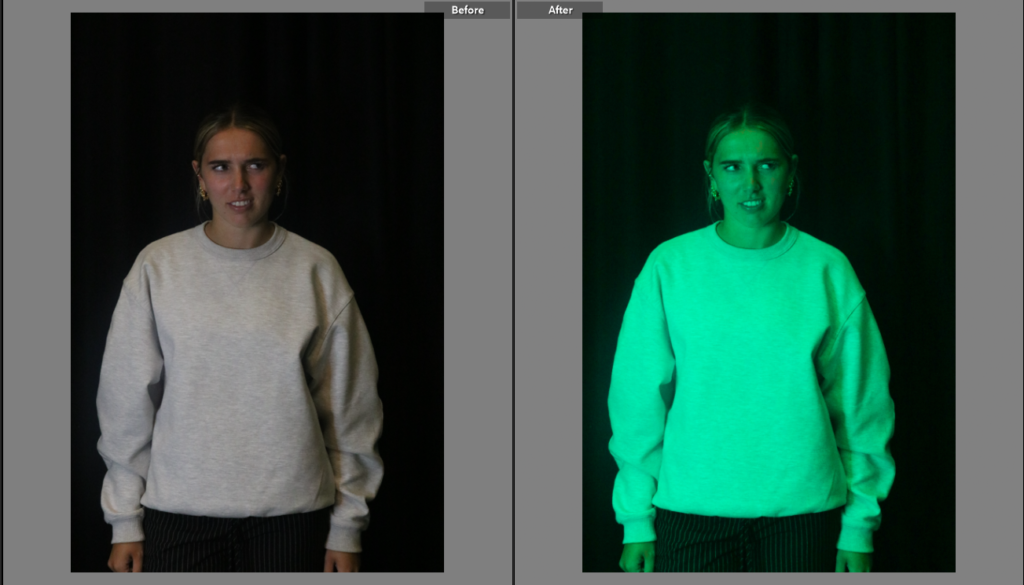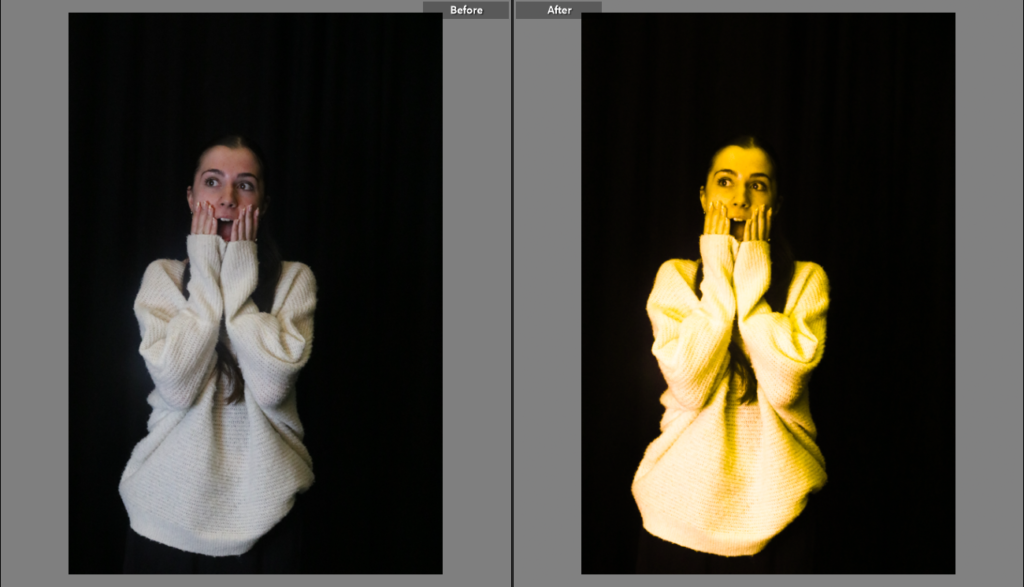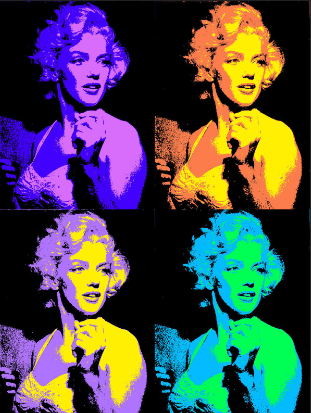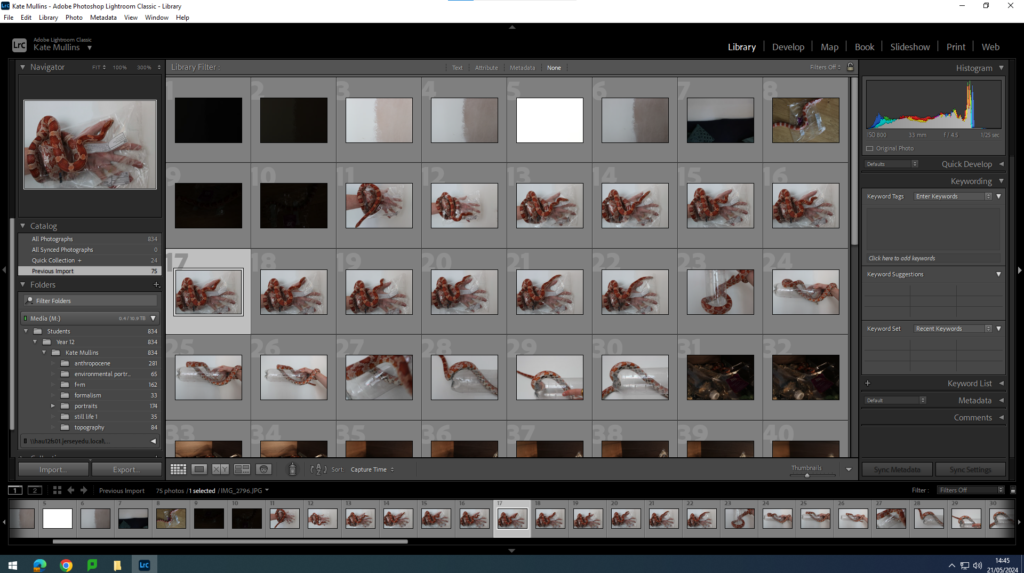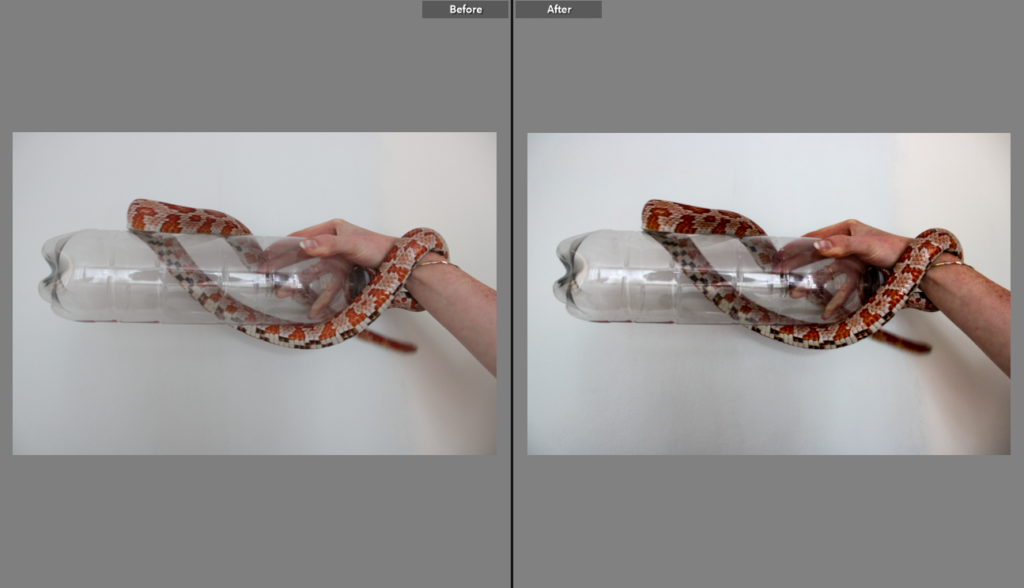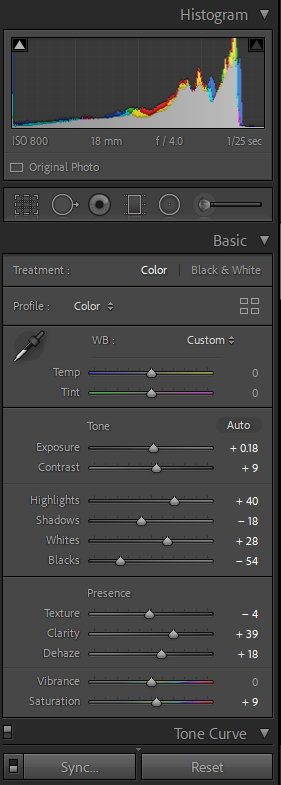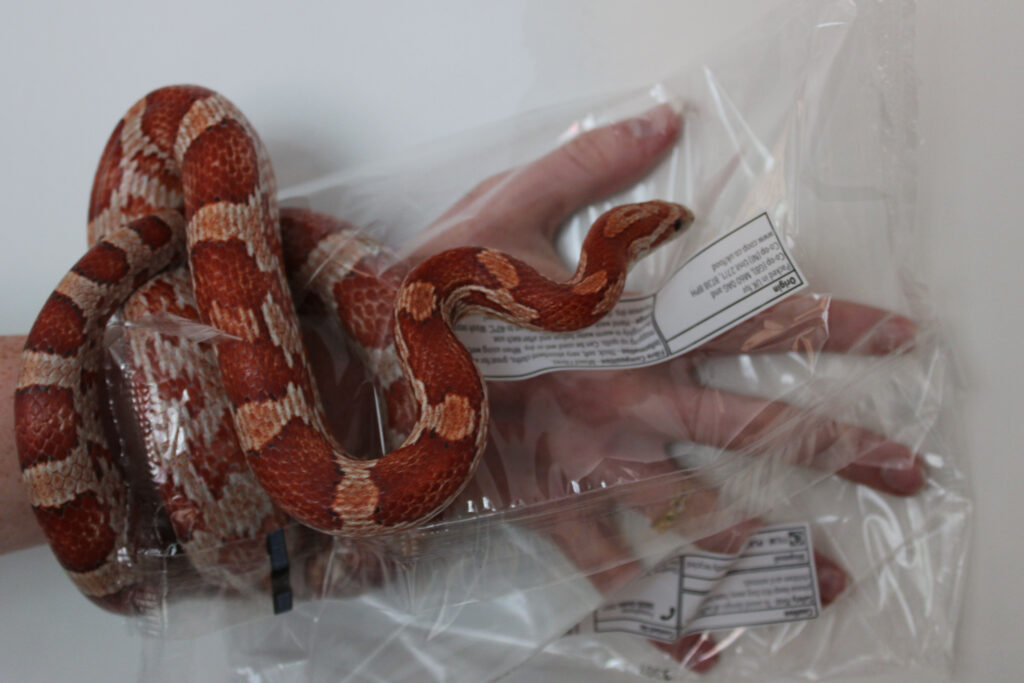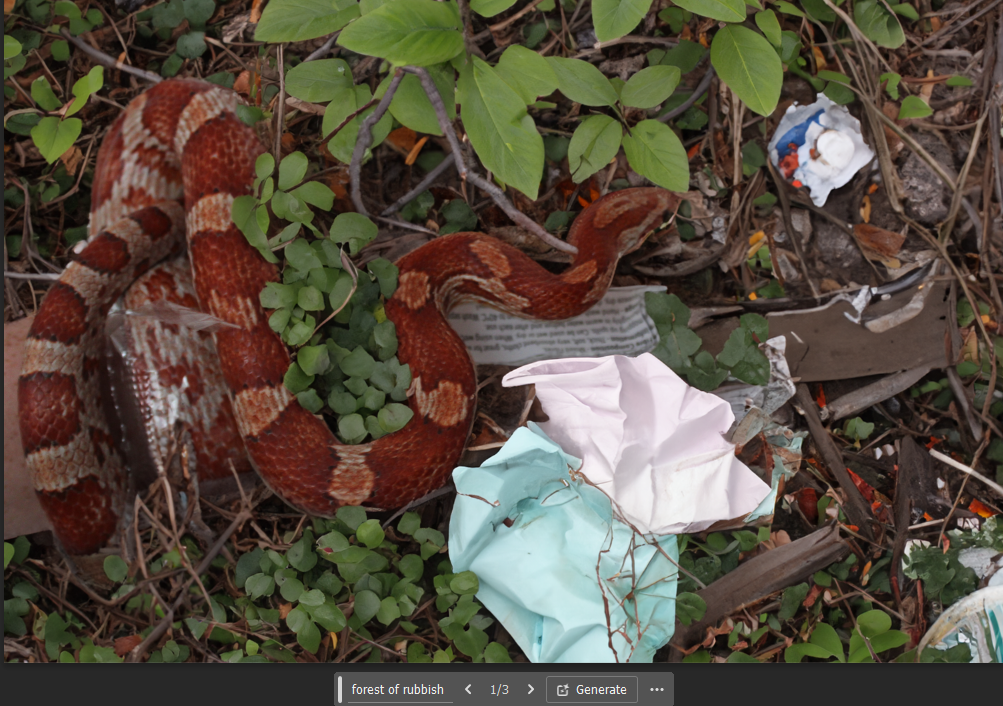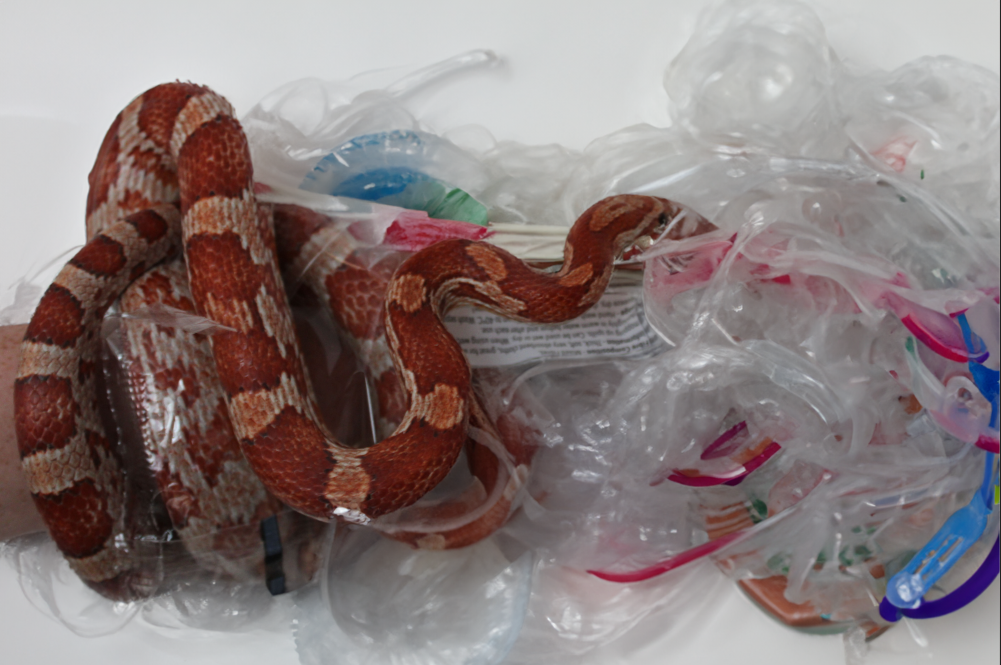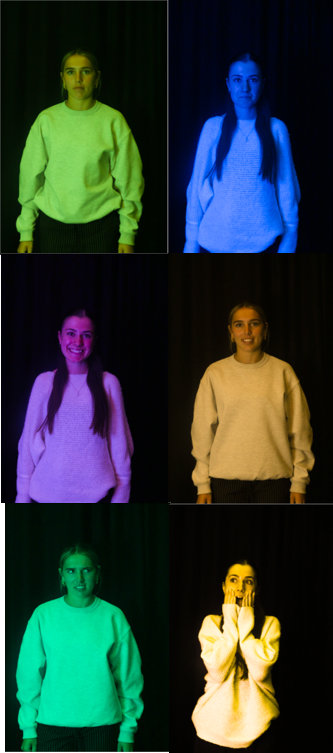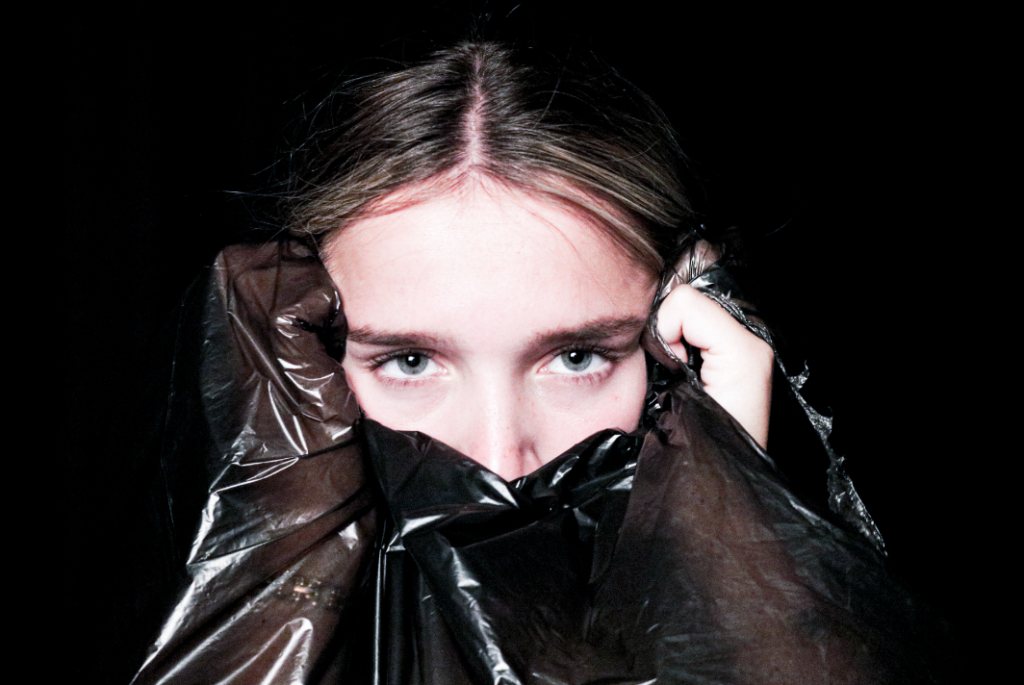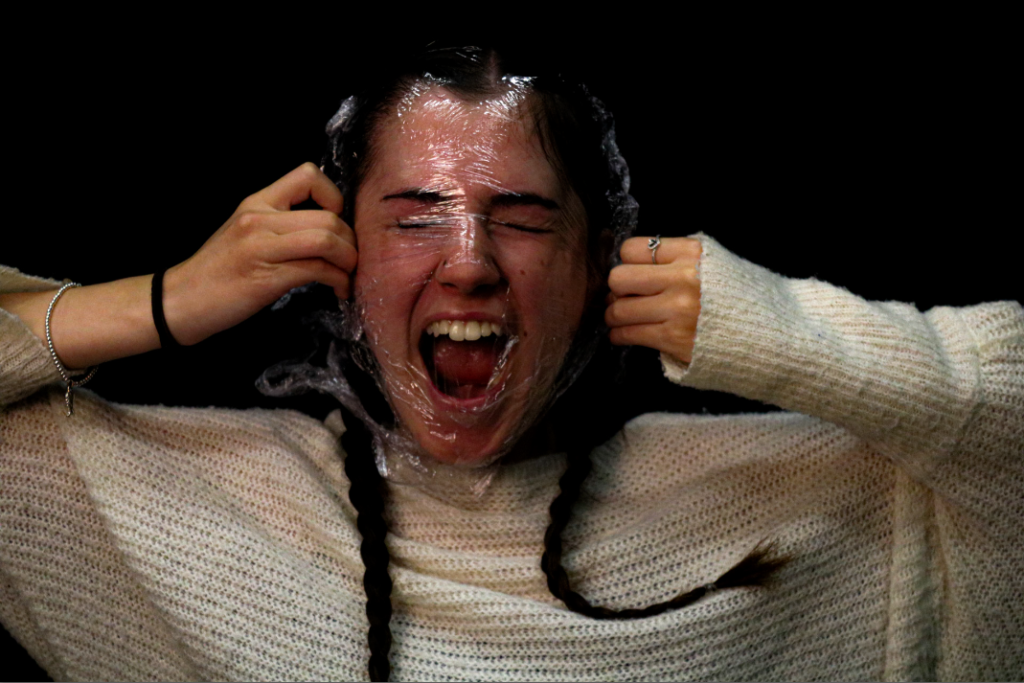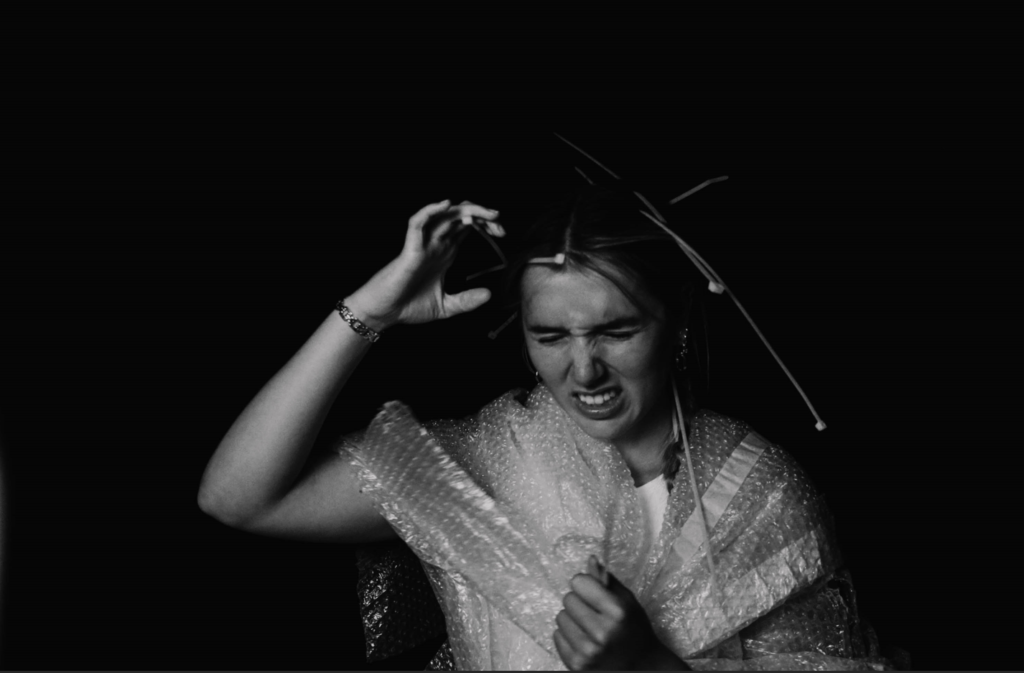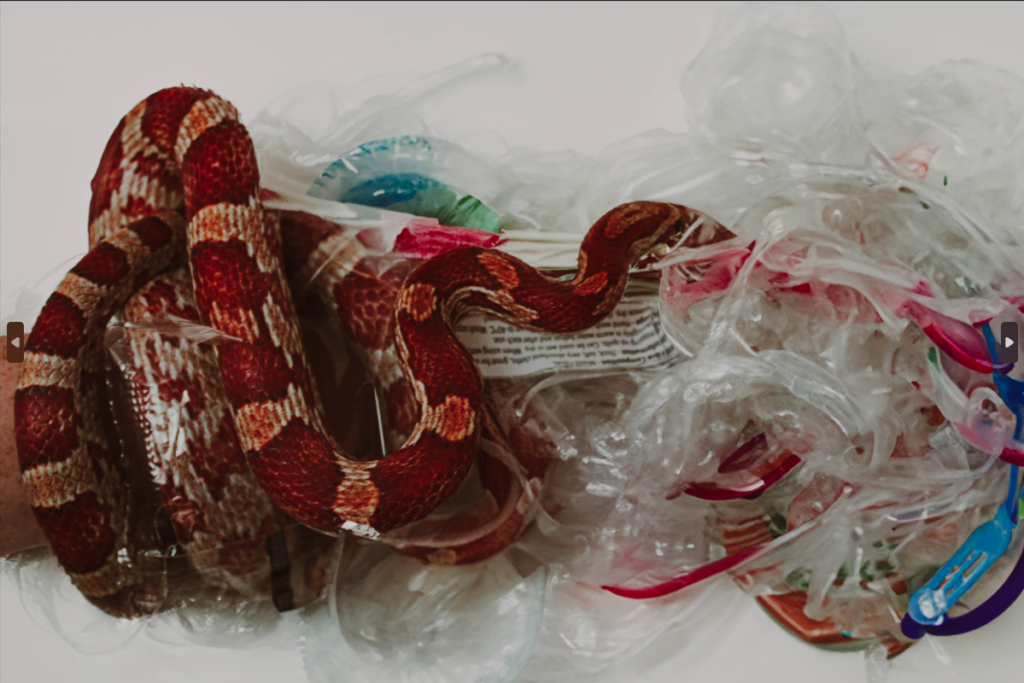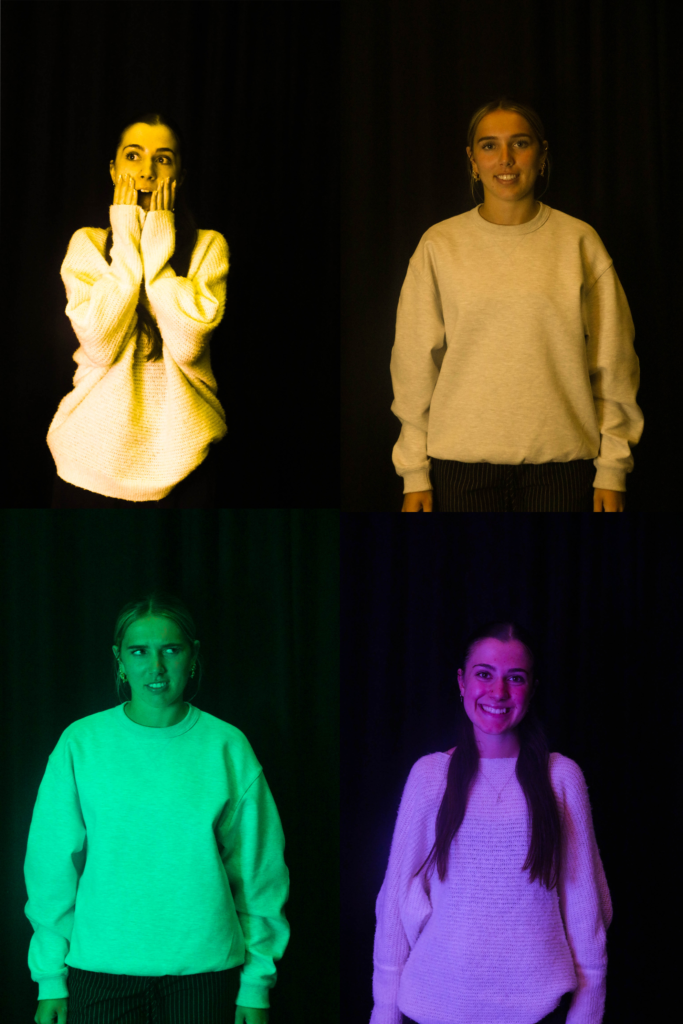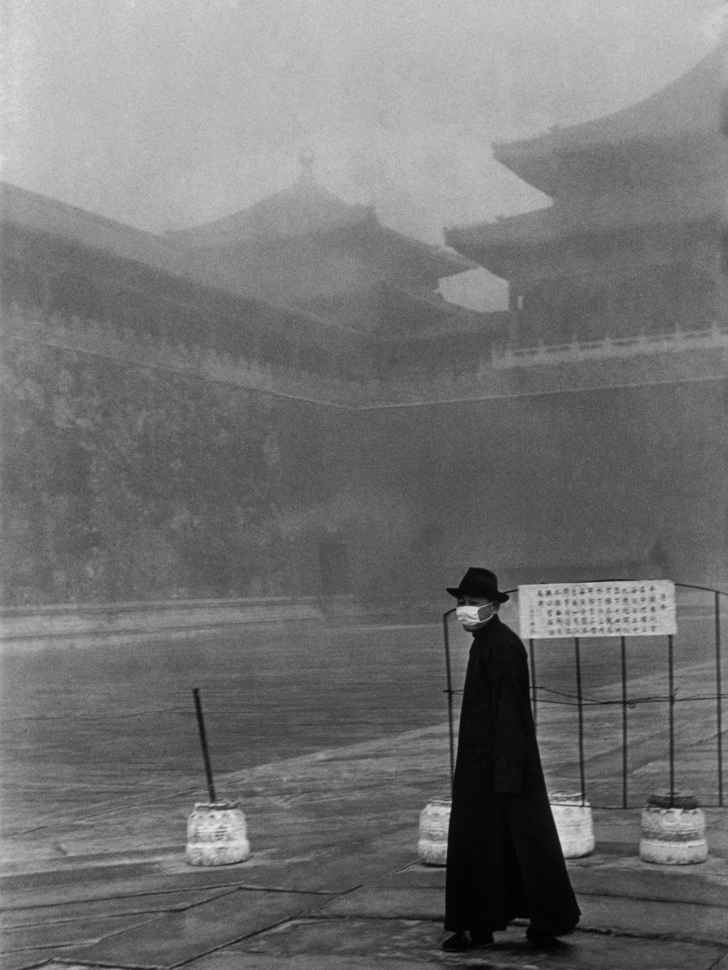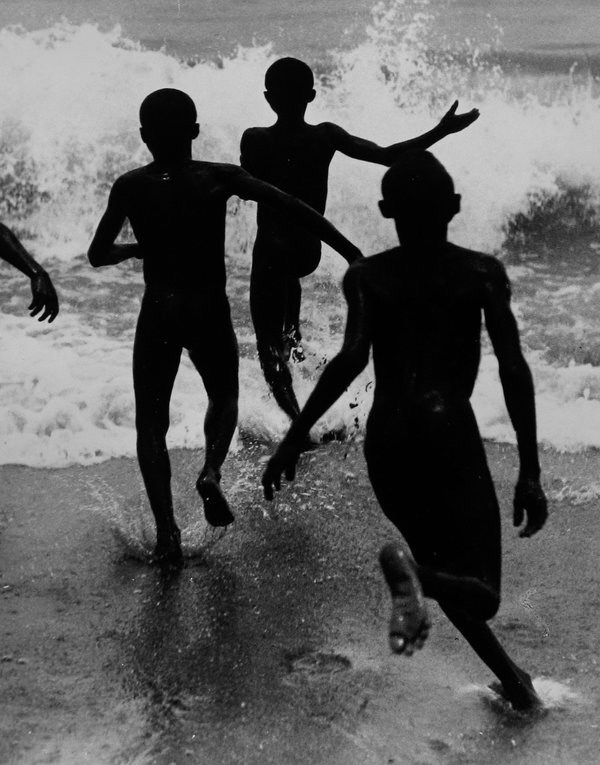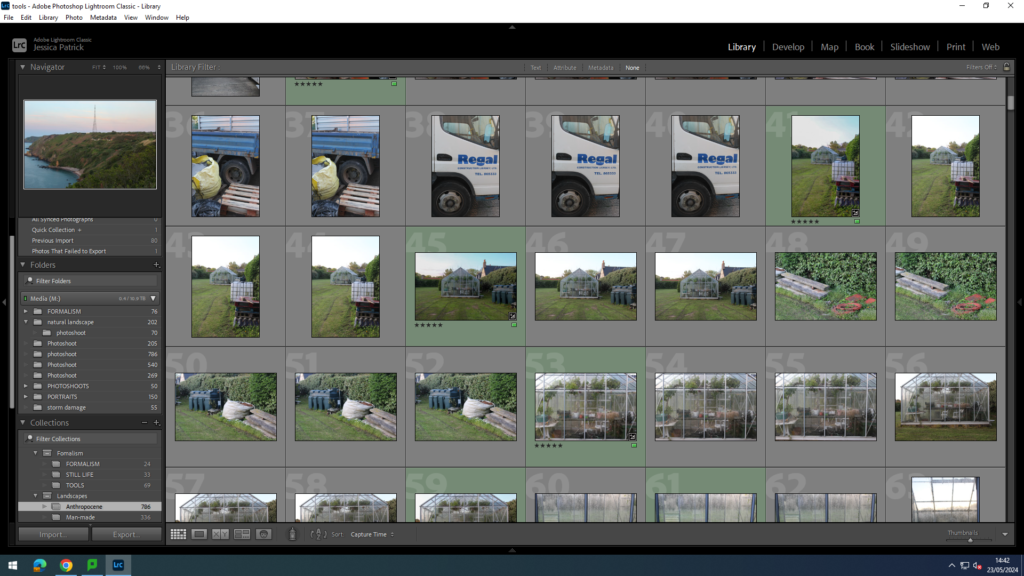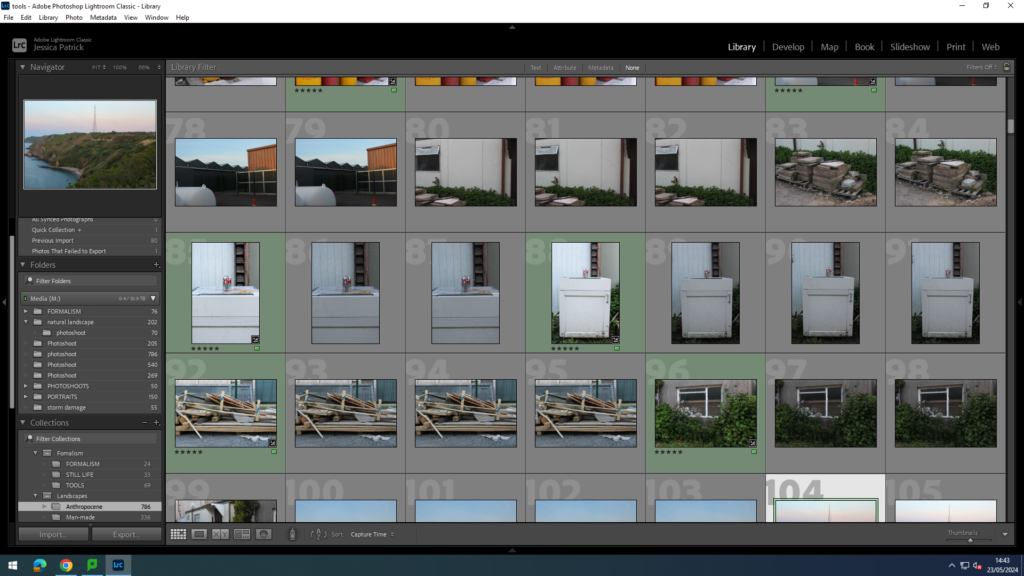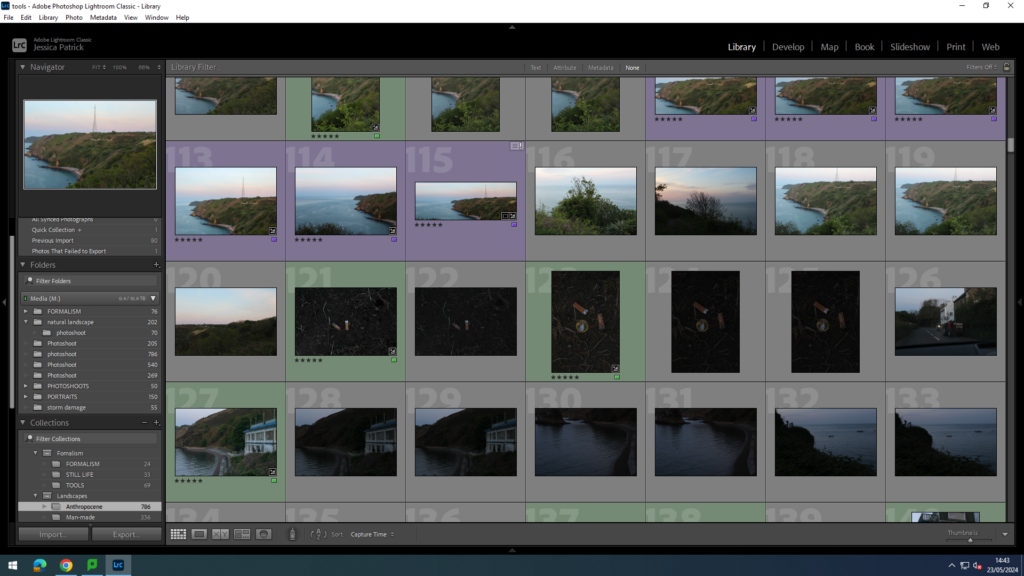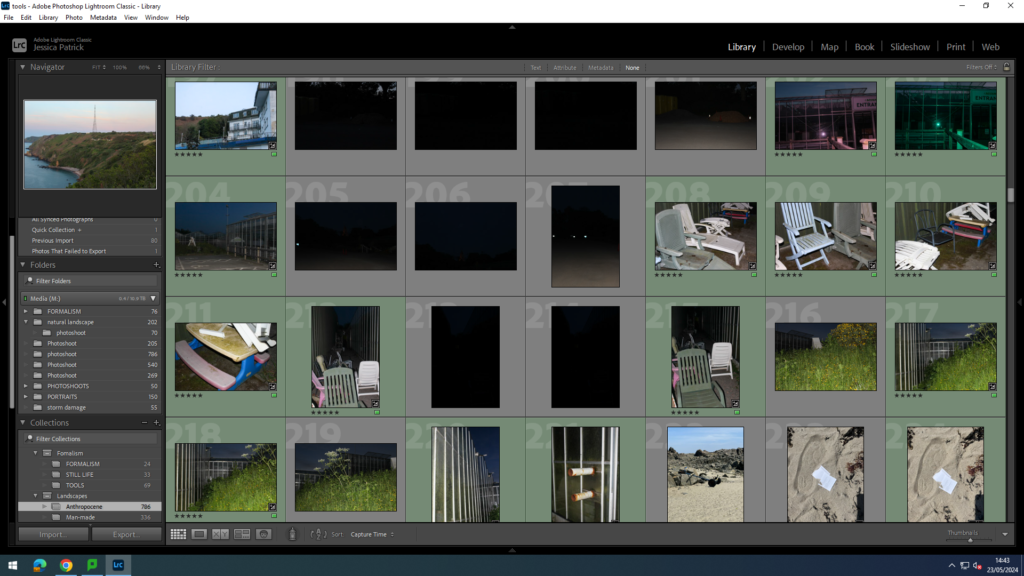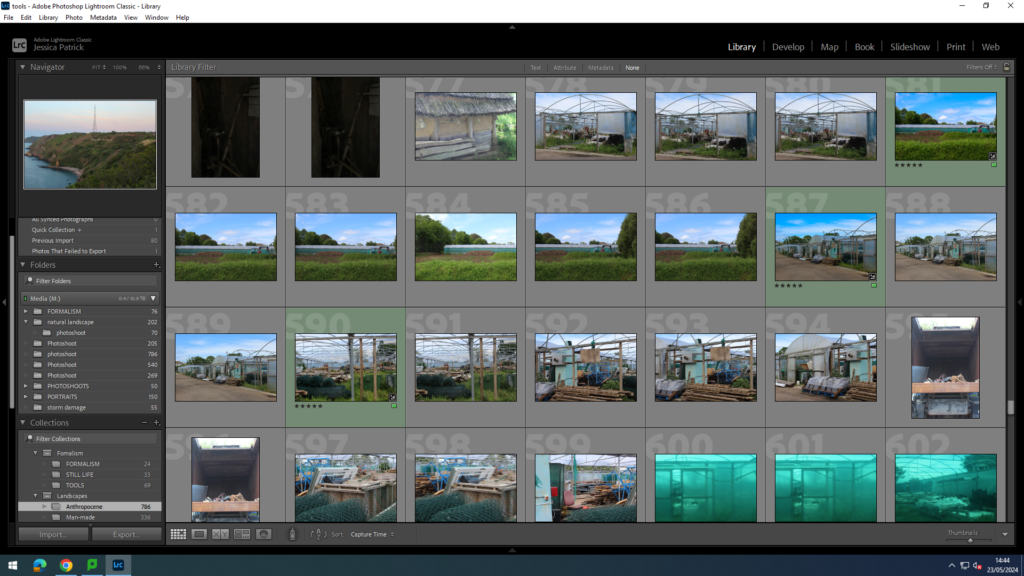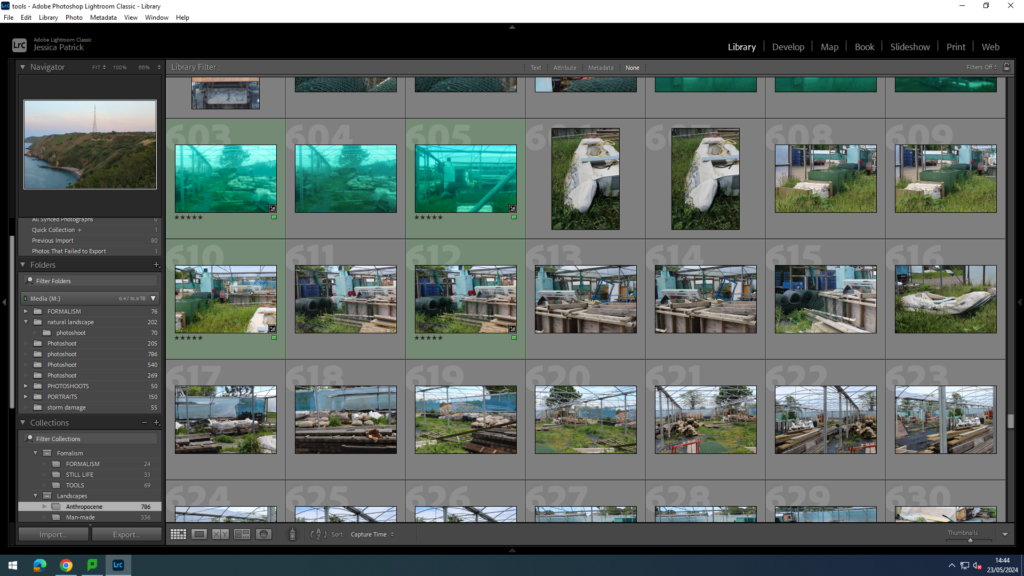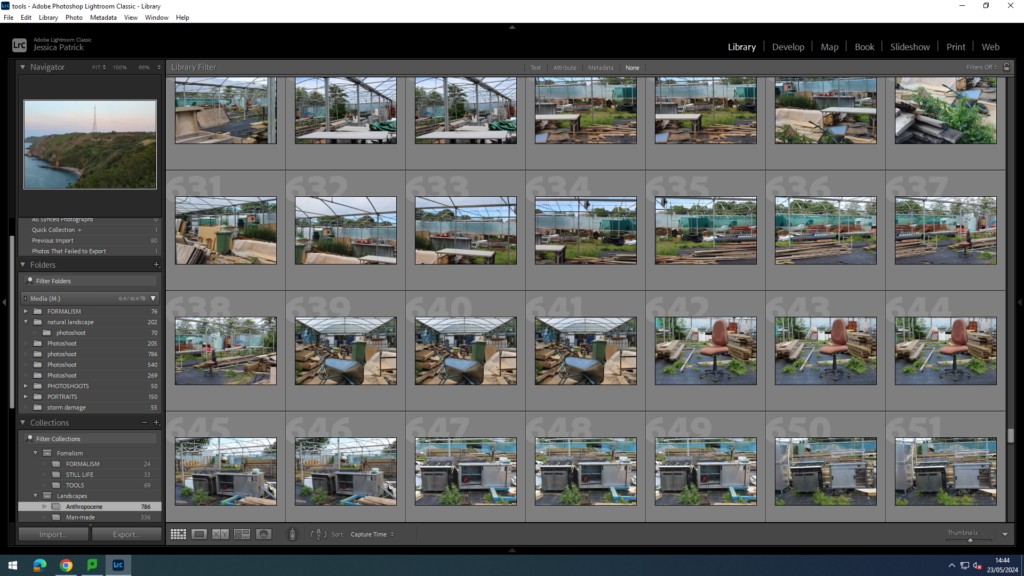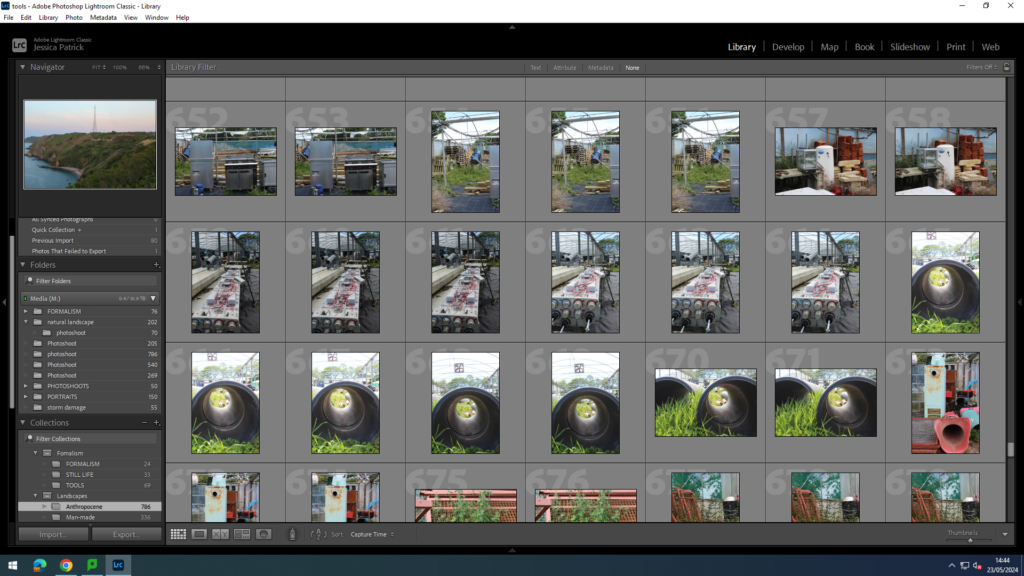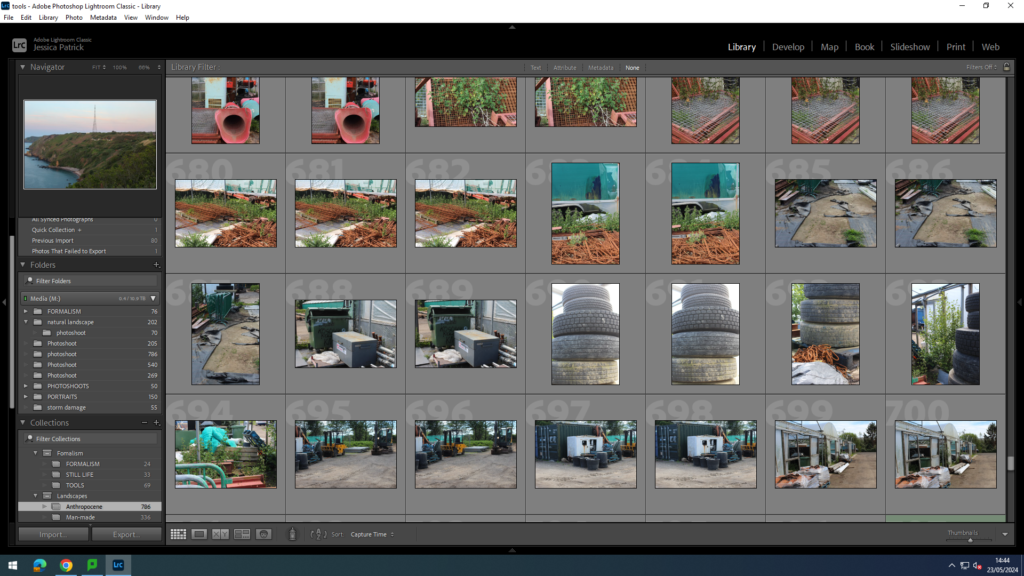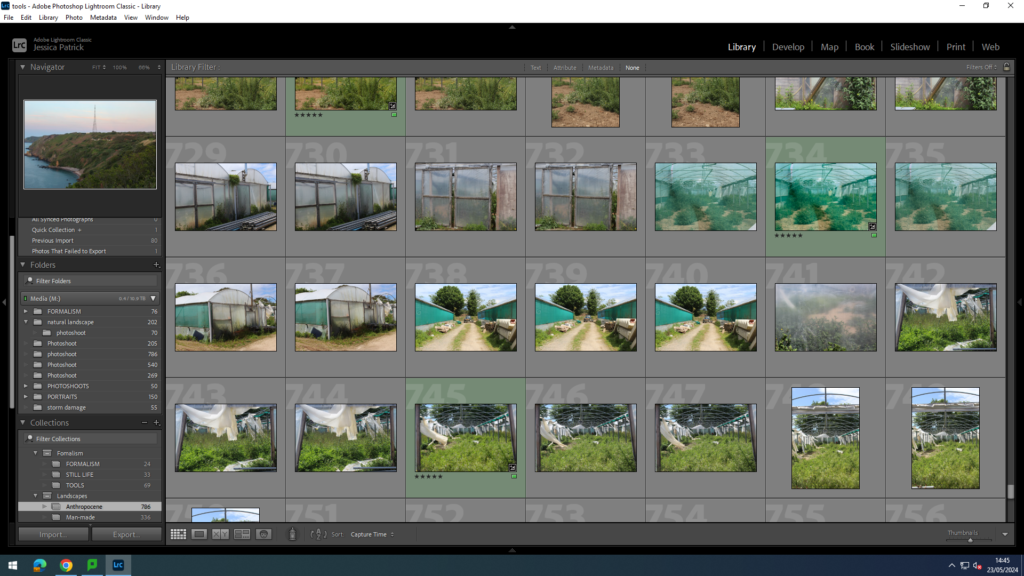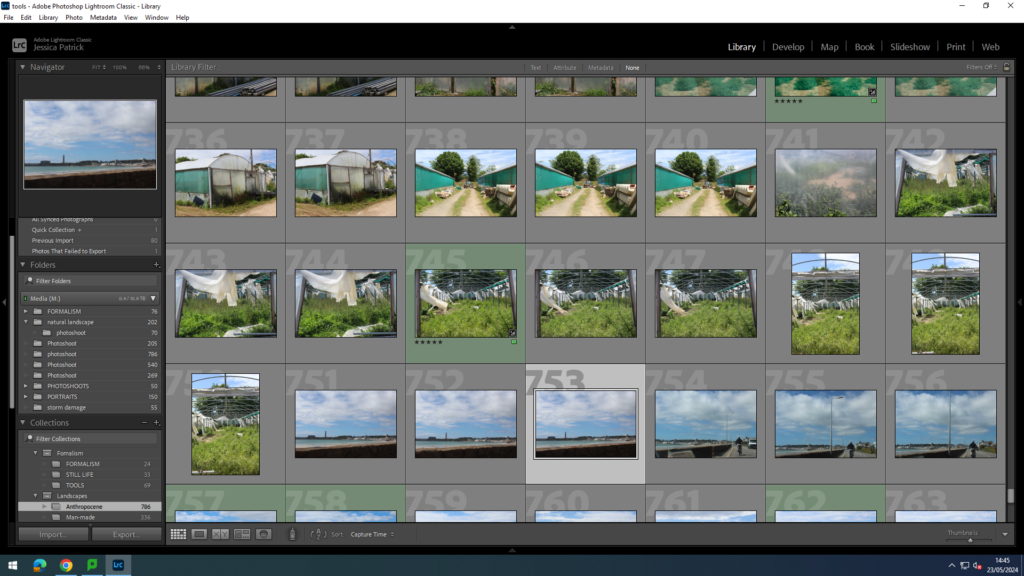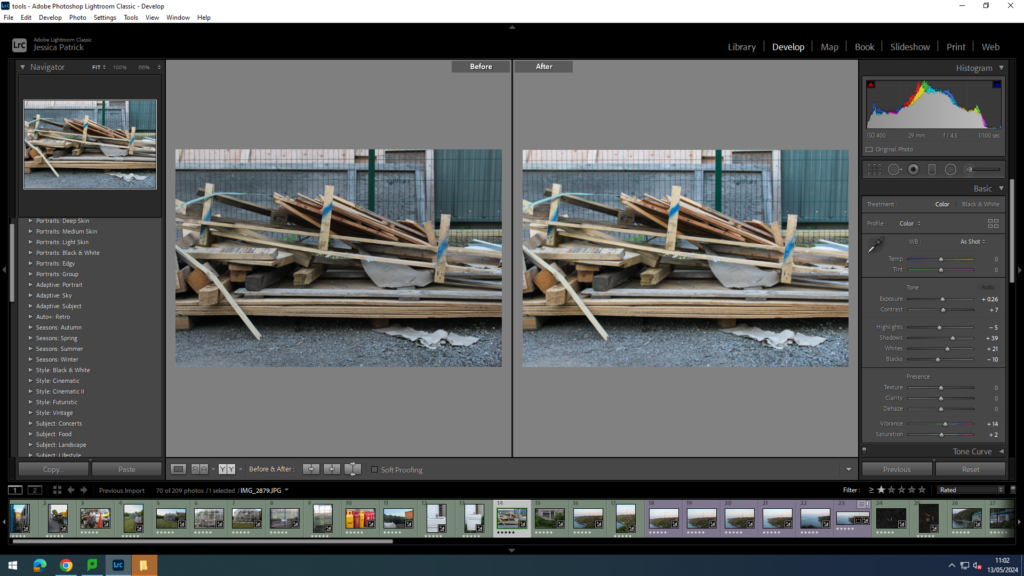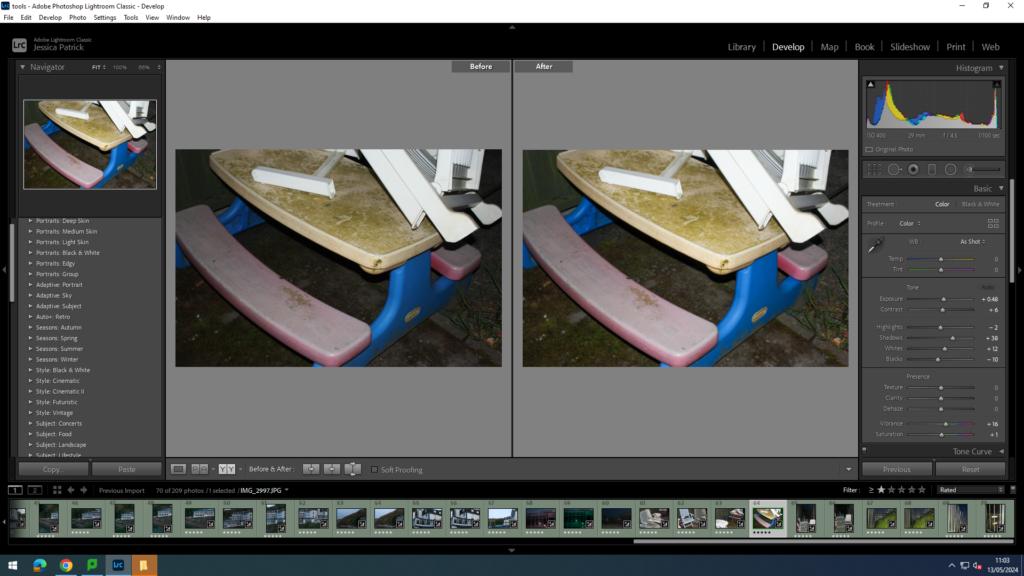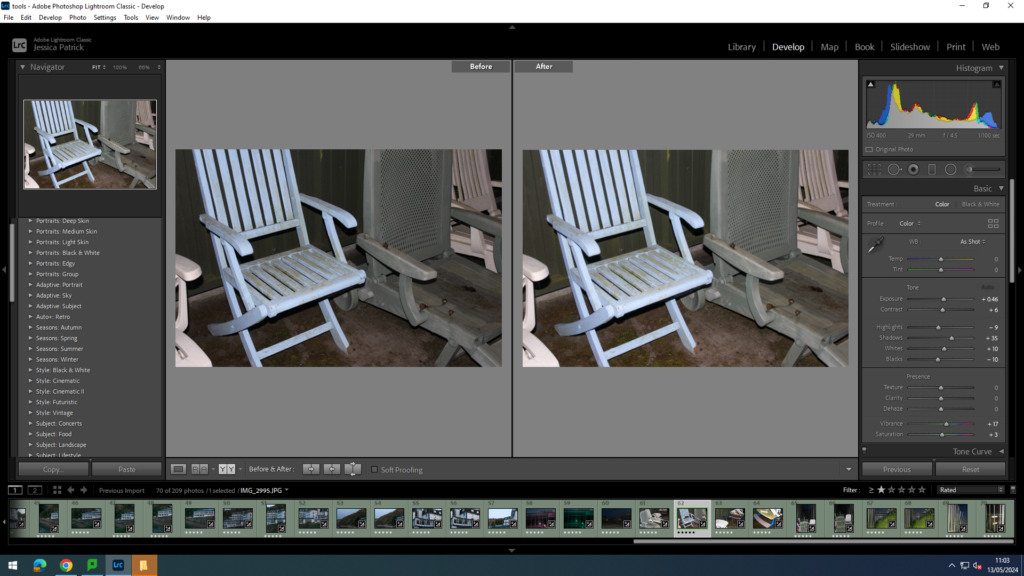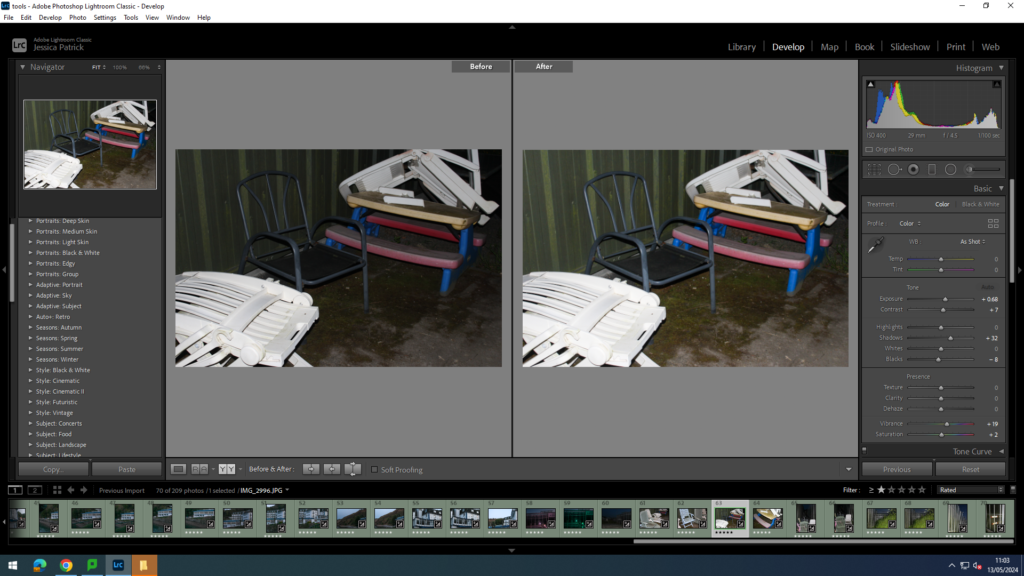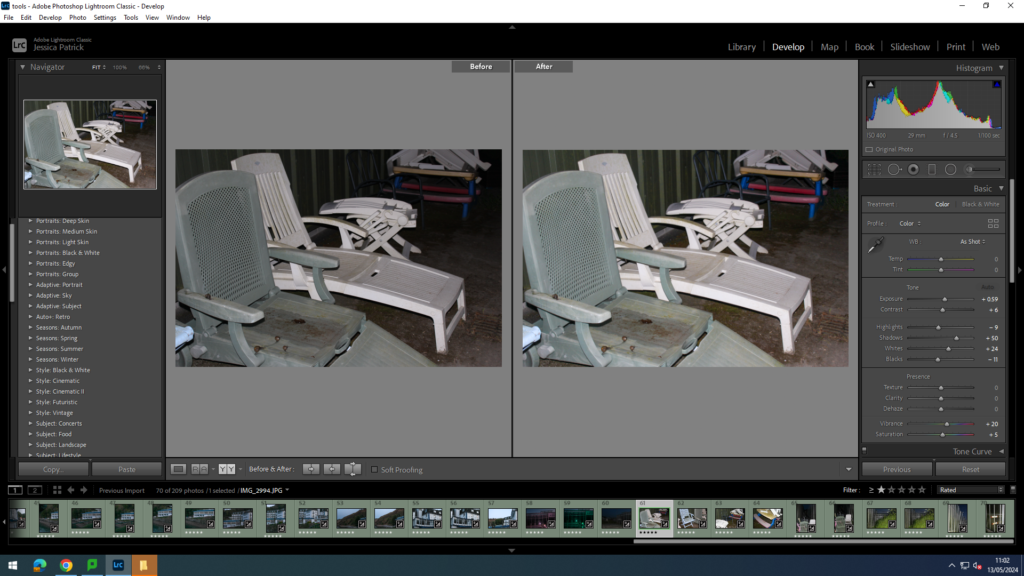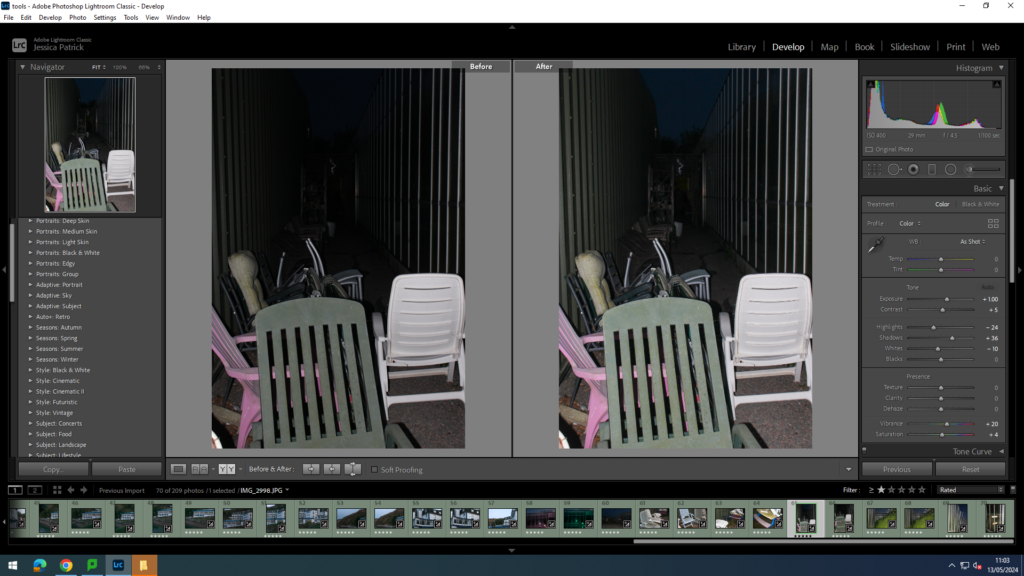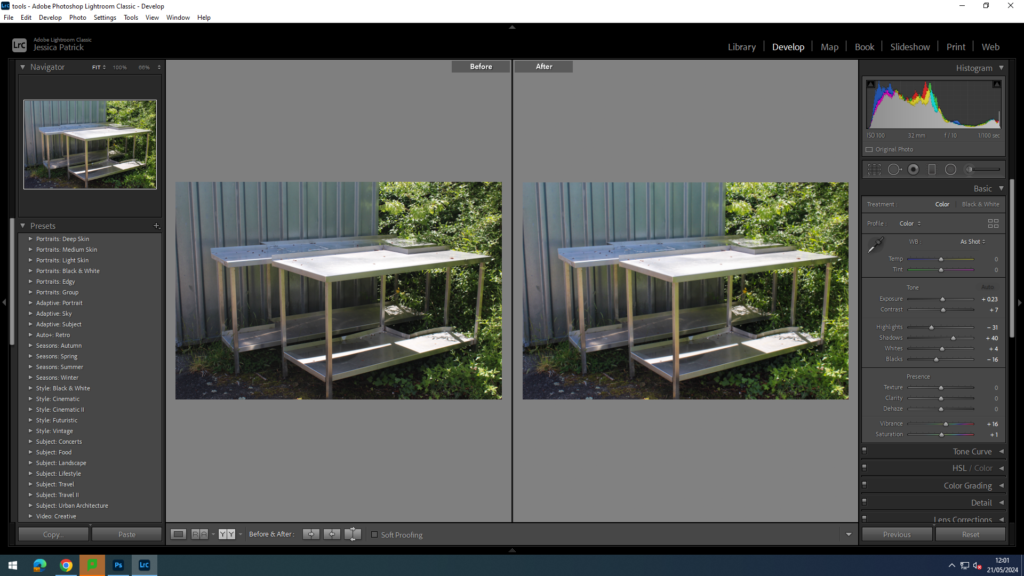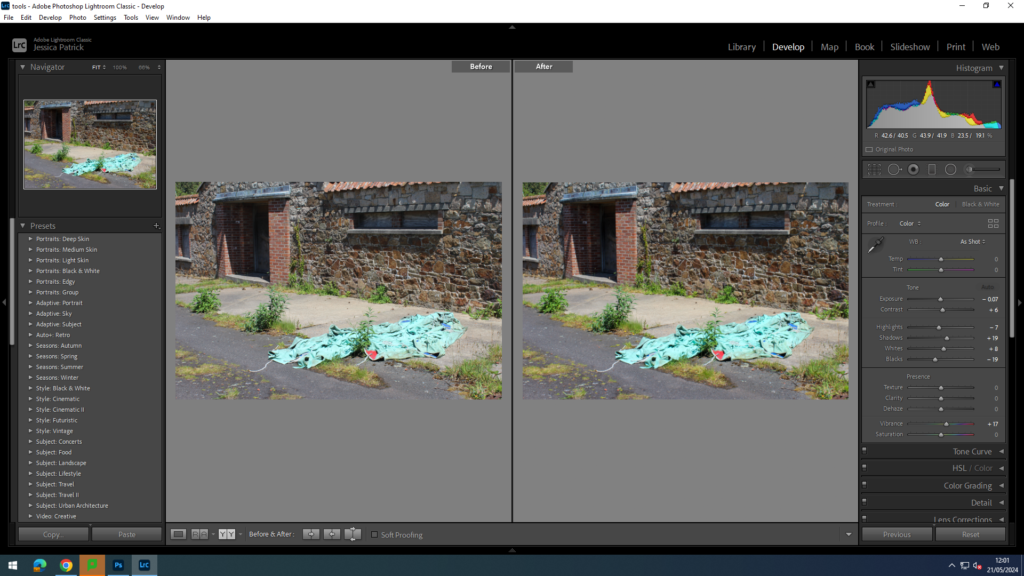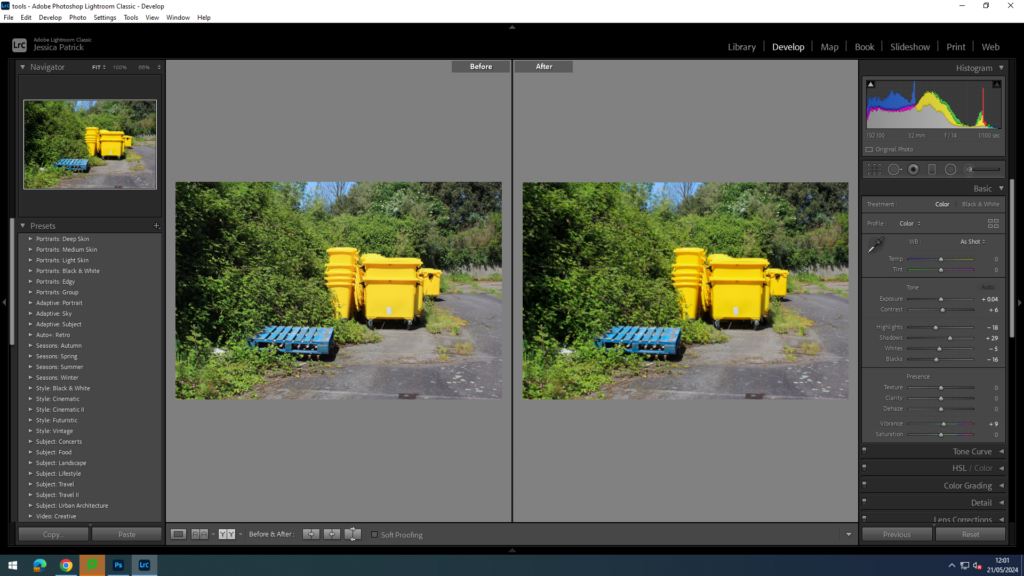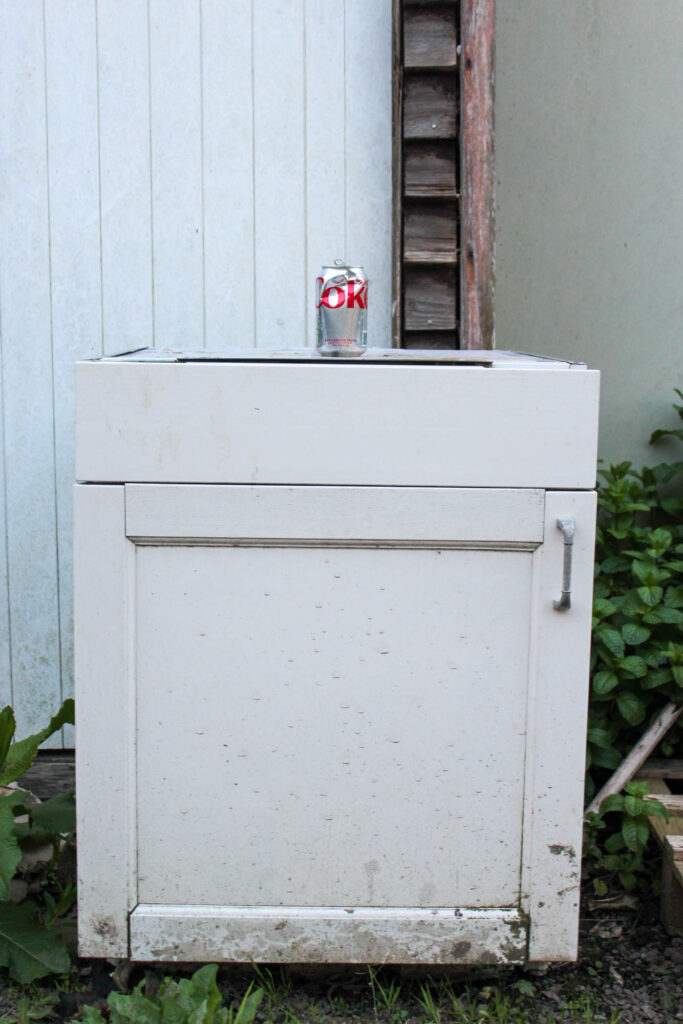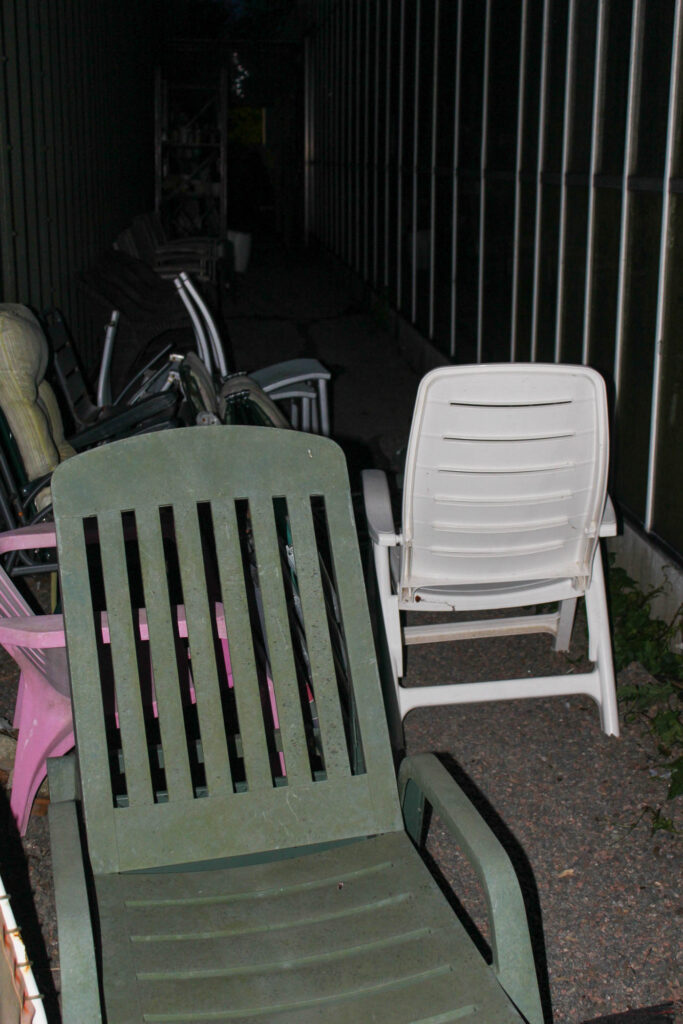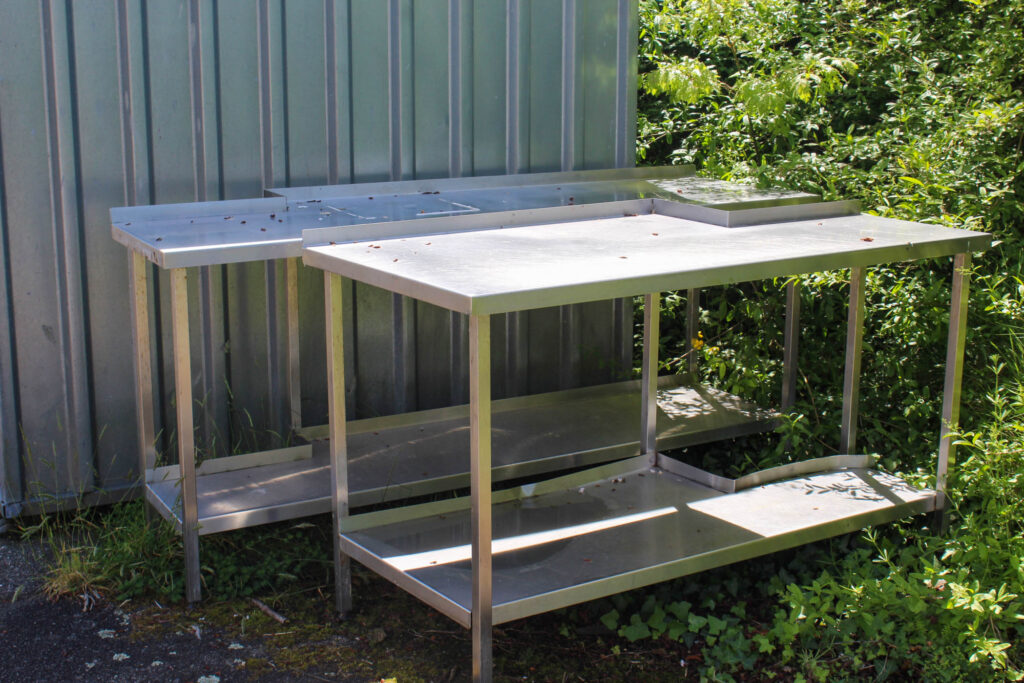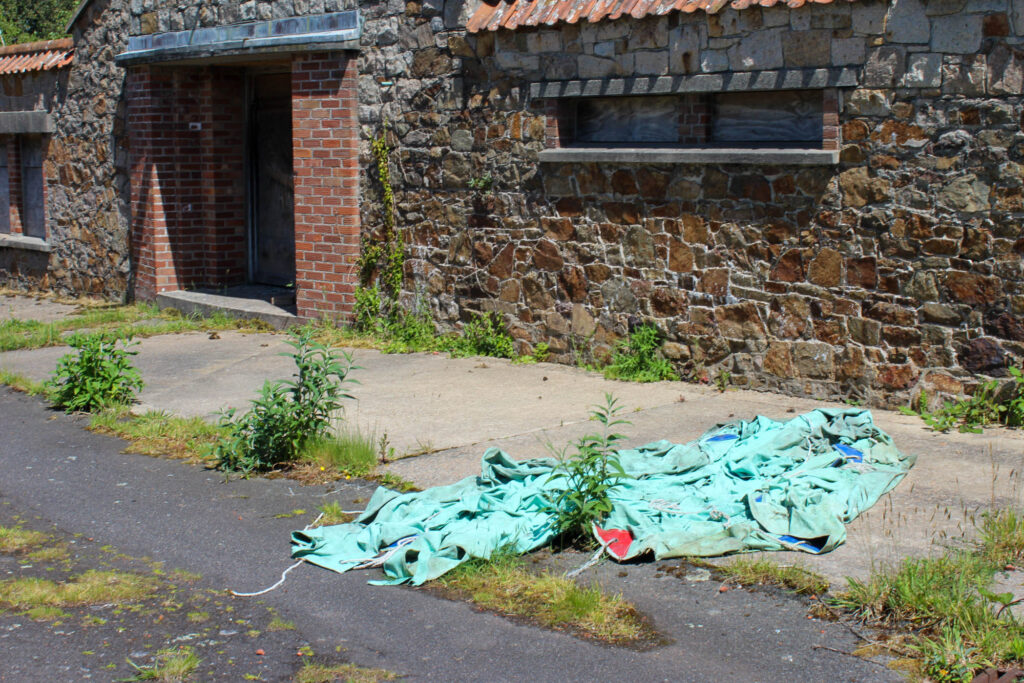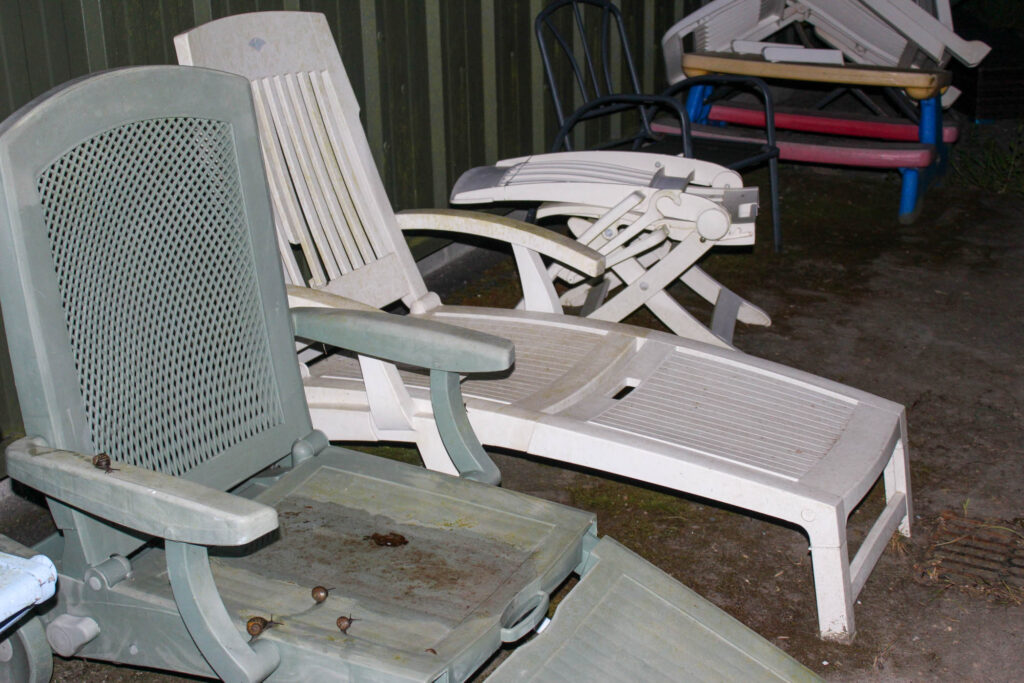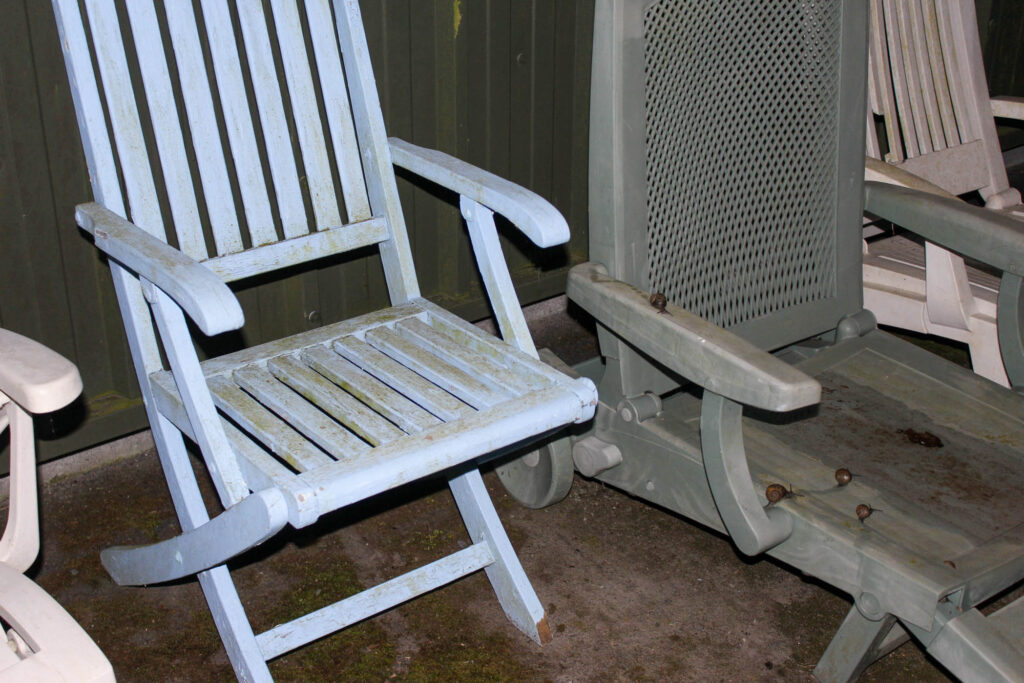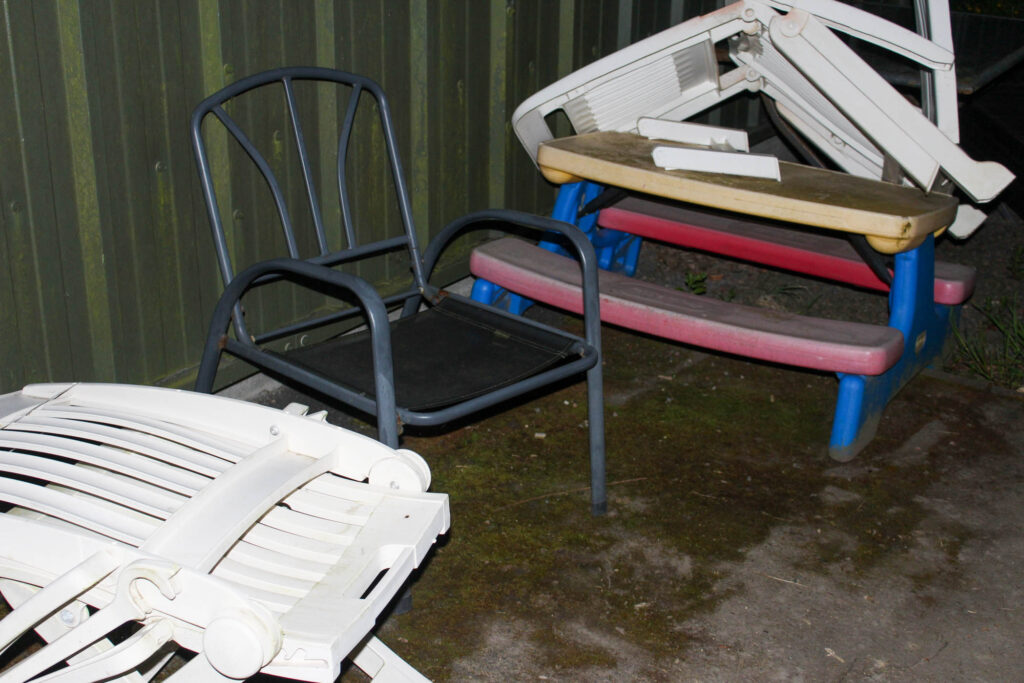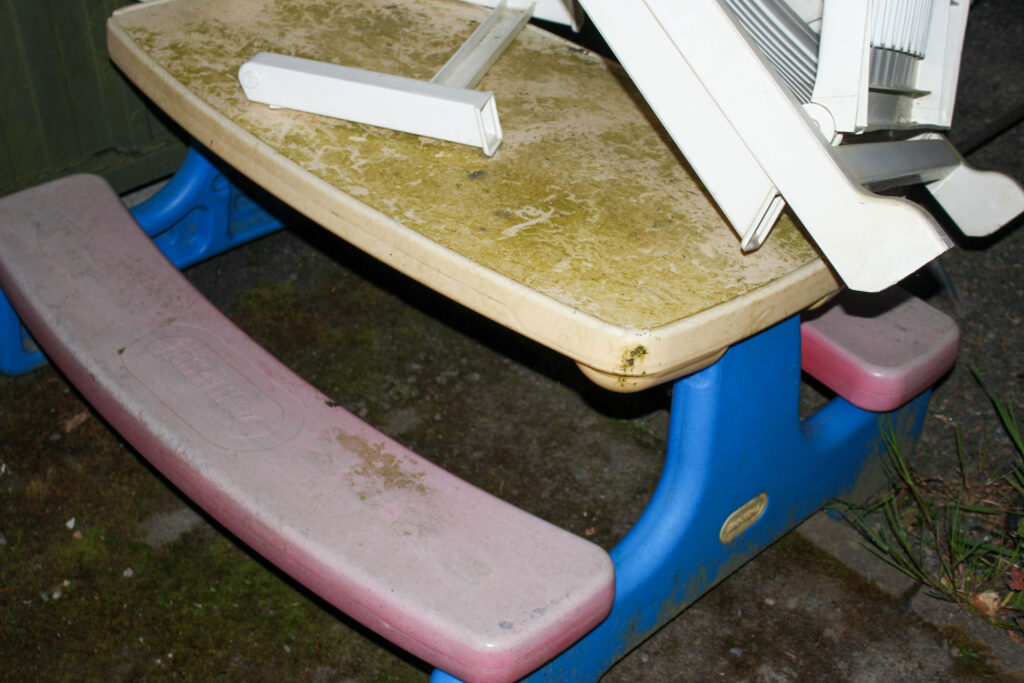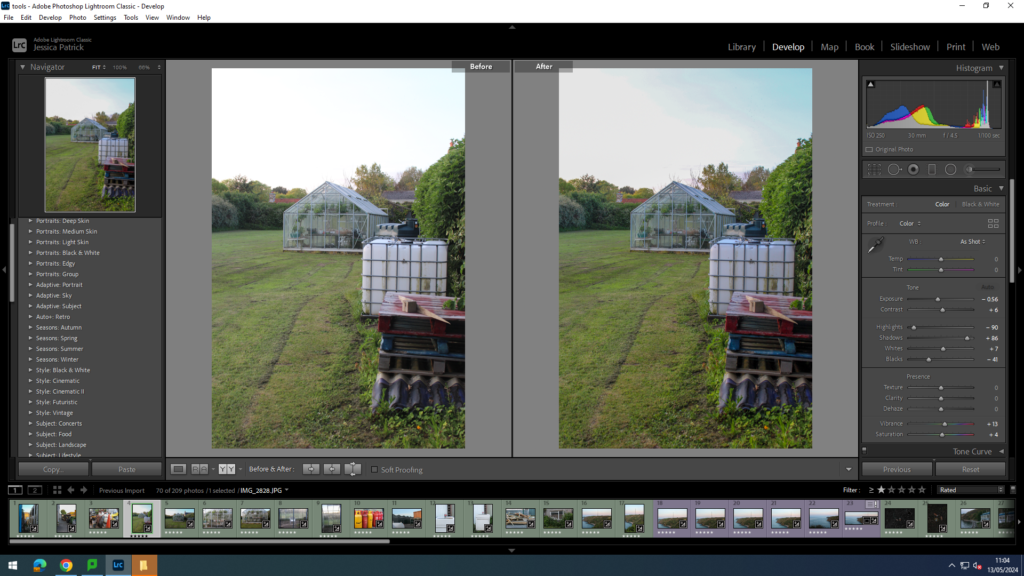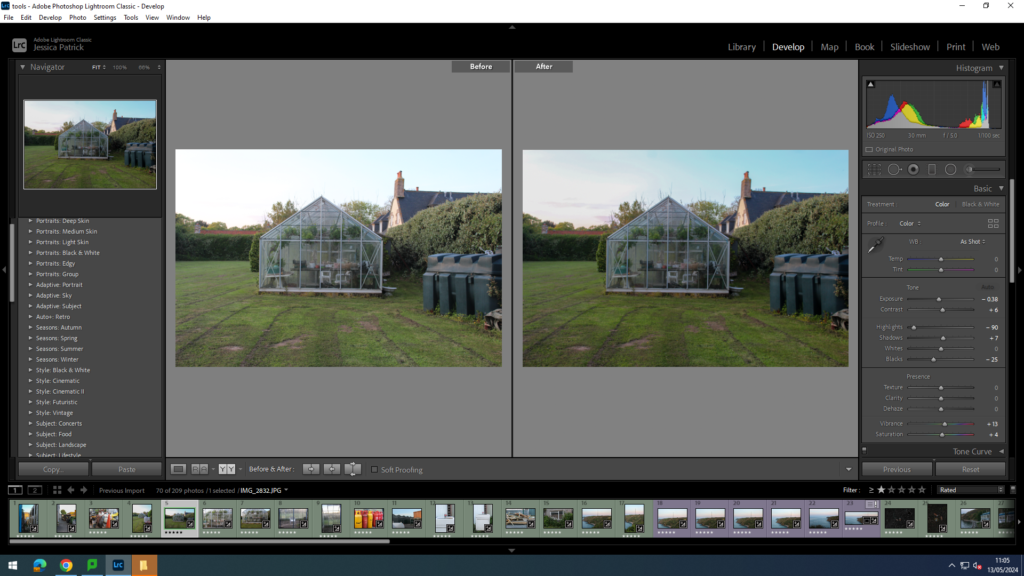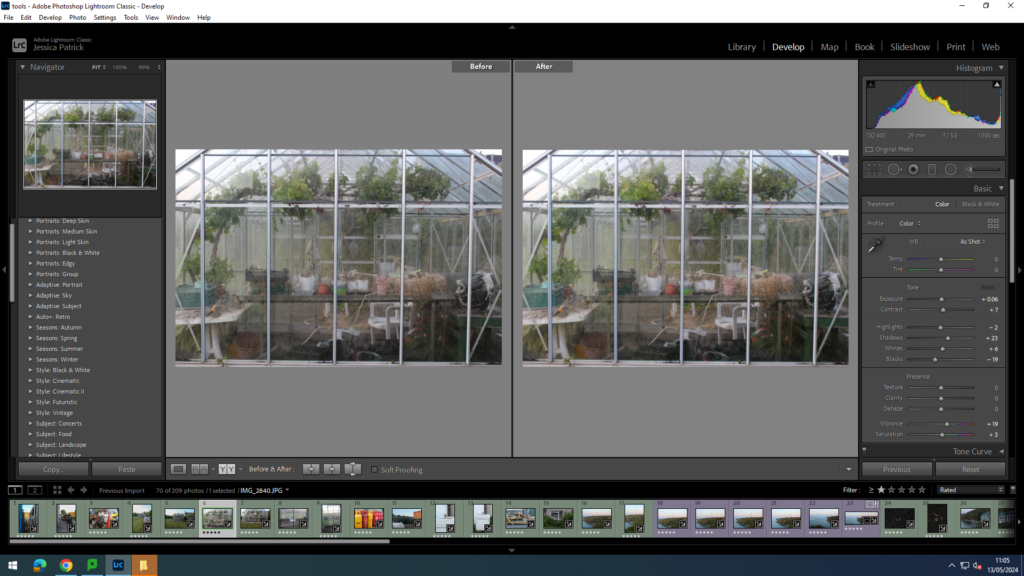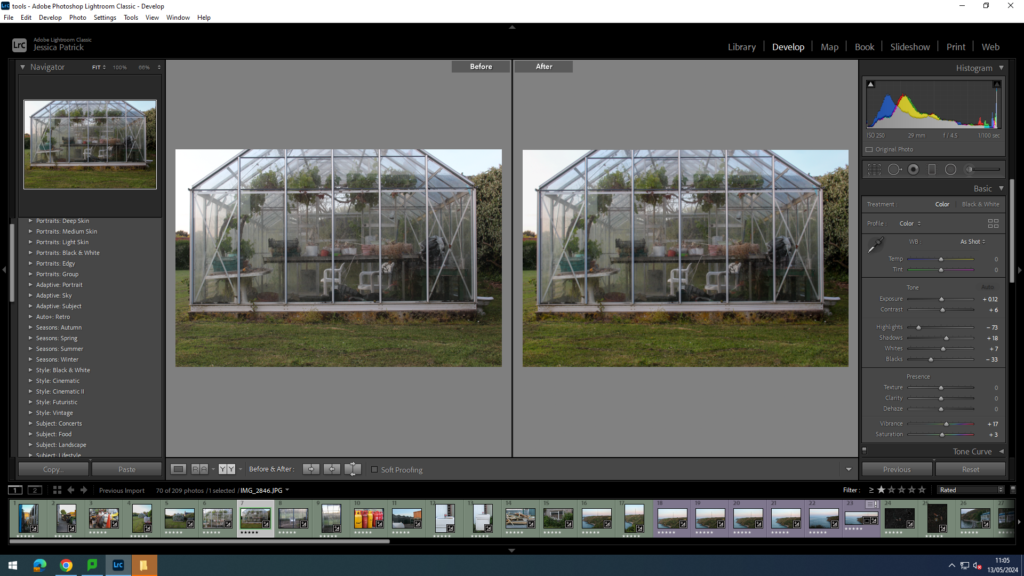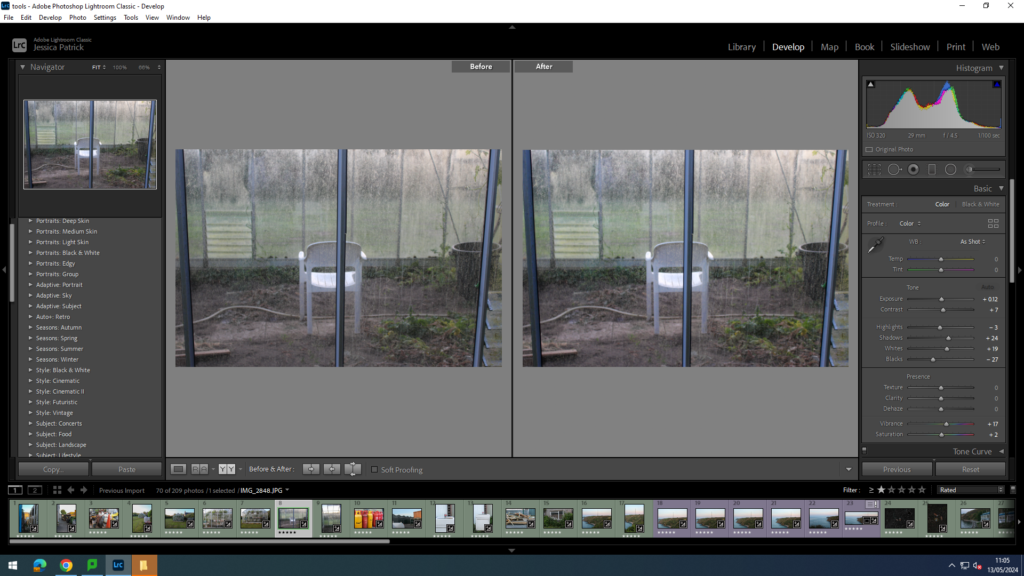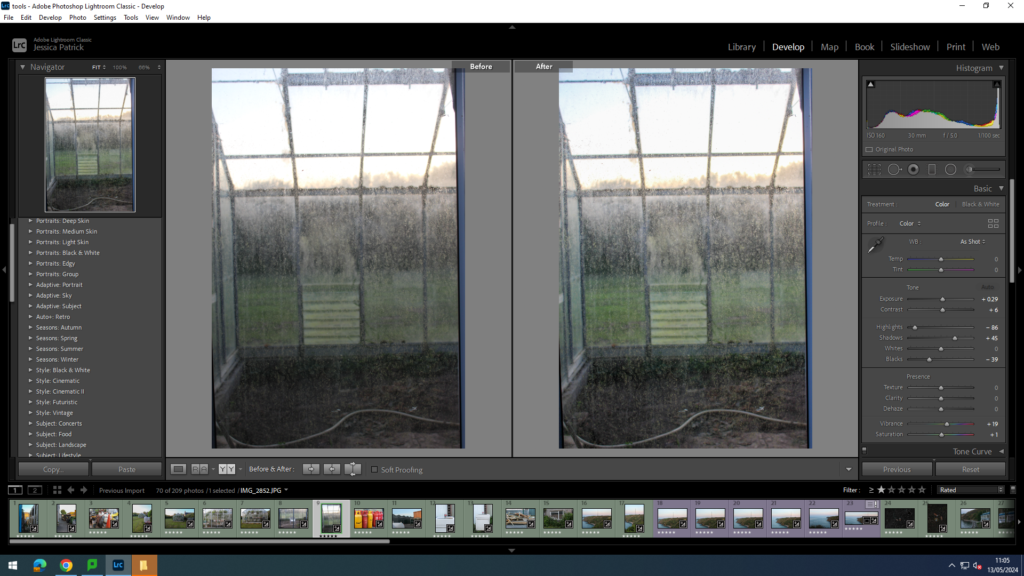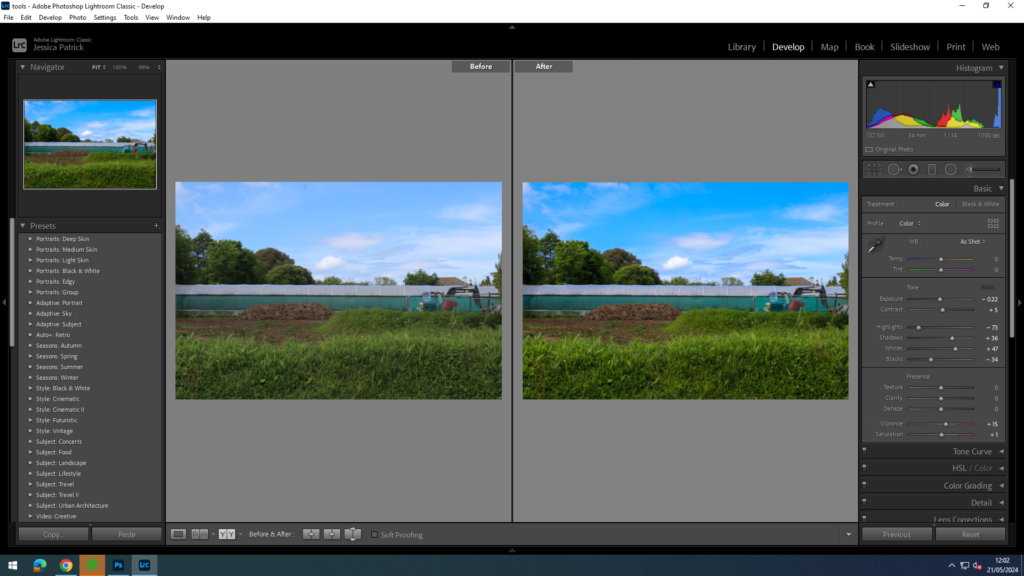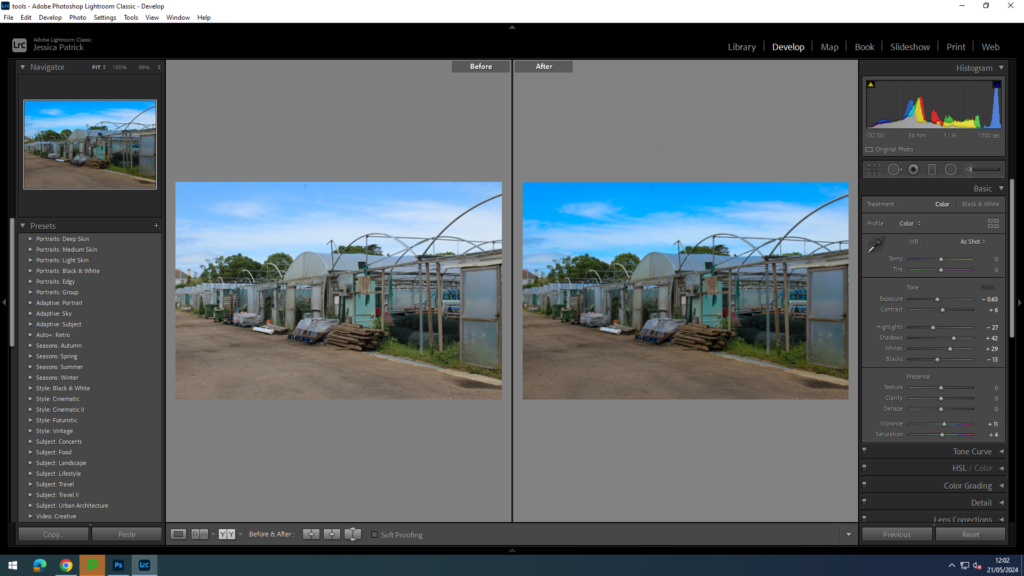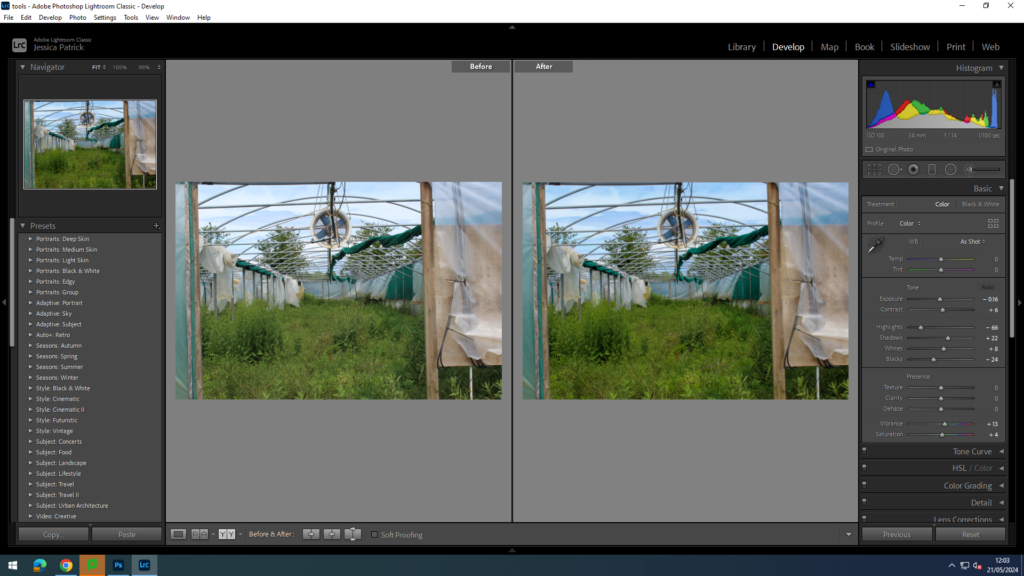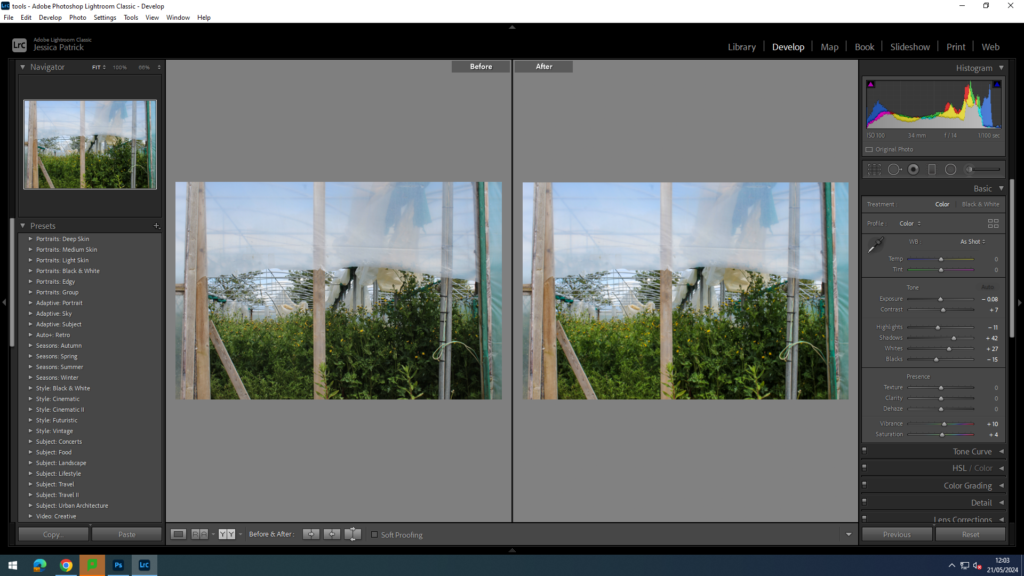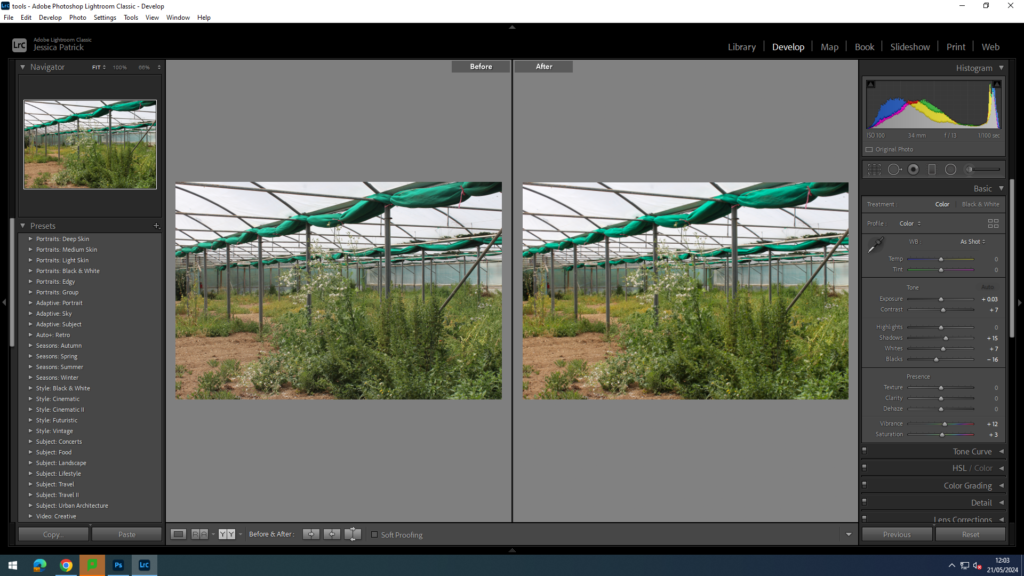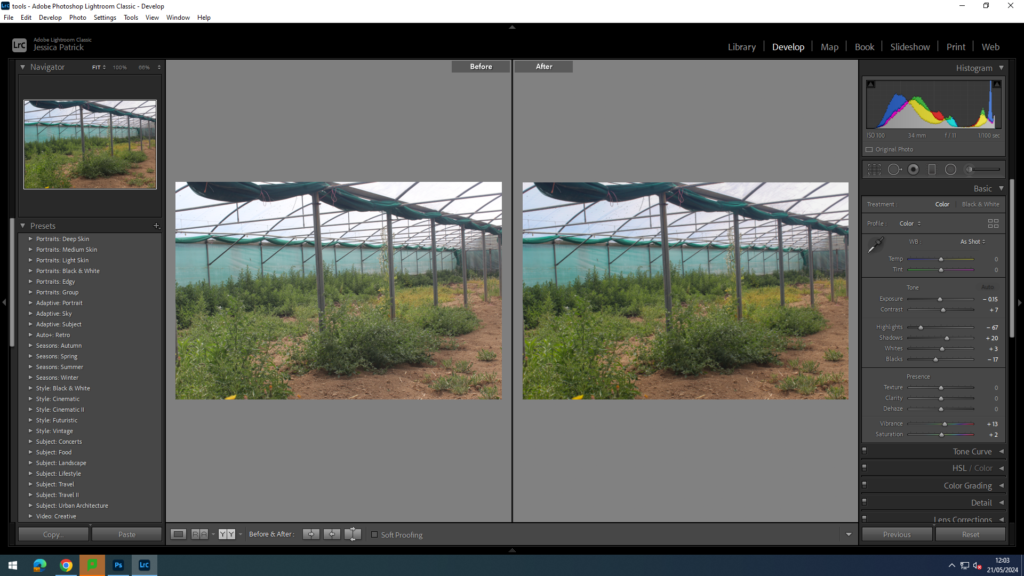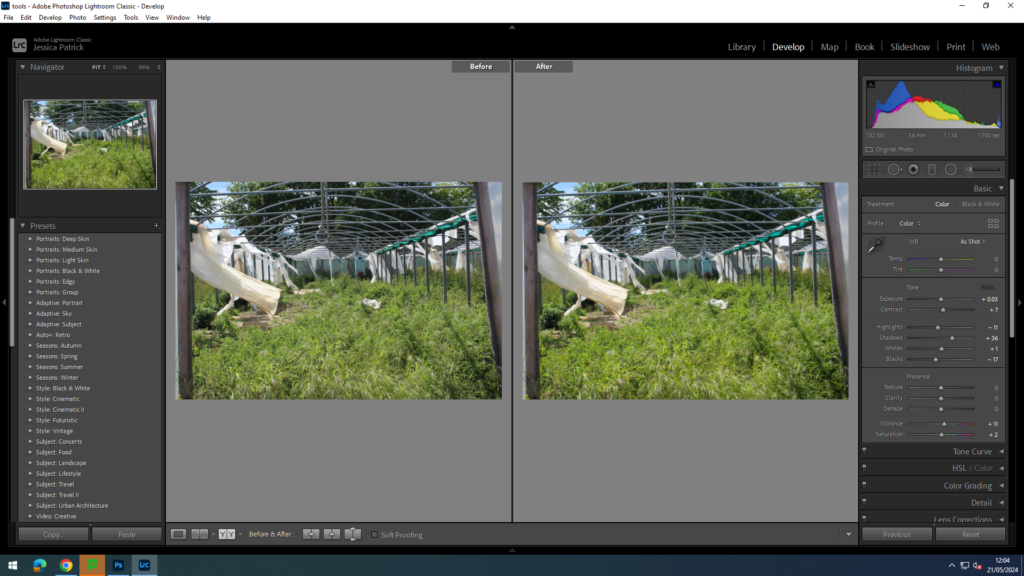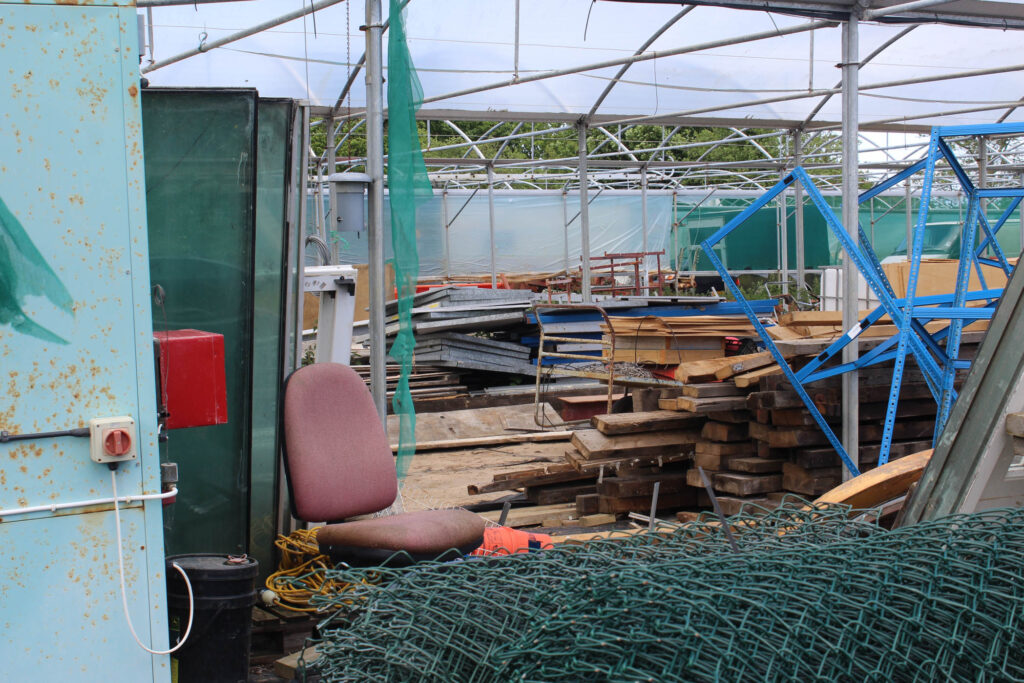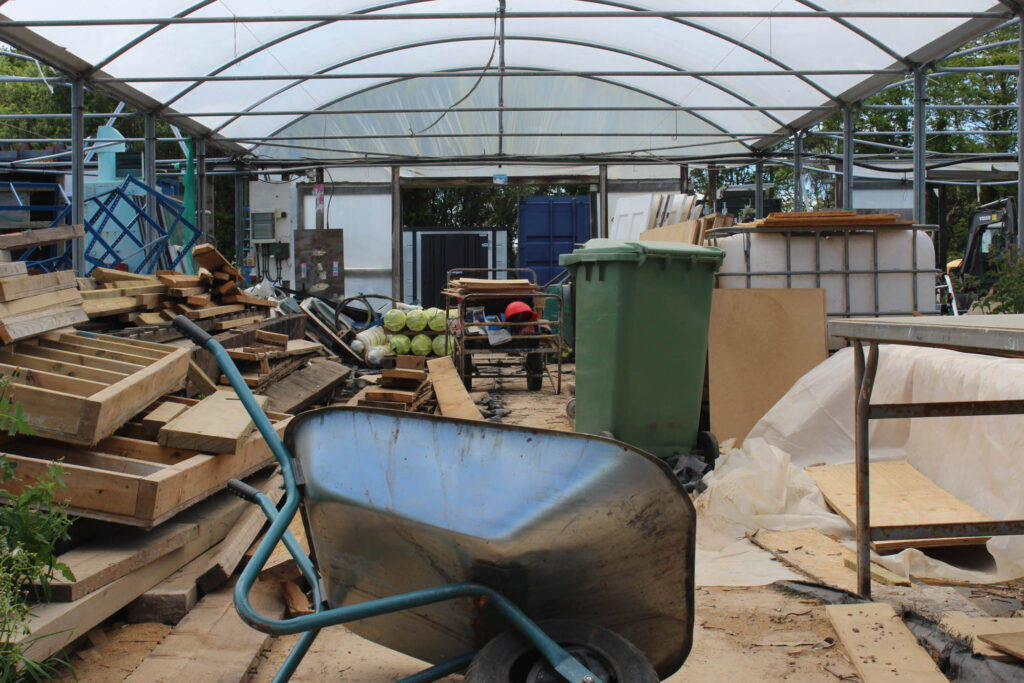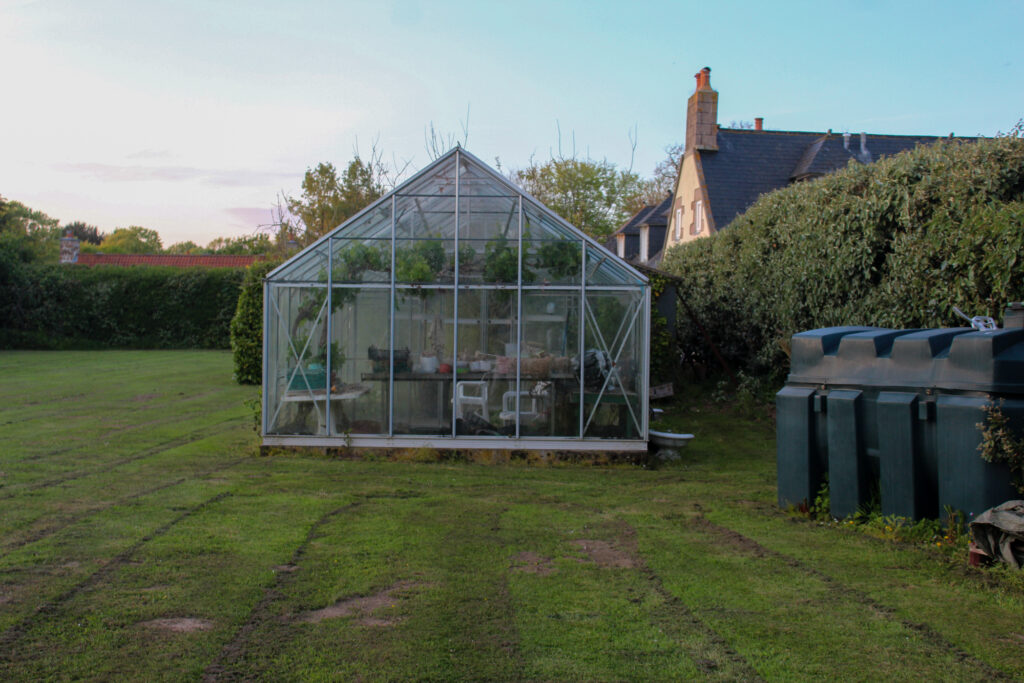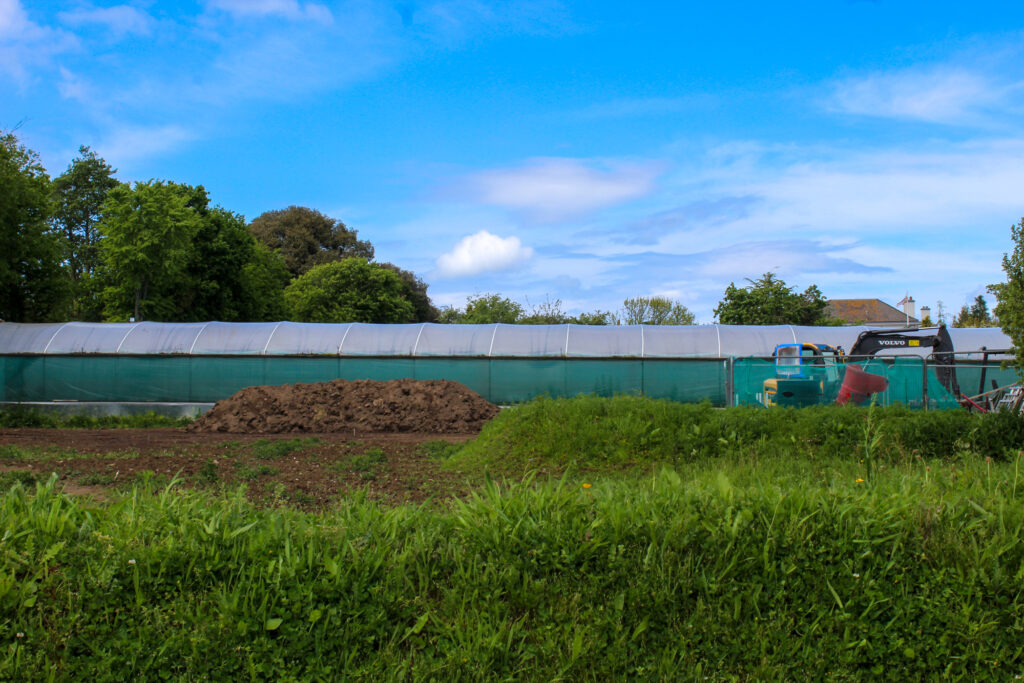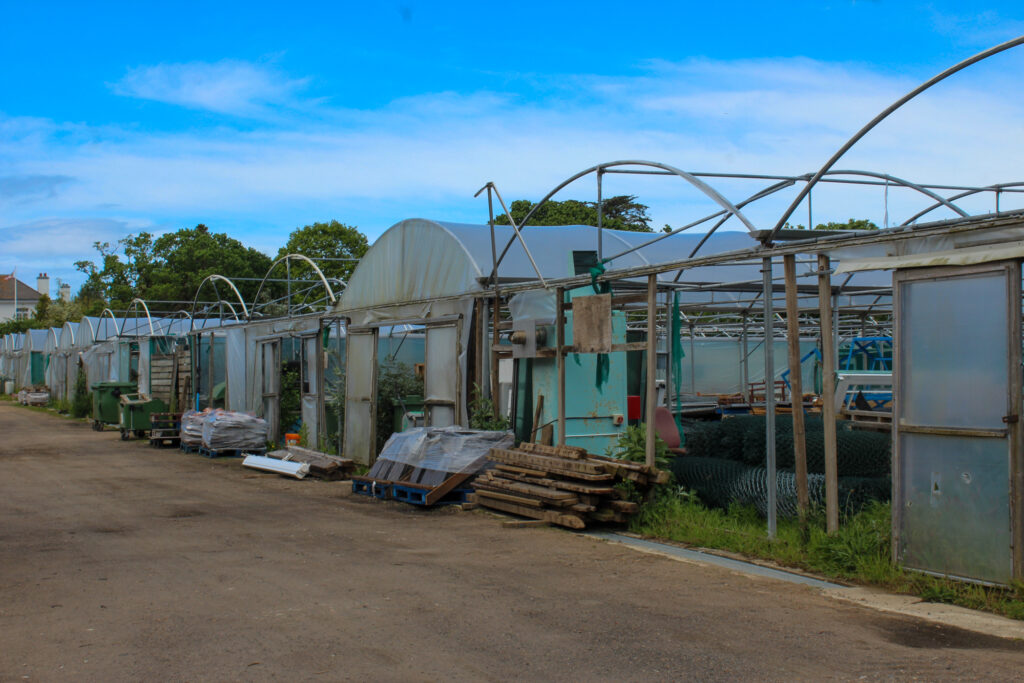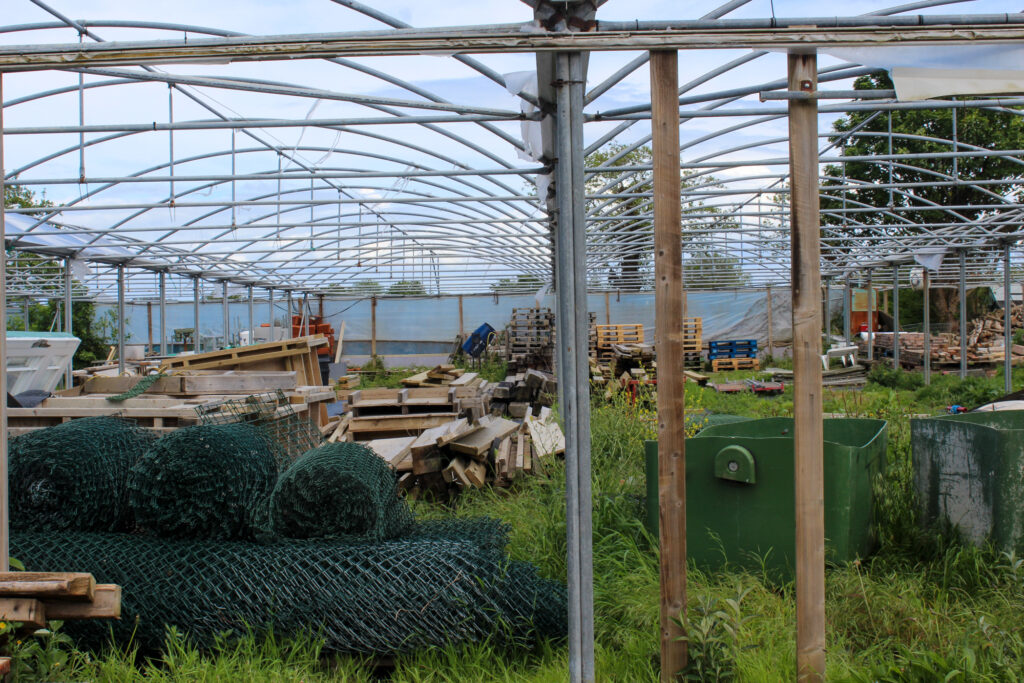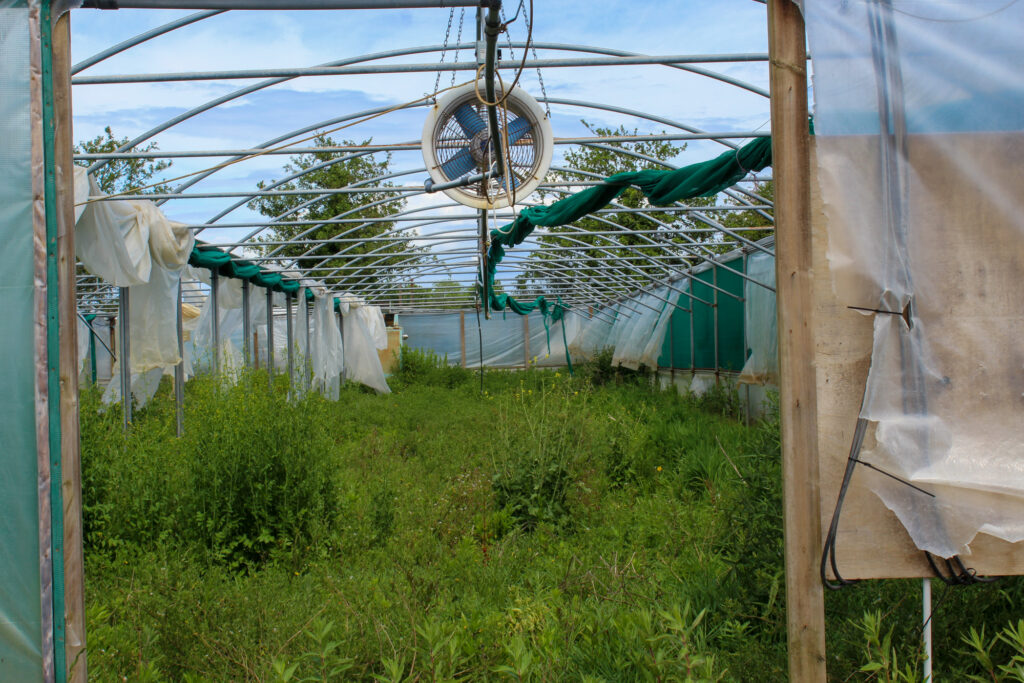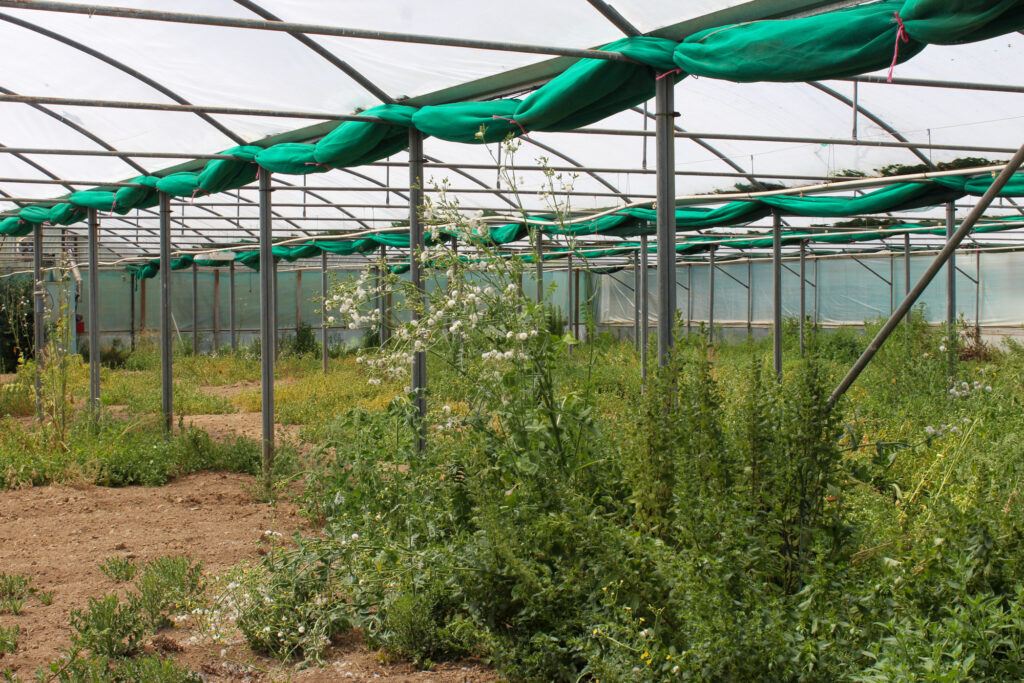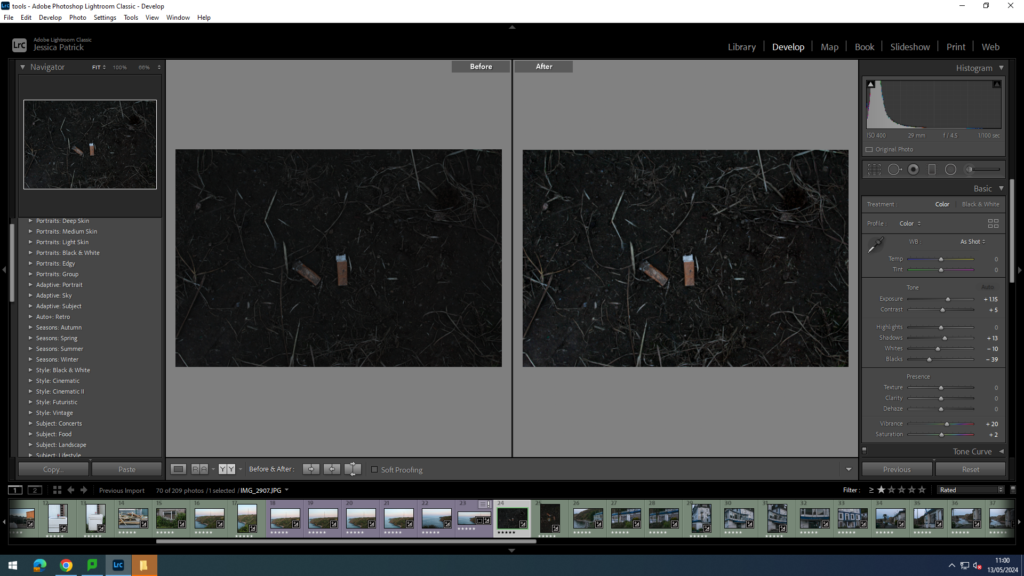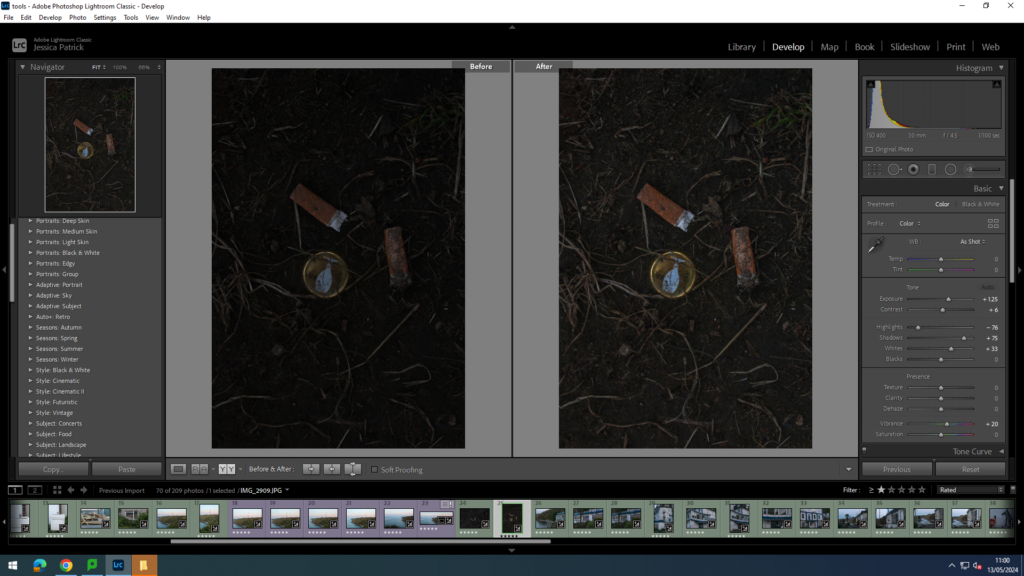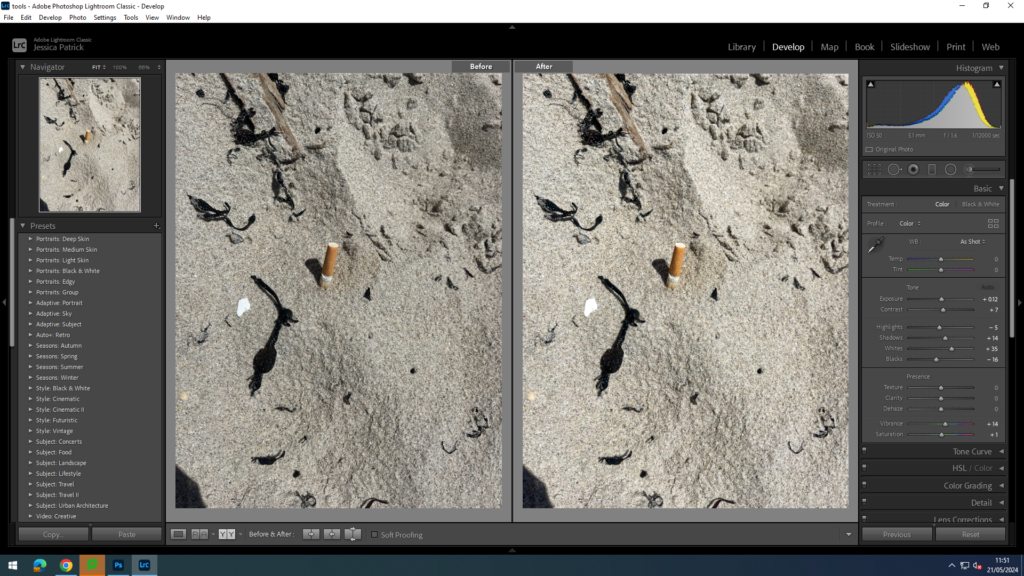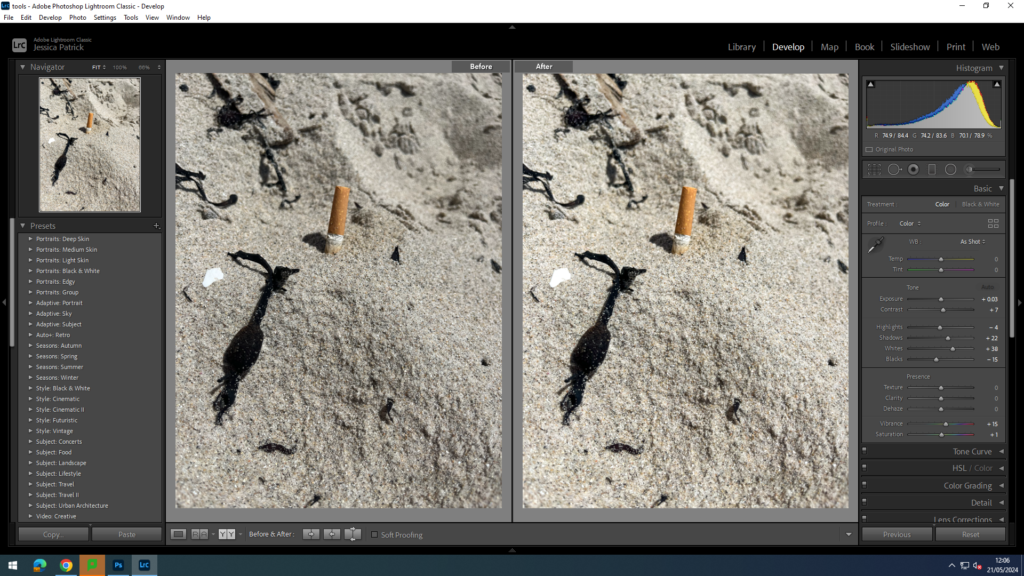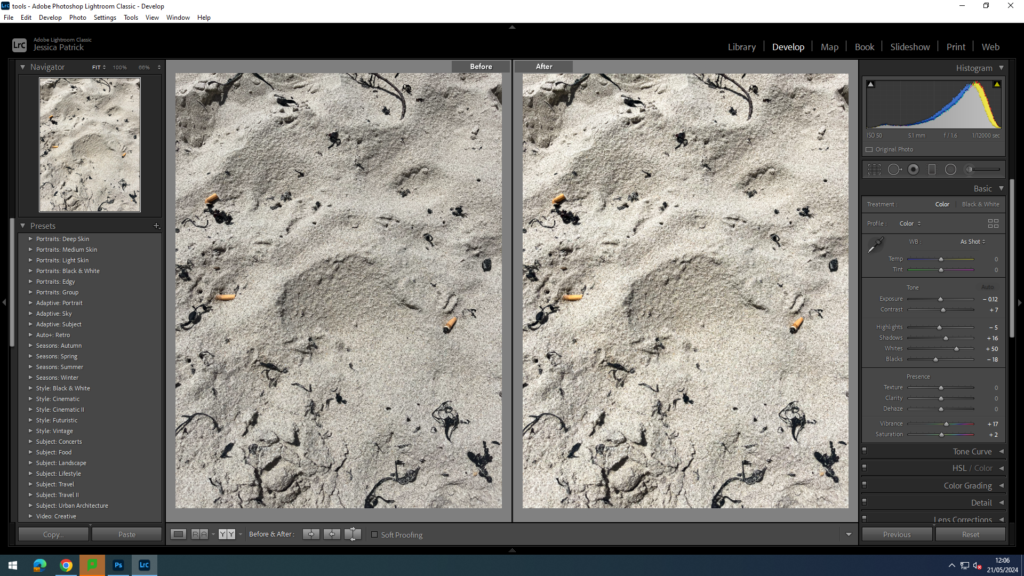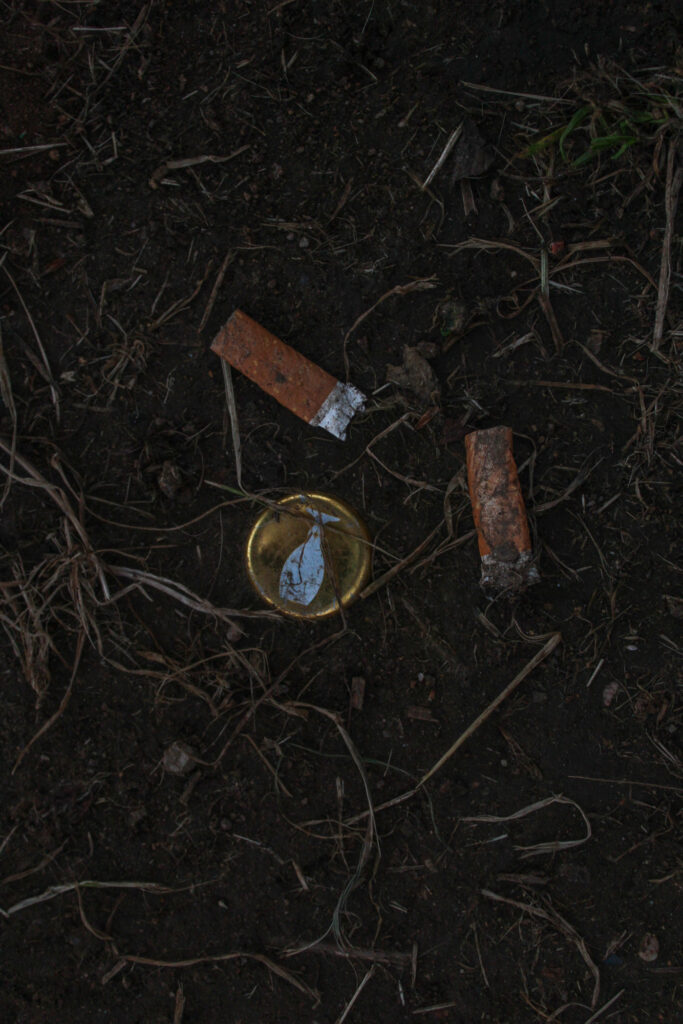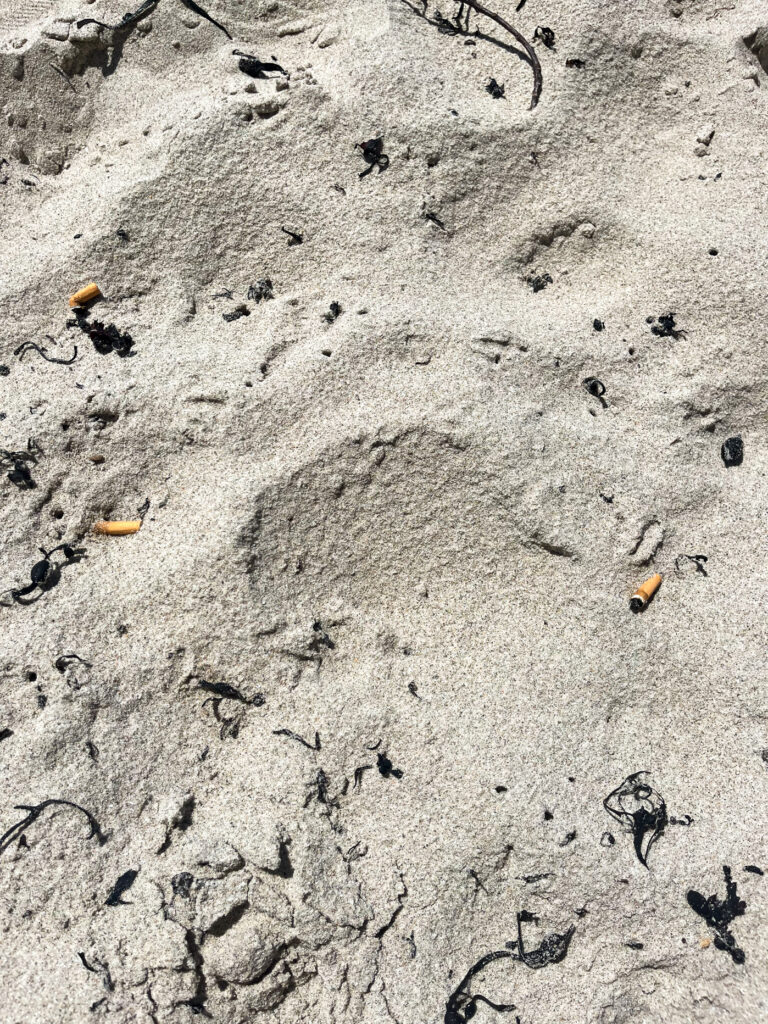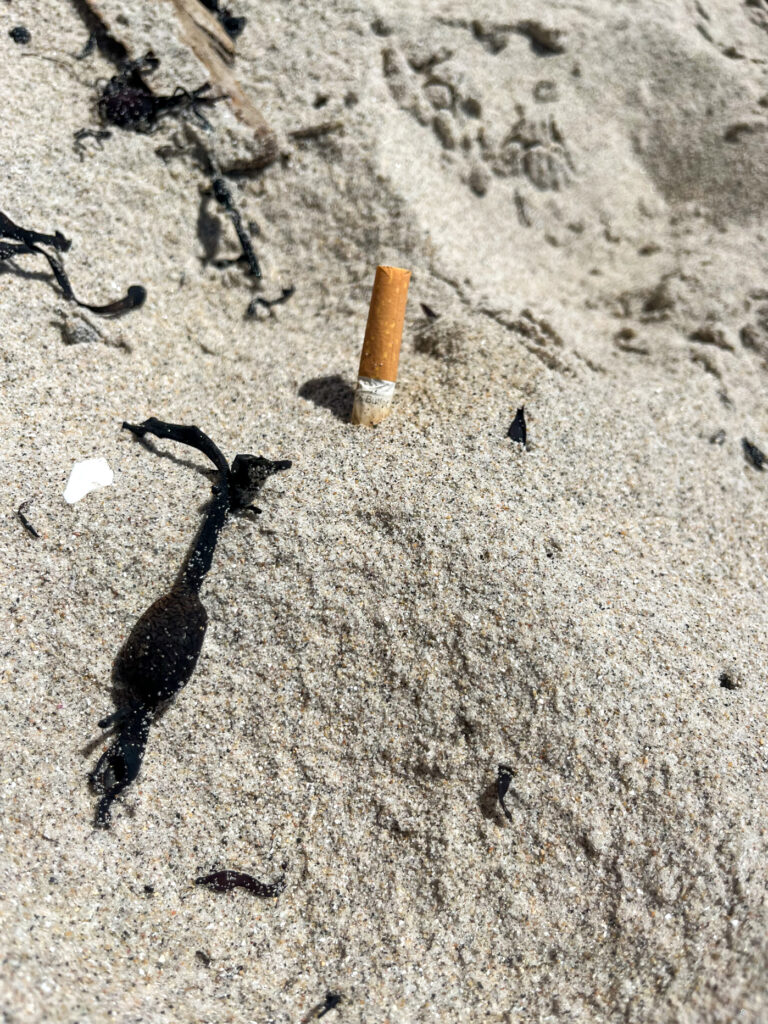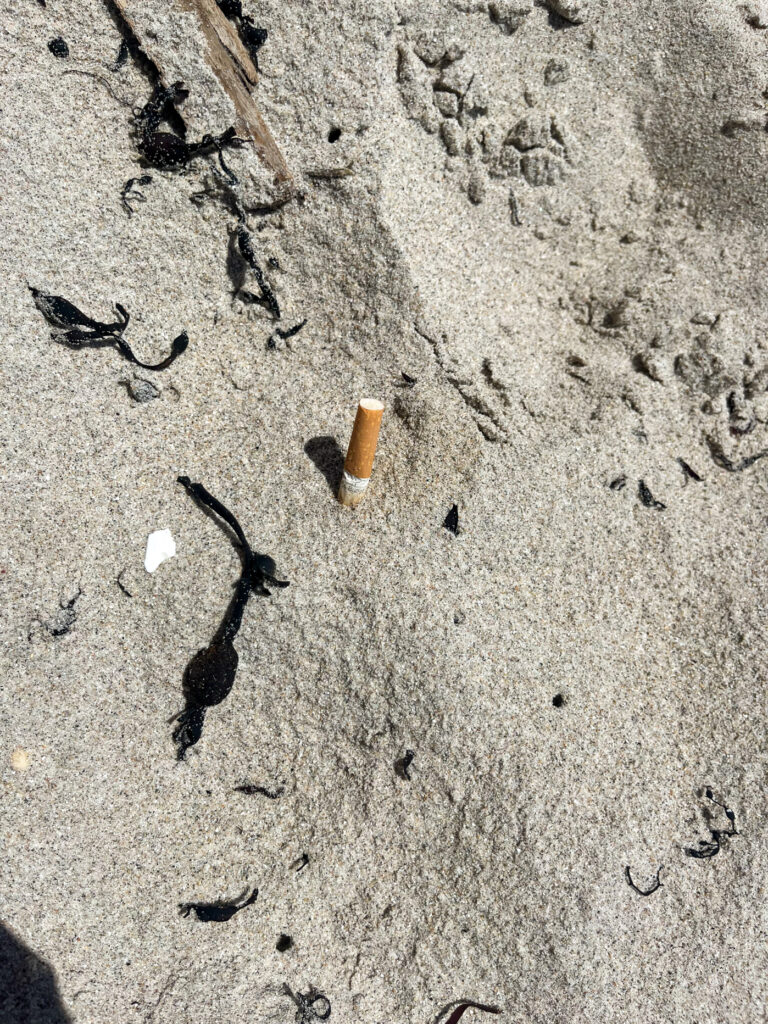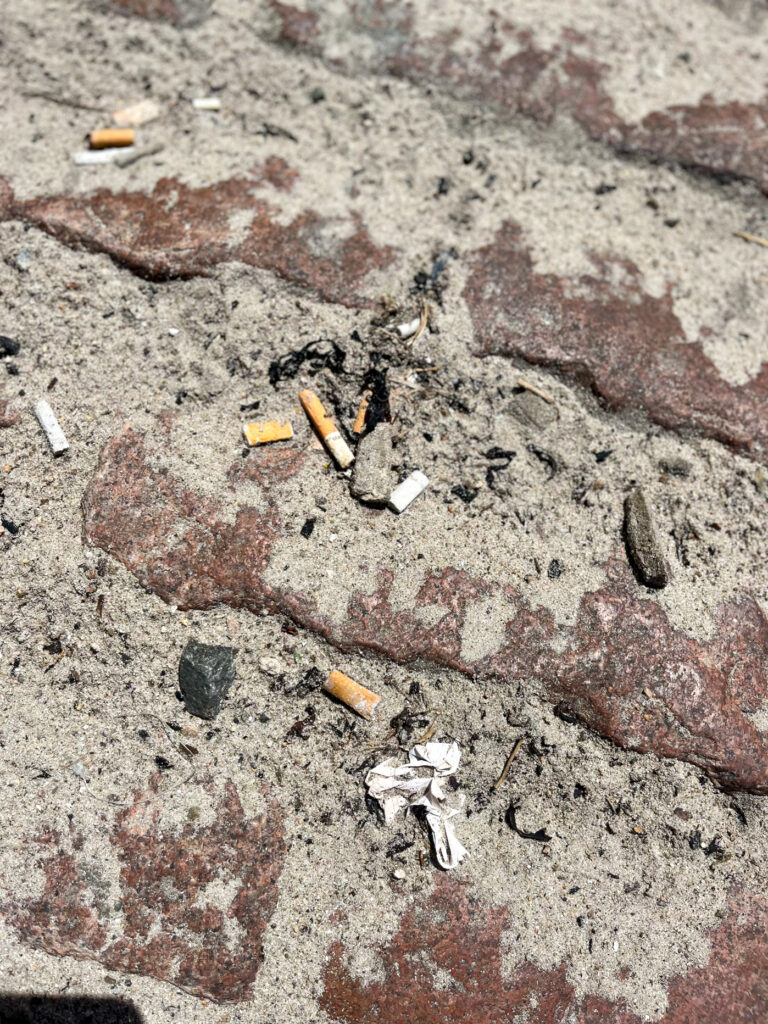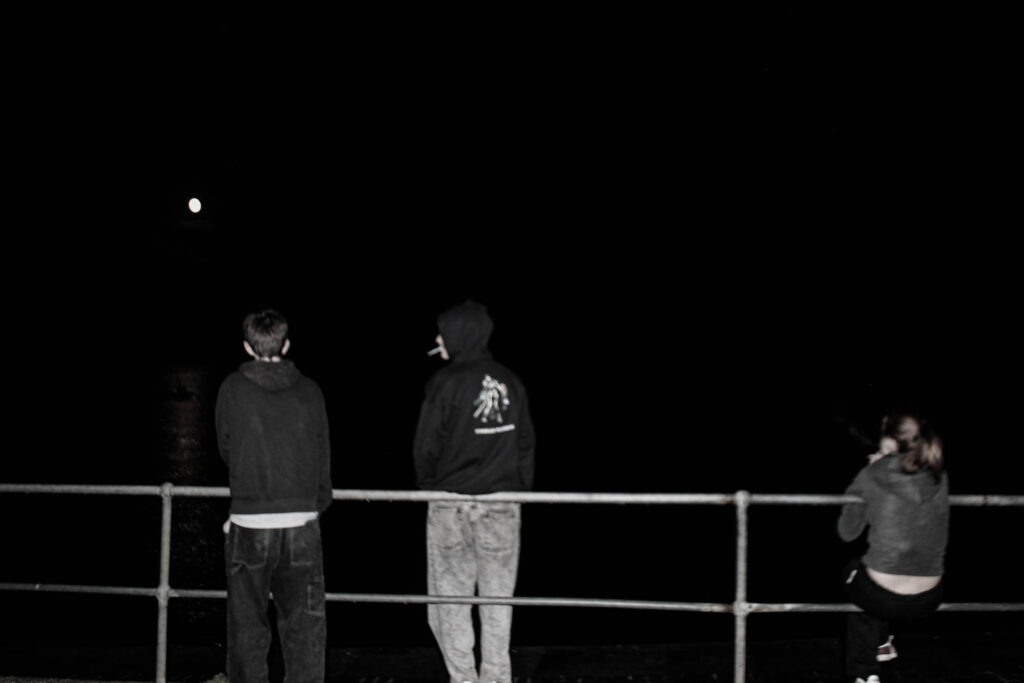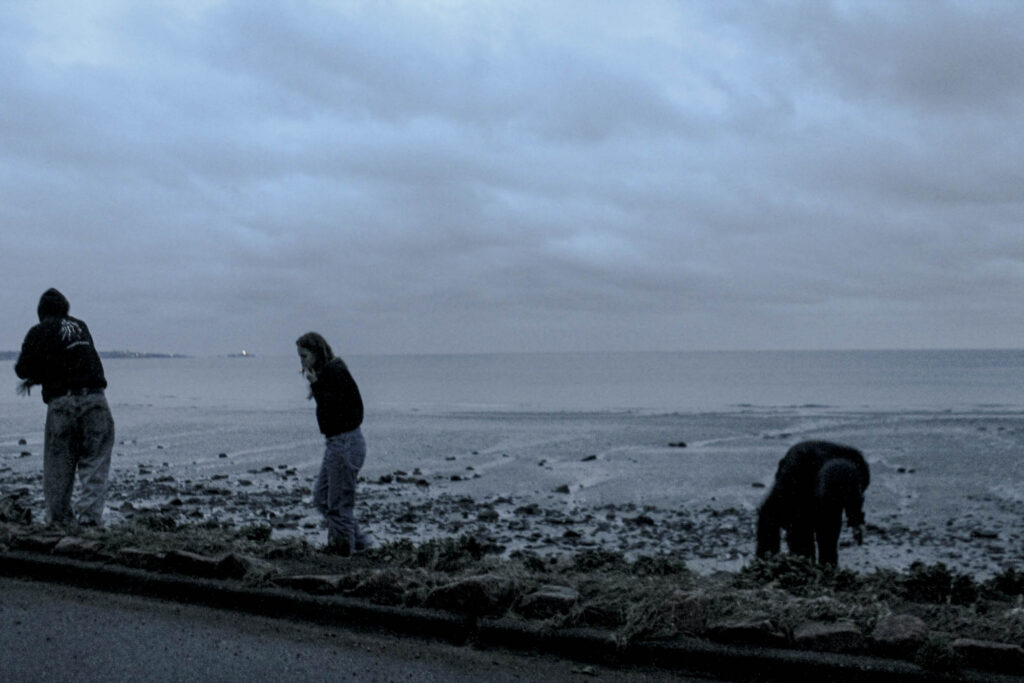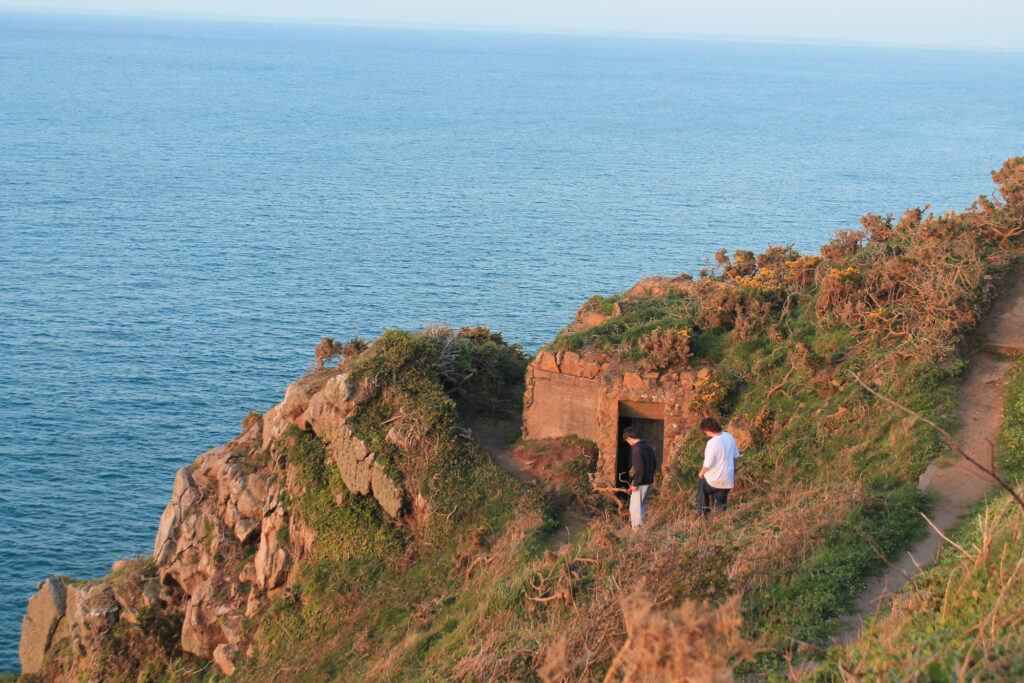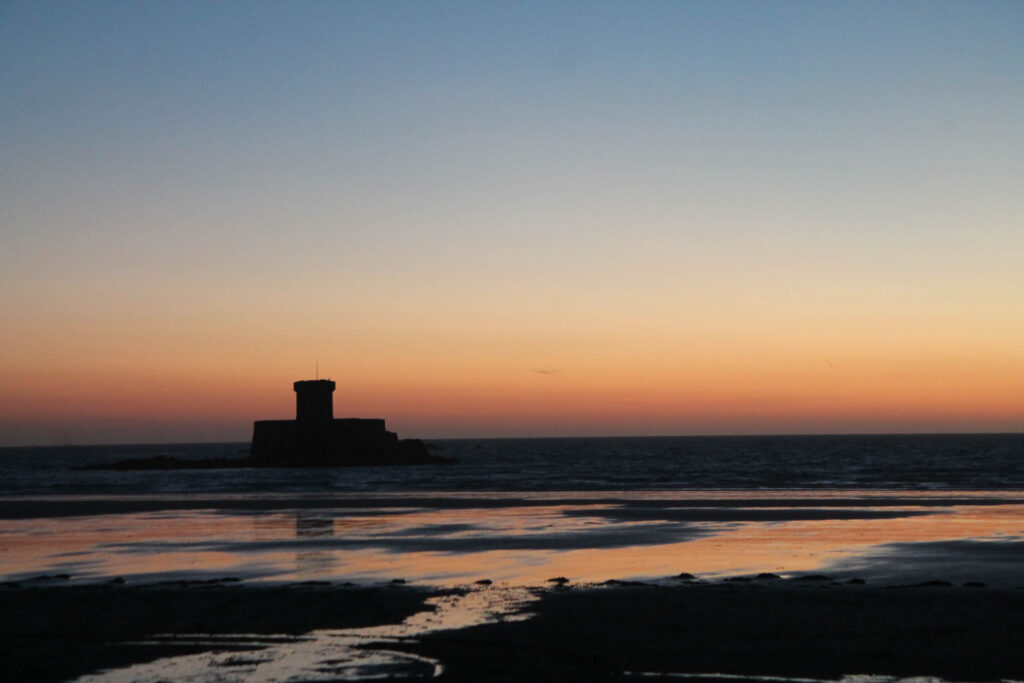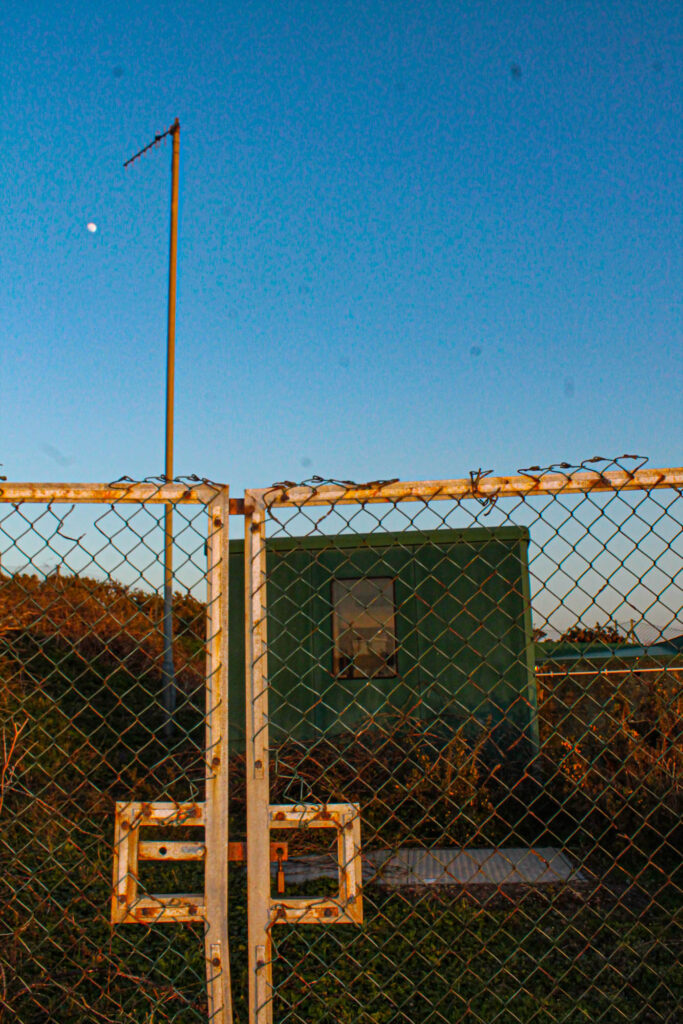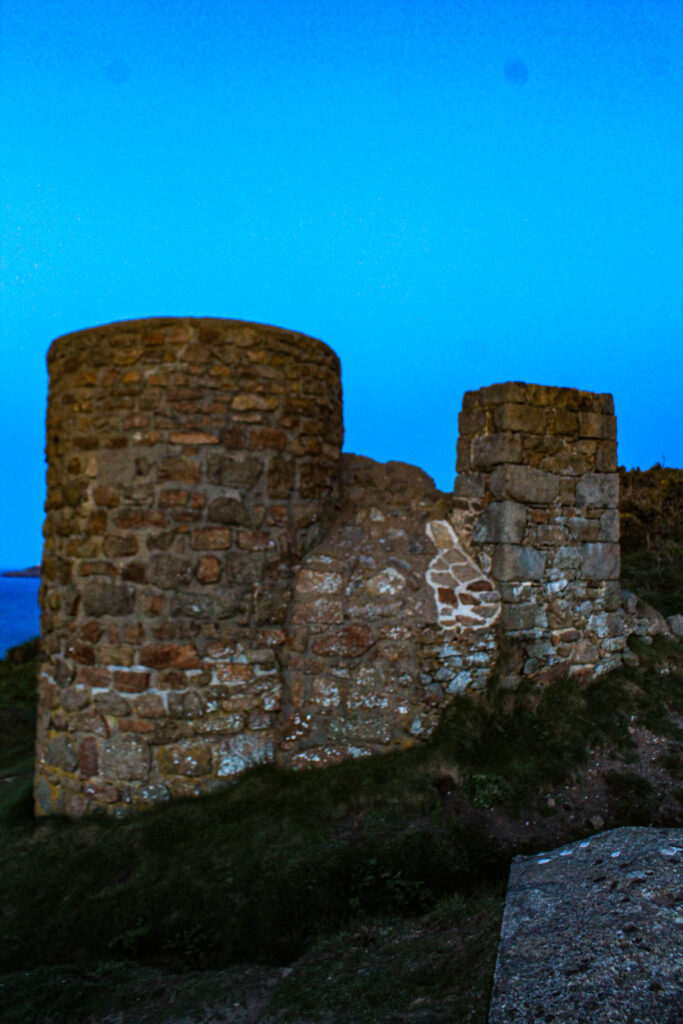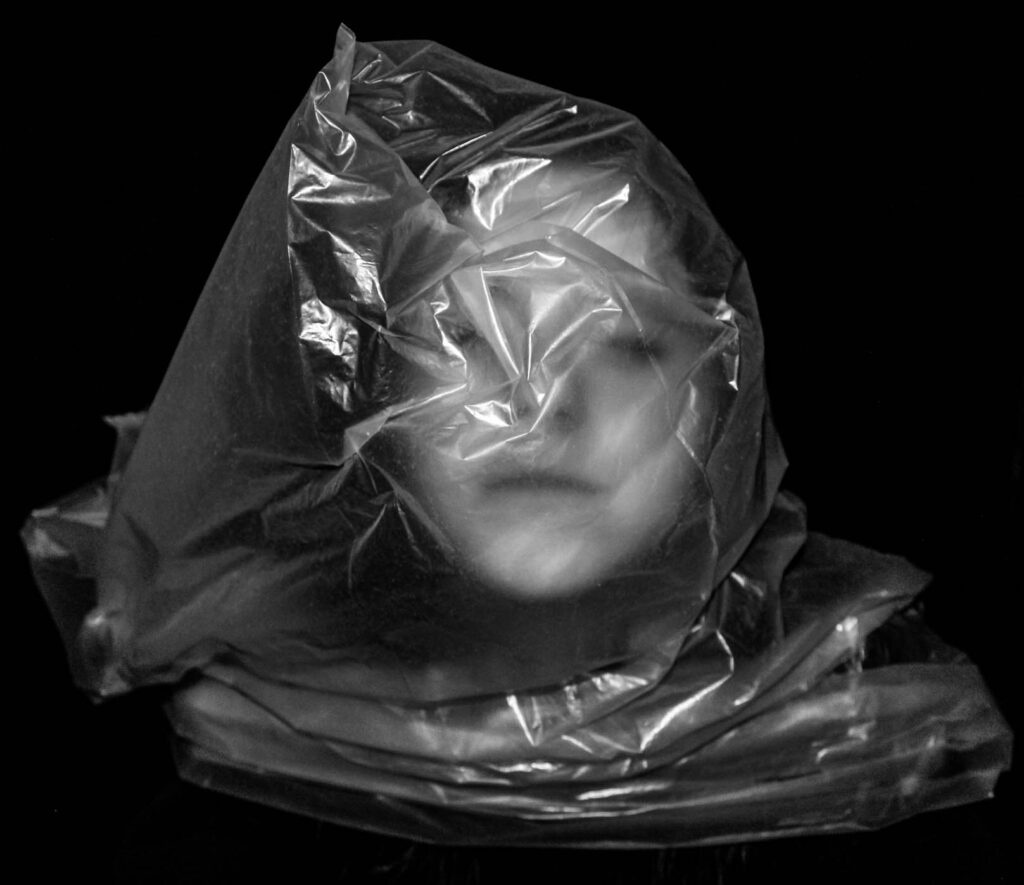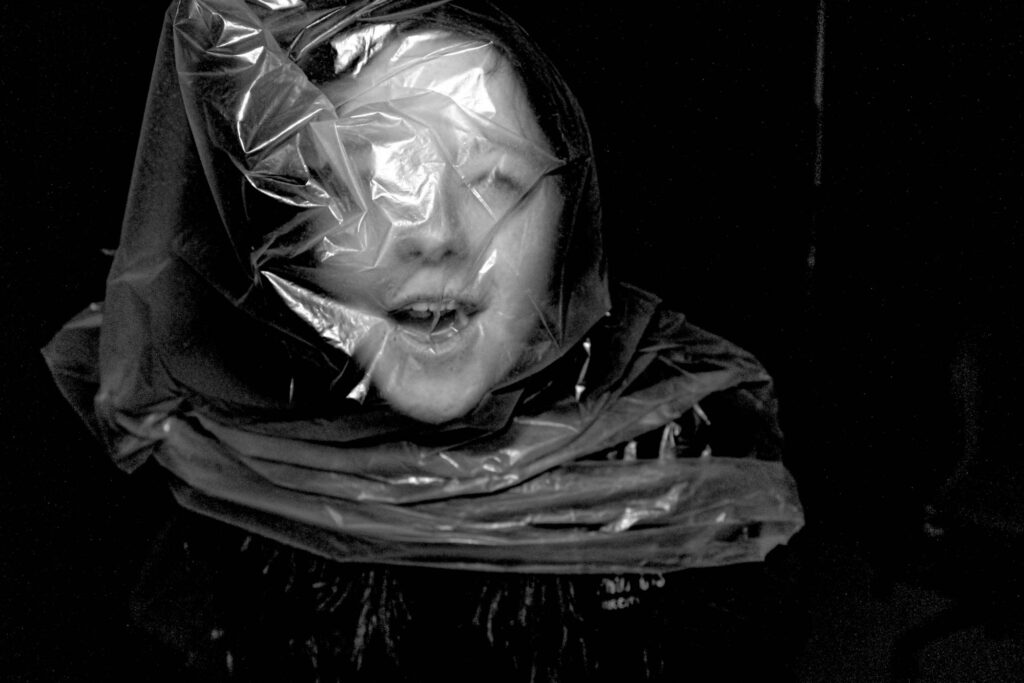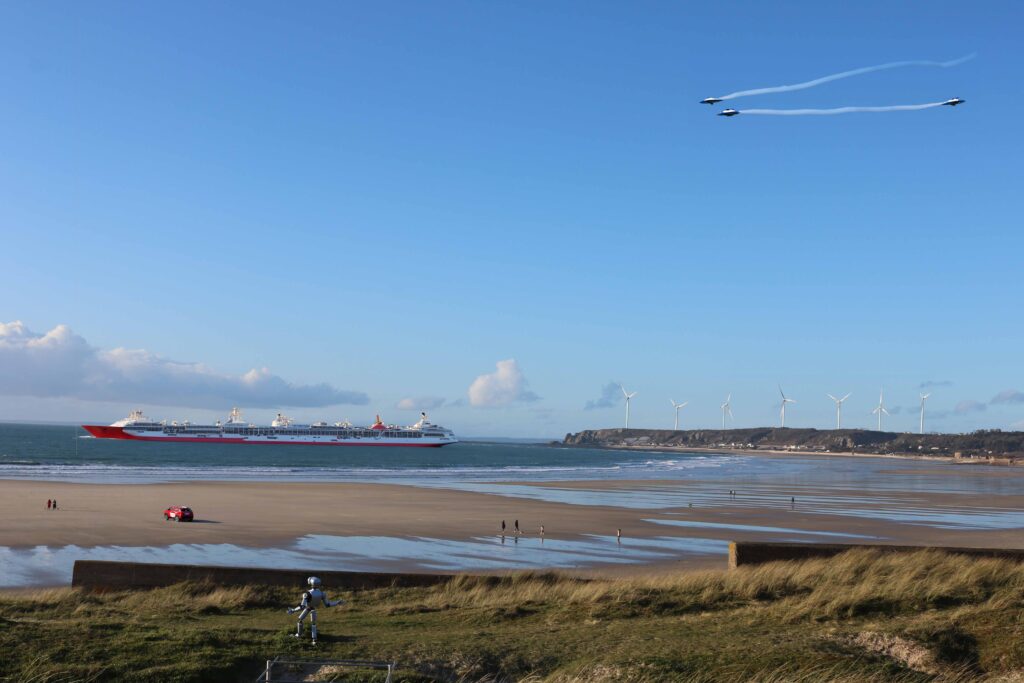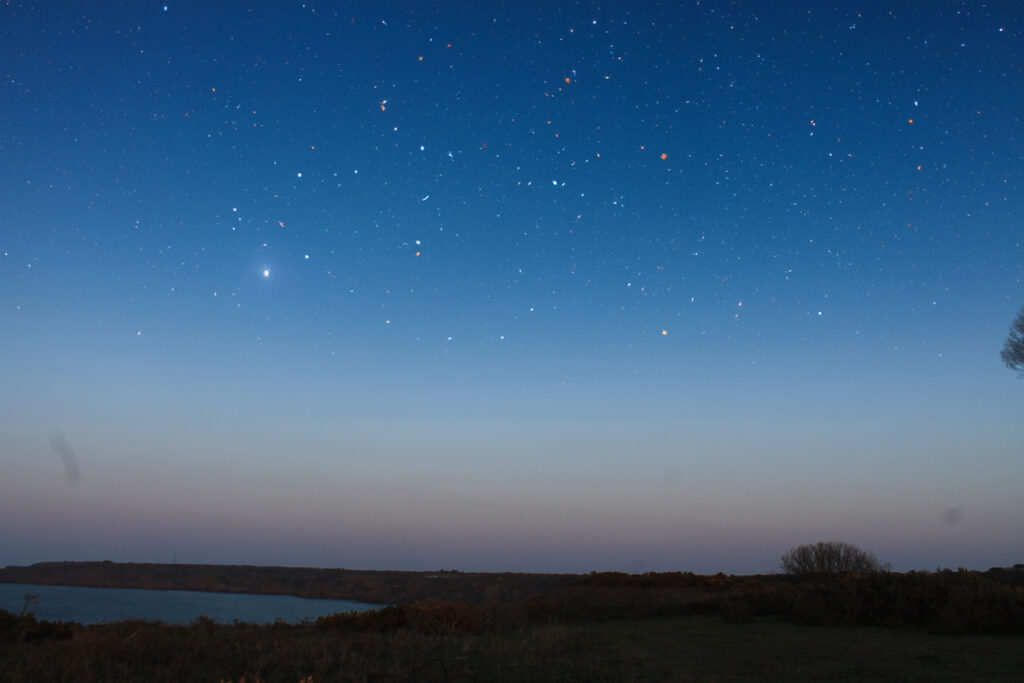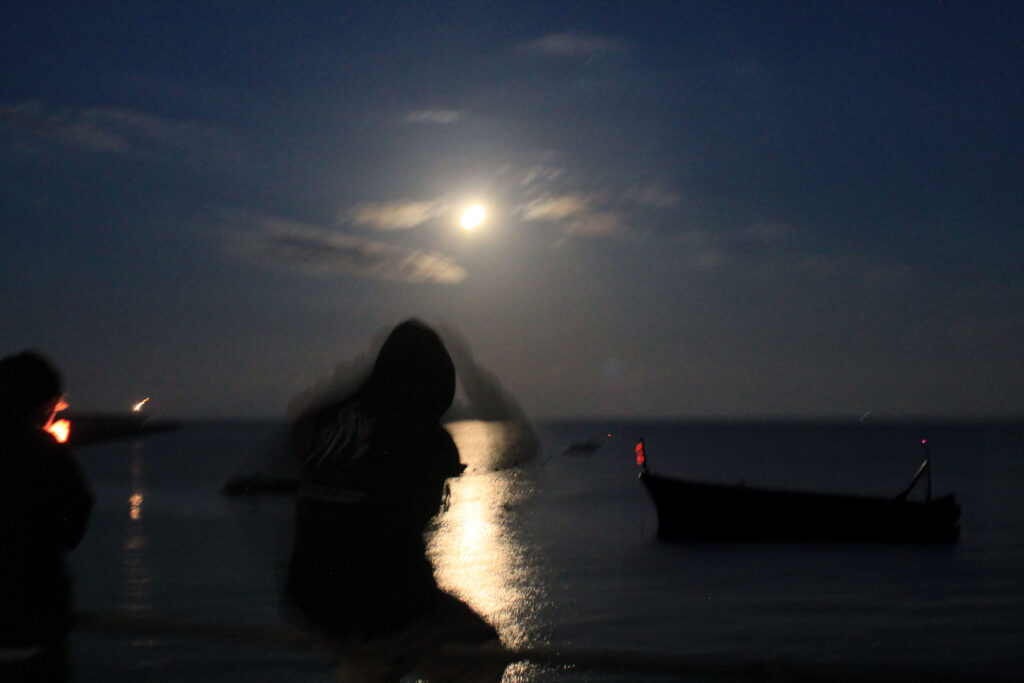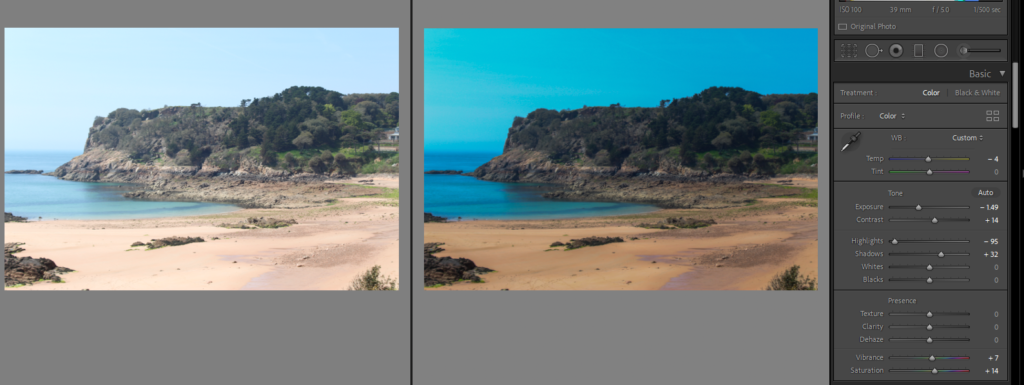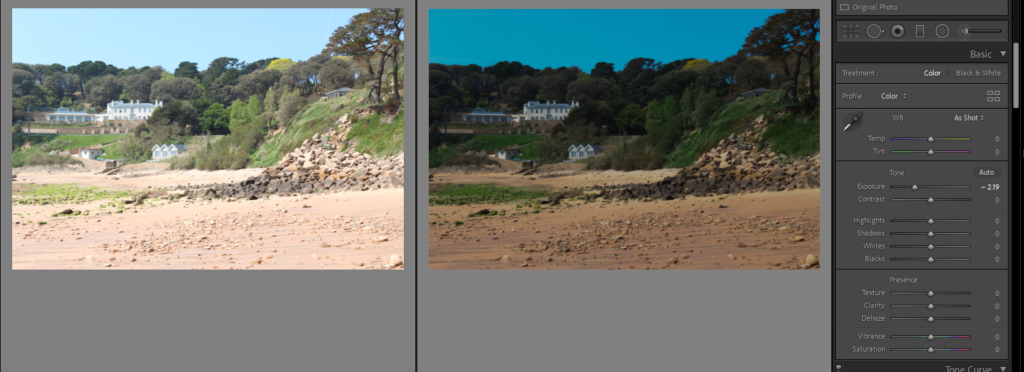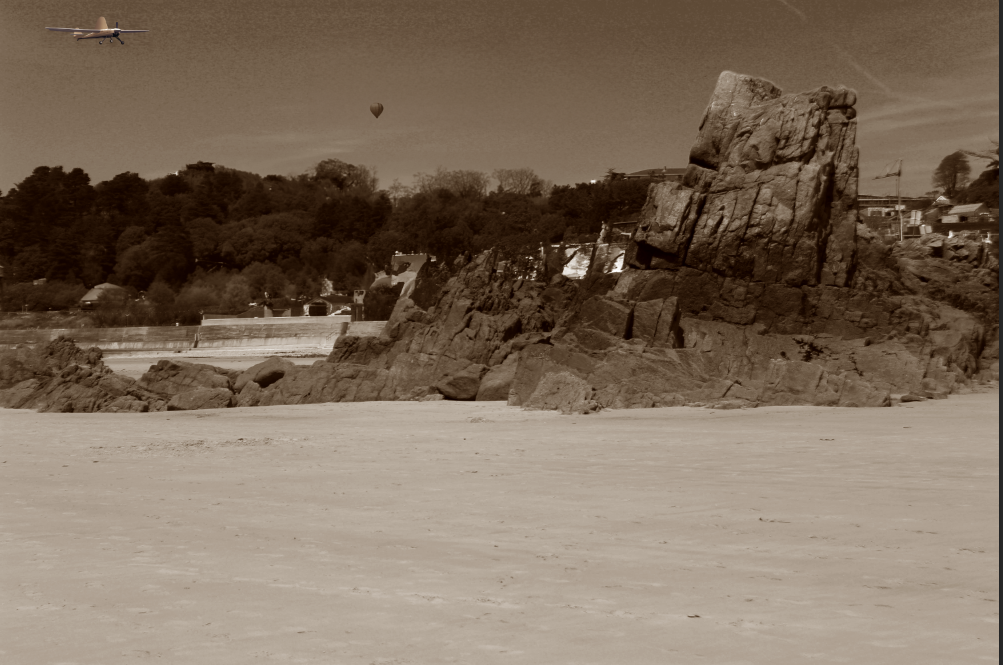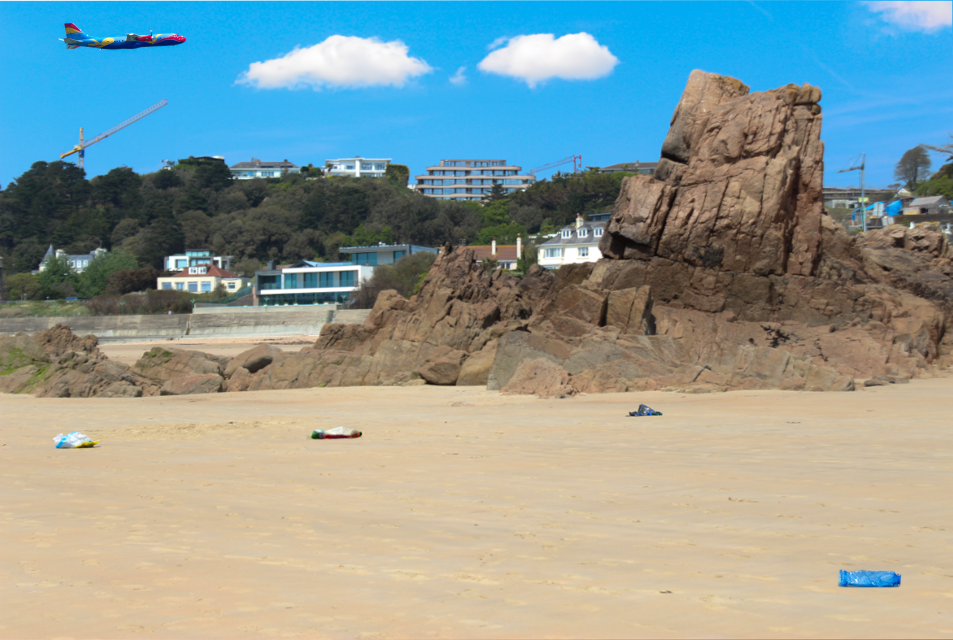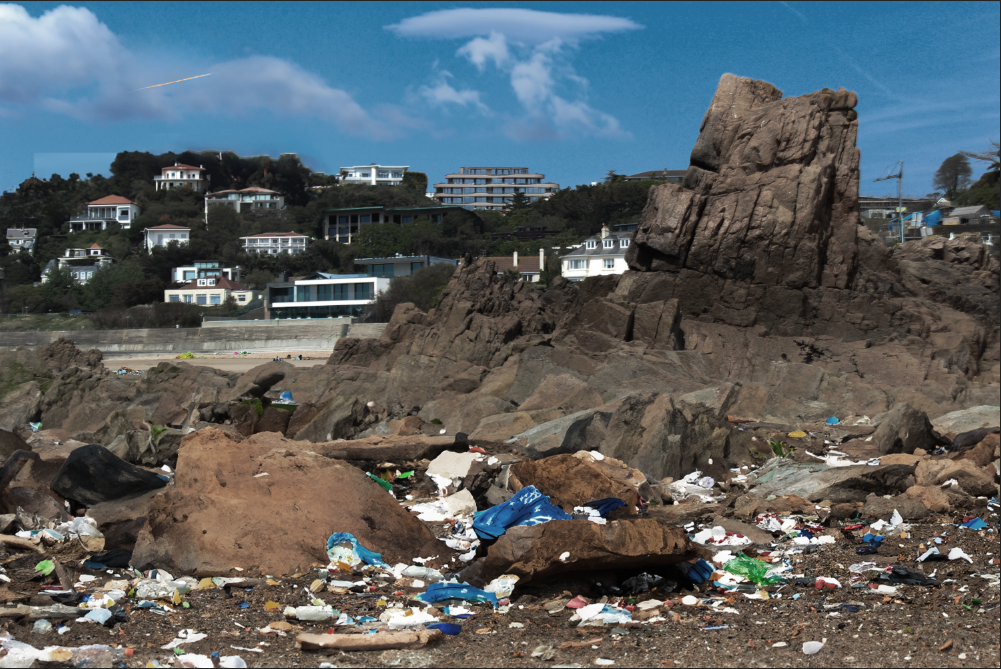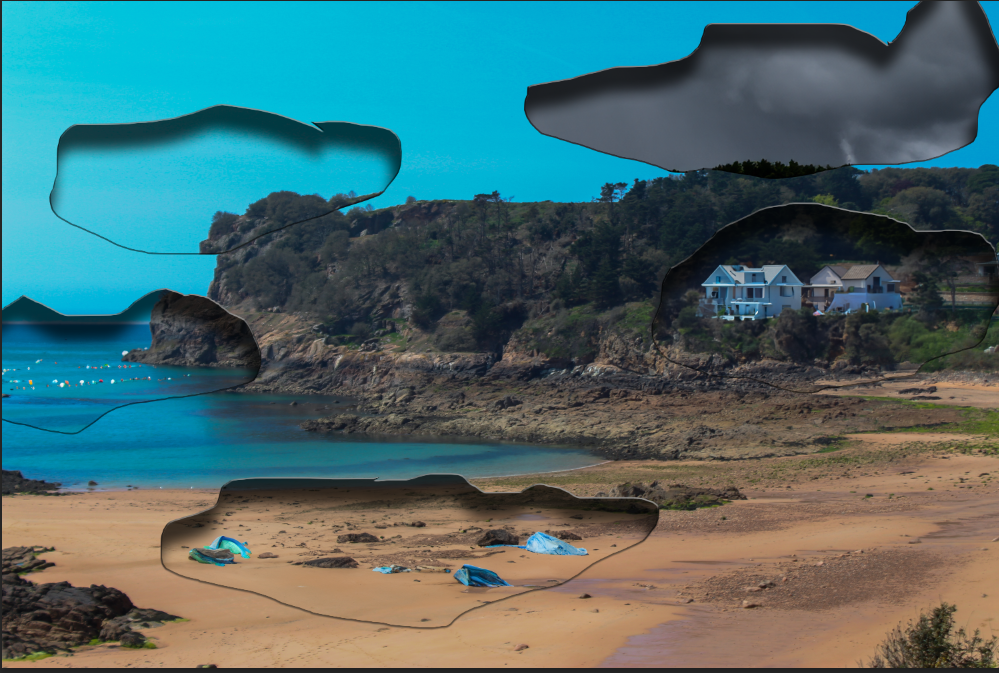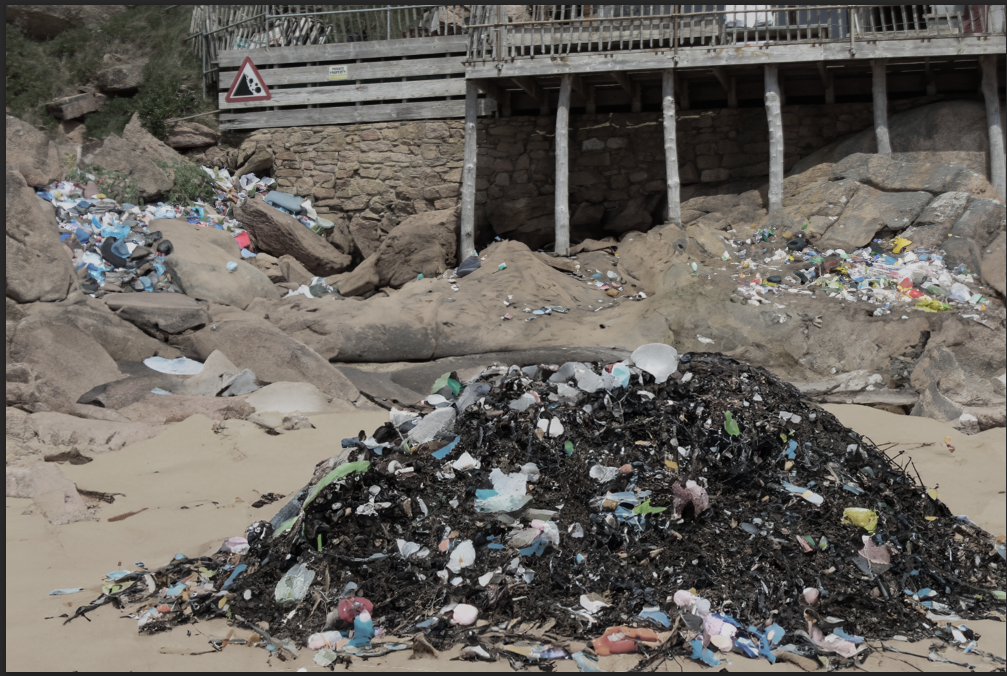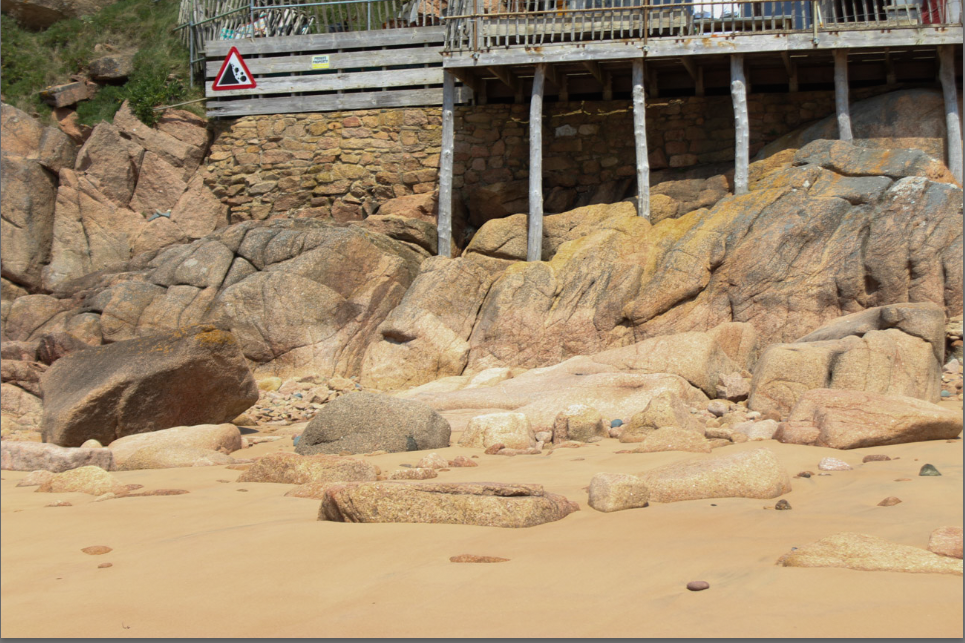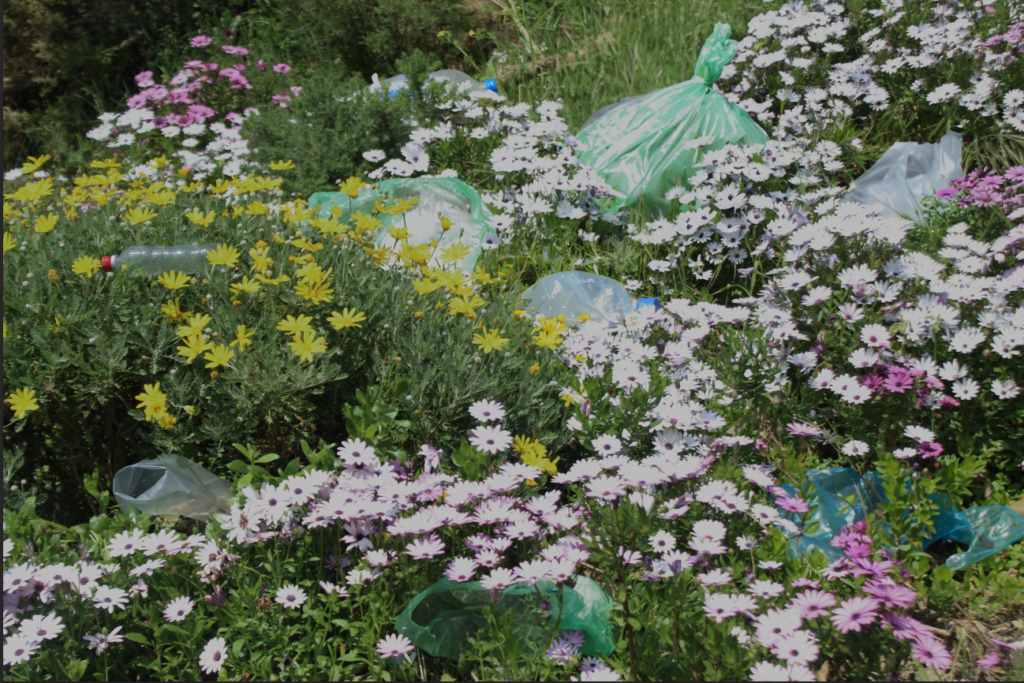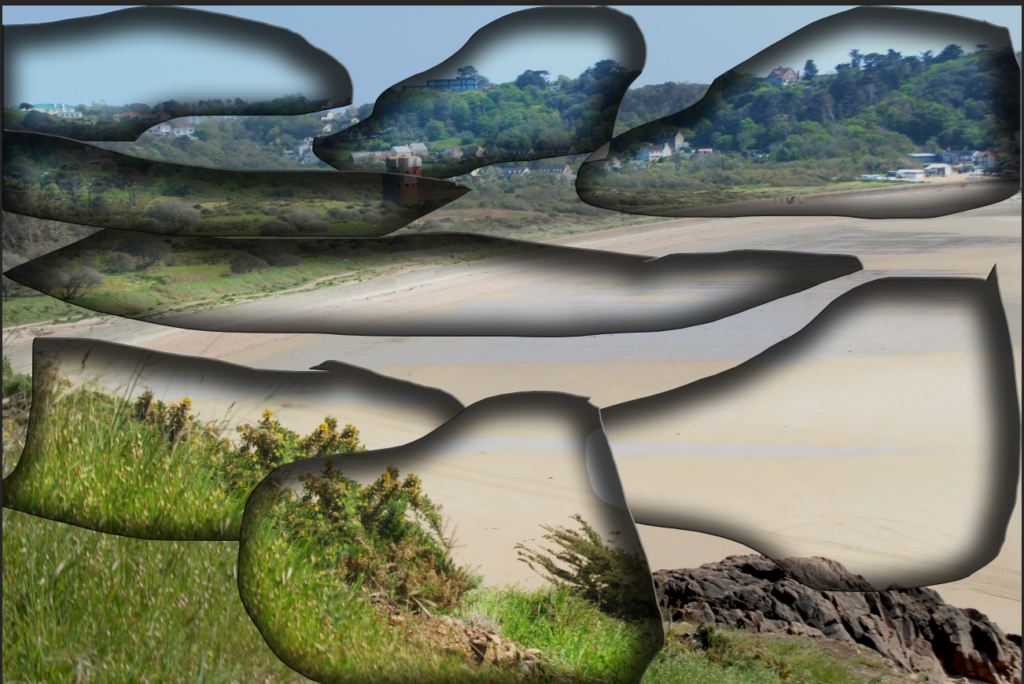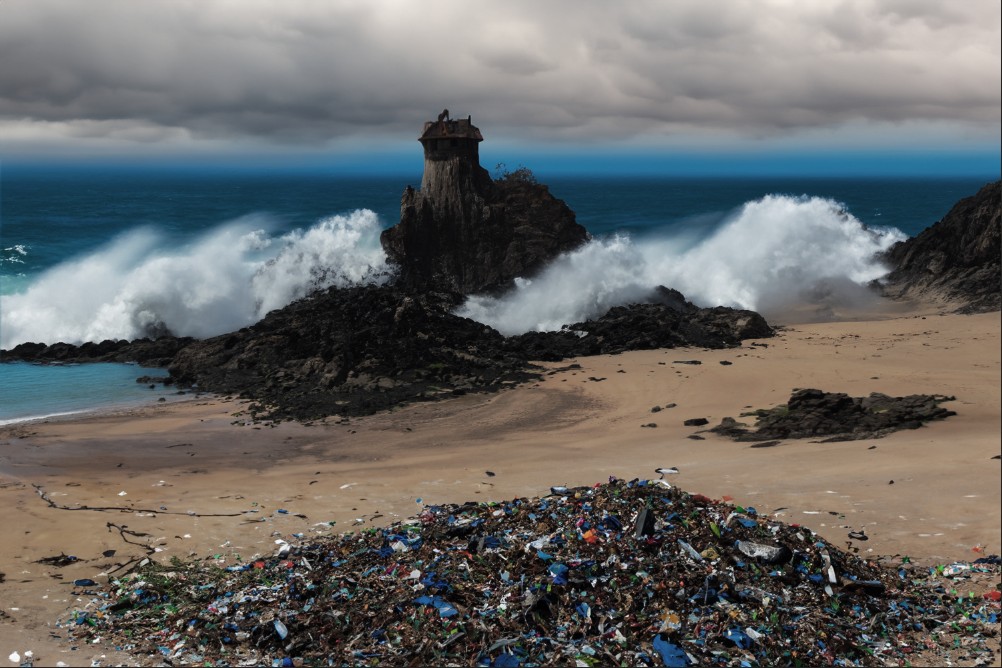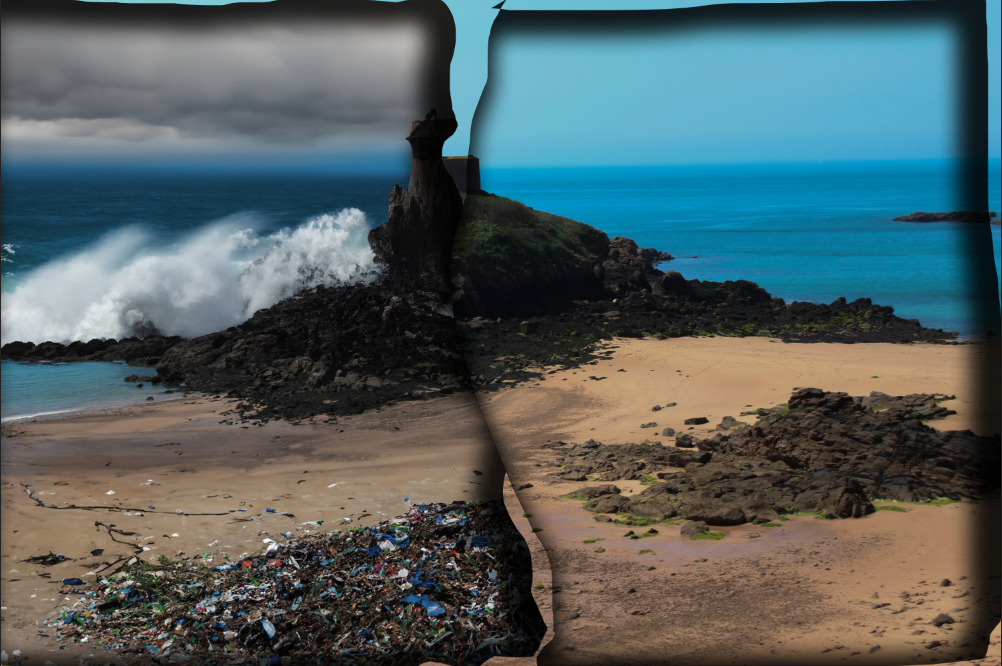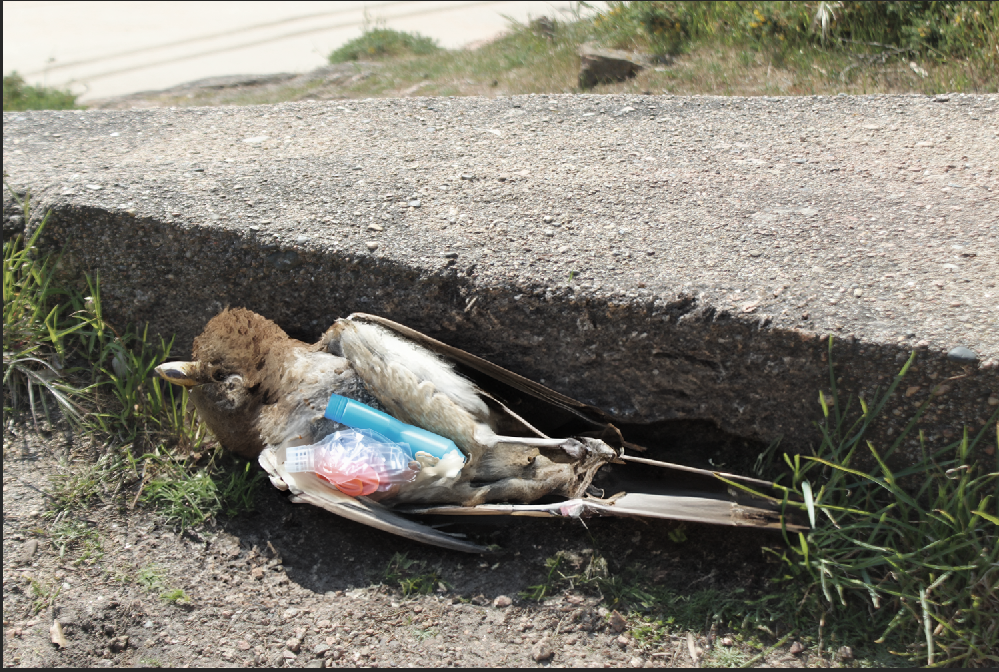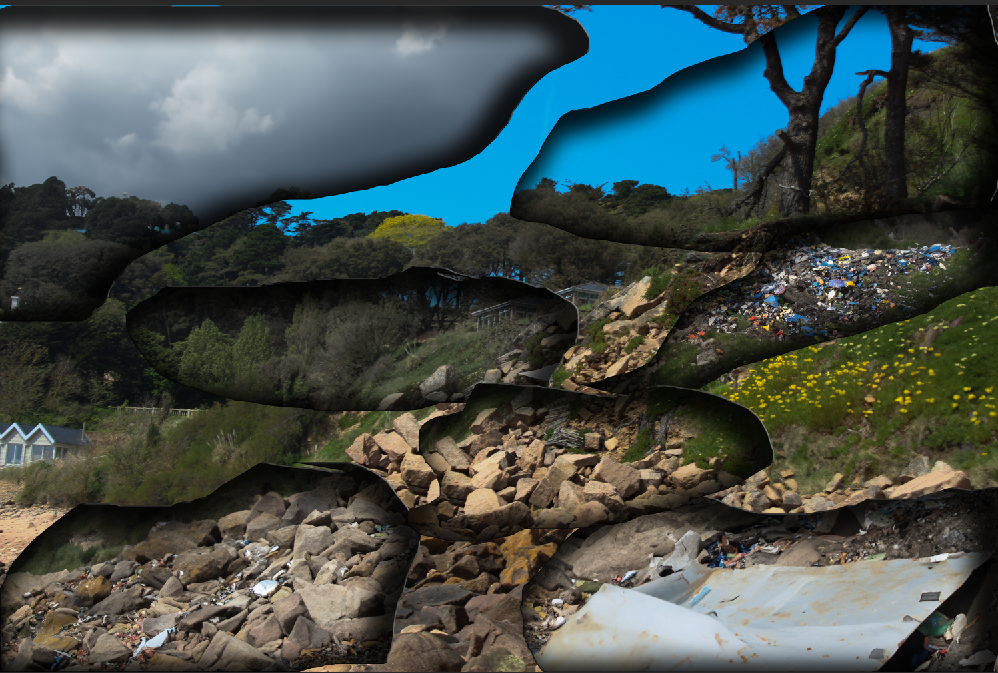Throughout the time I have spent learning and researching about Anthropocene, I feel like I have gained a good understanding on the topic and understand what the word means (human kinds impact on the Earths natural environment). For my Anthropocene project, I decided to focus on urbanisation, industrialisation, overpopulation, natural landscapes and artificial animal habitats. For urbanisation and overpopulation. I decided to take photographs of what I saw whilst in central London, to which I captured many buildings all clustered together and crowds of people everywhere. This highlighted to me how severely humankind have expanded and built on the earth; stripping it of its natural beauty. Additionally, for industrialisation, I went down to Havre Des Pas and carried on walking along the side of it until I reached La Collette. From here, I took photographs of the incinerator and waste disposal building. Next, for the natural landscape images, I visited various beaches/ cliffsides around Jersey and photographed the view. I decided to take these images as a way to spread hope for future generations and hopefully inspire people to help them realise that we can have this natural beauty and beautiful views if we stop harming the planet so much. Finally, I took photographs of different animals in their artificial habitats in the zoo. This idea was inspired by Zed Nelson who does something similar and I found it ironic how humans are stripping animals of their real, natural environments in order to put them in artificial ones, simply so we can be entertained.
Urbanisation and industrialisation


Overall, I like how these images came out as they are in focus and the majority have good lighting. The images with lots of buildings stacked on top of each other was inspired by Giacomo Costa. I felt this linked to the theme of Anthropocene as it is almost exaggerating further how overbuilt and crowded our planet is. However, this may not be an exaggeration but a reality for what our planet is going to look like in the future if we don’t stop building and expanding so much. I then decided to further experiment with this idea by adding a crack like shape into the centre of the image and then adding one of my natural landscape images behind it, creating a clear comparison between the two different types of landscapes. Finally, I wanted to further emphasise the difference between the two landscapes and so I decided to make the building layer black and white then the natural landscape layer coloured.
Artificial habitats
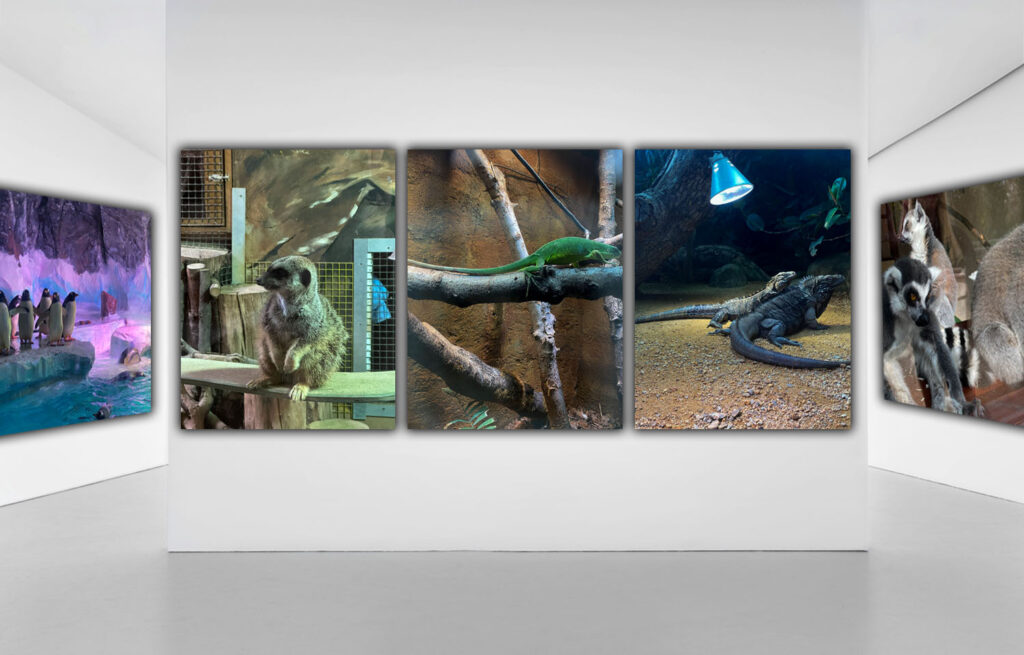
This photoshoot was inspired by Zed Nelson. In order to create these photographs, I went to different zoos in London and Jersey. I then focused on taking photographs of animals with unnatural backgrounds eg paintings of real landscapes or artificial lights. I tried to place my camera as close to the glass as possible in order to minimise any glare or reflections but this wasn’t always possible. However, I think having some of the images with visible glare/ reflection is successful in reminding the people who are looking at these images that these animals are stuck behind glass and in cages, restricting them from the real world. Therefore, by reminding people of the conditions these animals are in, it may lead to people wanting to help them and hopefully provoking positive changes. I think these images turned out well as the focus and detail is good and I think it successfully replicates the work of Zed Nelson and links to the theme of Anthropocene by highlighting how humans are destroying animals natural habitats just to recreate them in an artificial way.
Natural landscapes
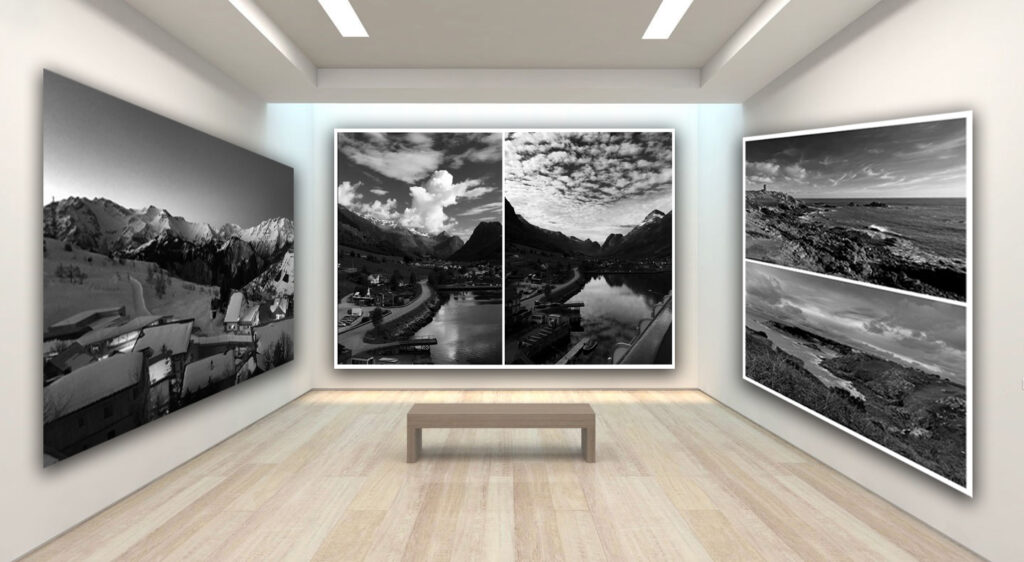
For this photoshoot, I wanted to capture the natural beauty of the Earth. These images were taken in many different places like Norway, France and Jersey. I decided to take these more positive images as a way to bring hope to people who are looking at them. By highlighting the natural beauty our planet already has, it may hopefully cause a realisation for people that by building such vast amounts of buildings, we are hiding beautiful views. I also wanted to capture some manmade structures in some of my images to portray the idea that we can live simultaneously together and it doesn’t mean that humans should just demolish everything we’ve built but instead compromise and protect certain places from being built on and destroyed. Overall, I think this photoshoot came out well as I think I managed to successfully capture the beauty of the landscapes I was photographing. Some of my images were also inspired by Ansel Adams and romanticism as I turned the images black and white and manipulated the sky into making the clouds more prominent and powerful, creating a different kind of vibe to the image.

